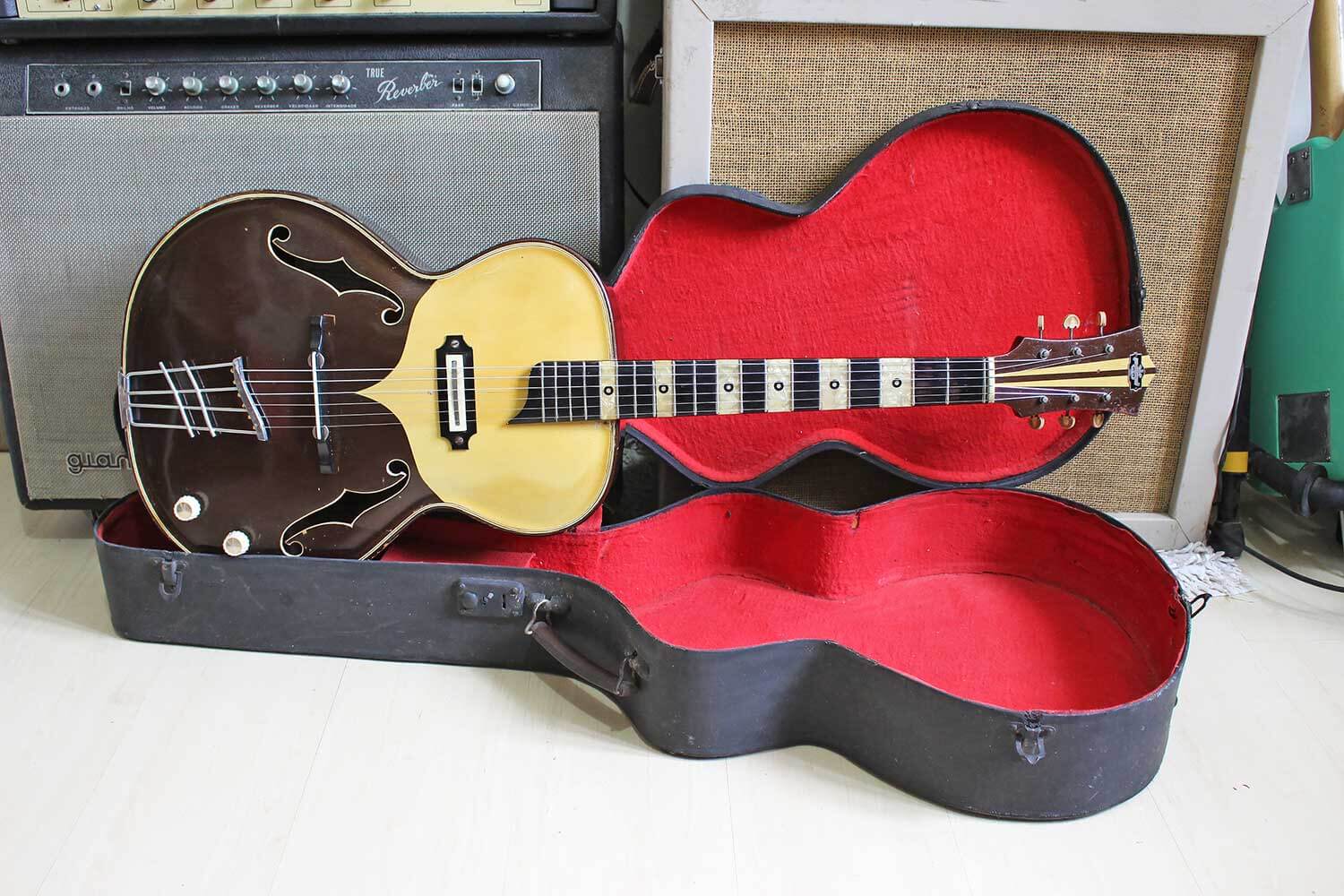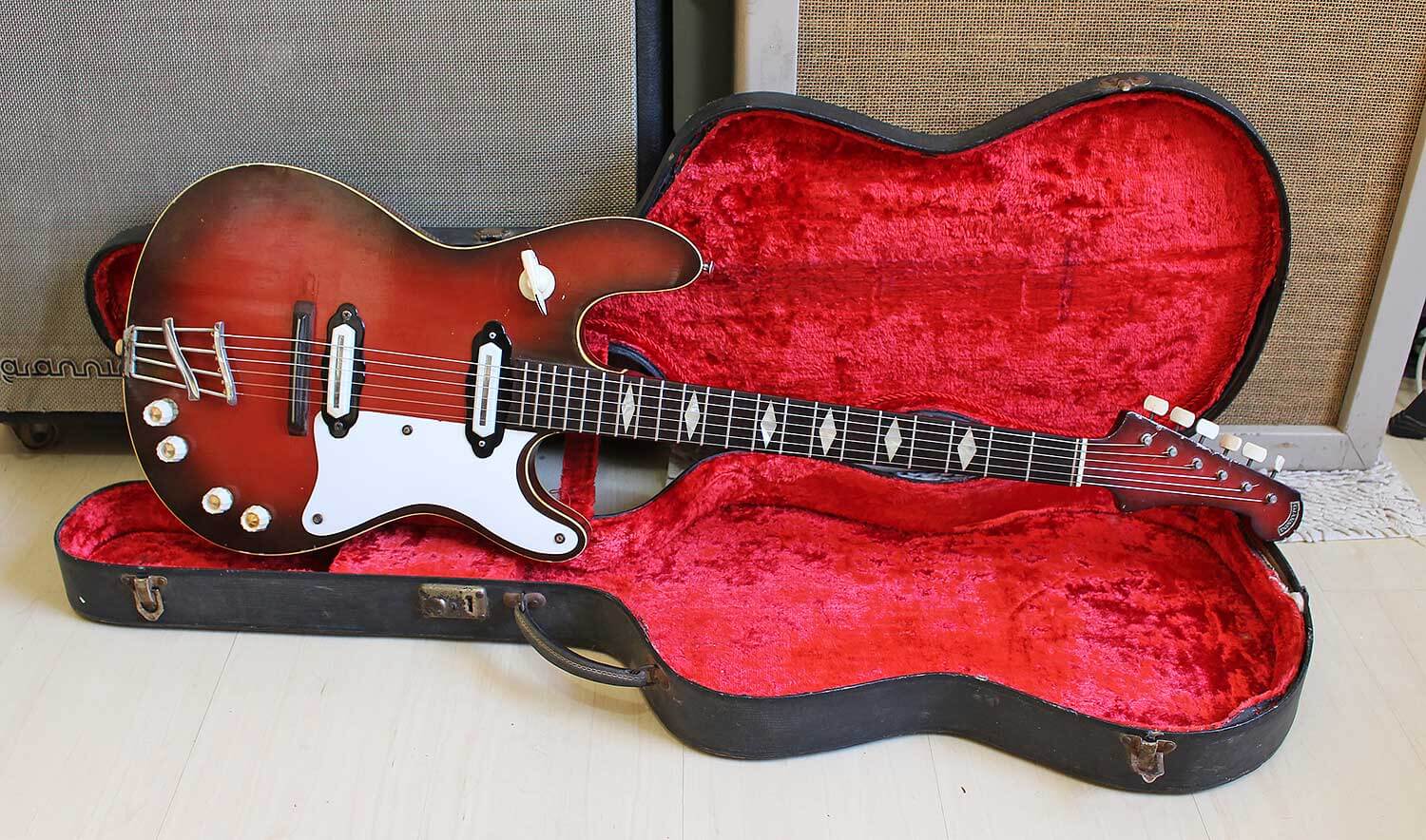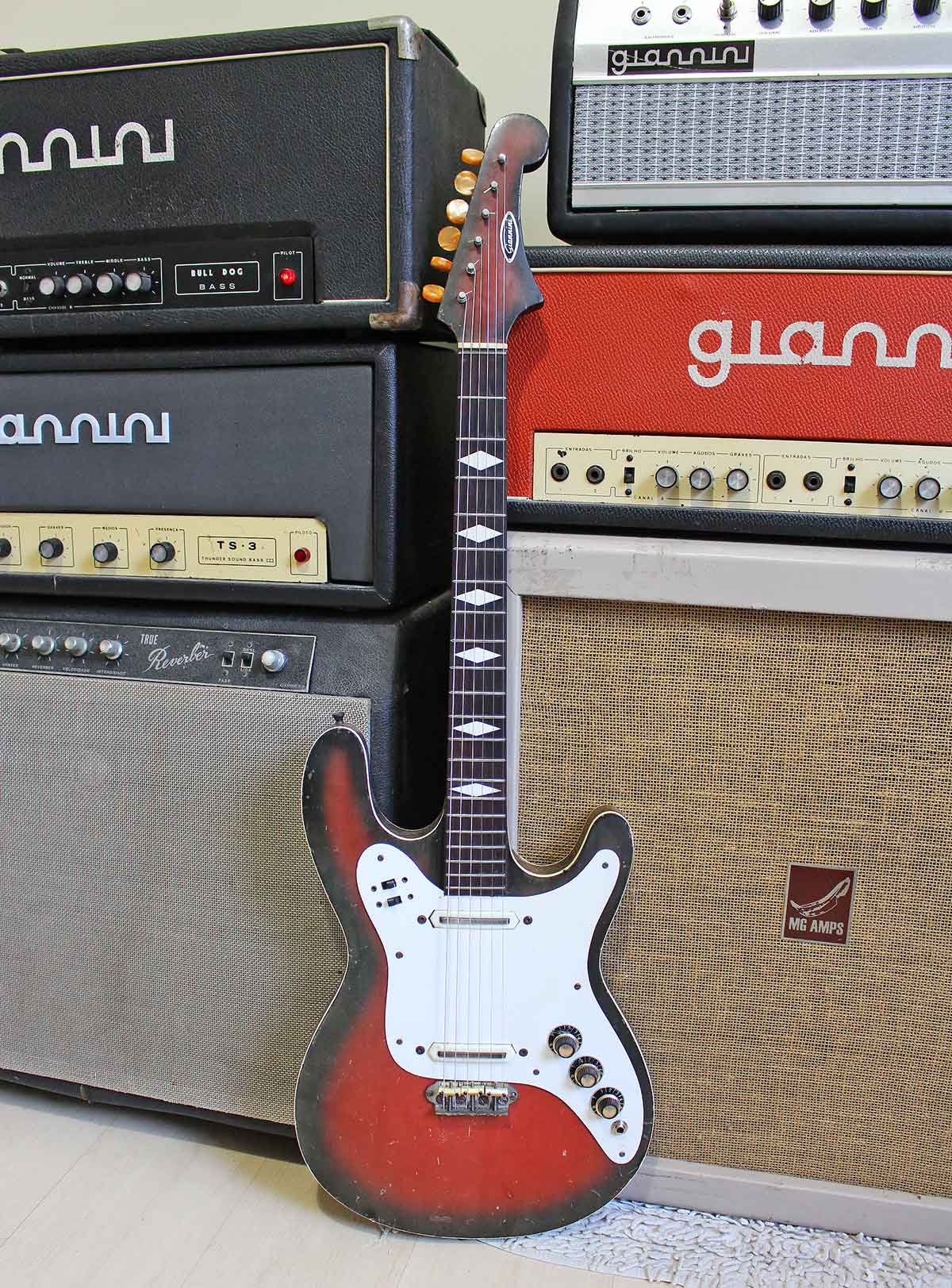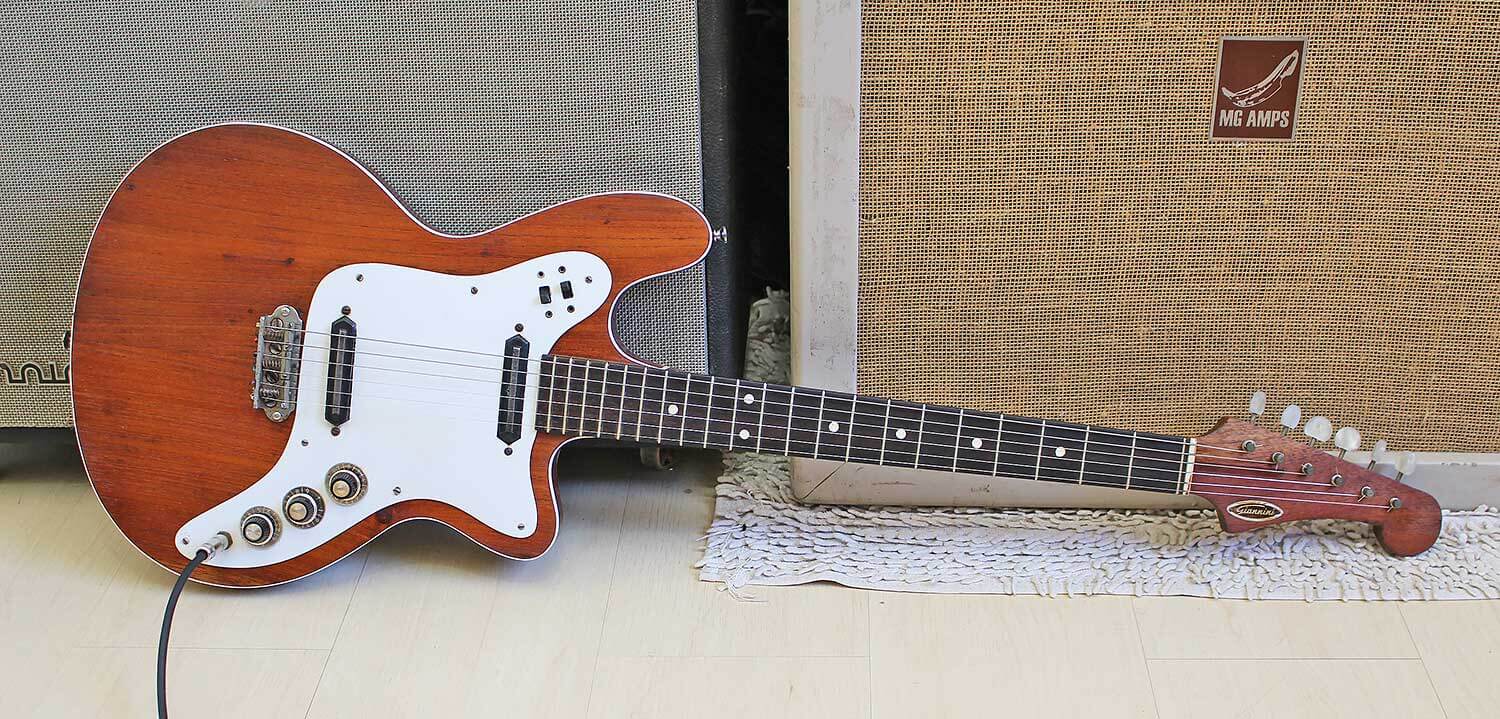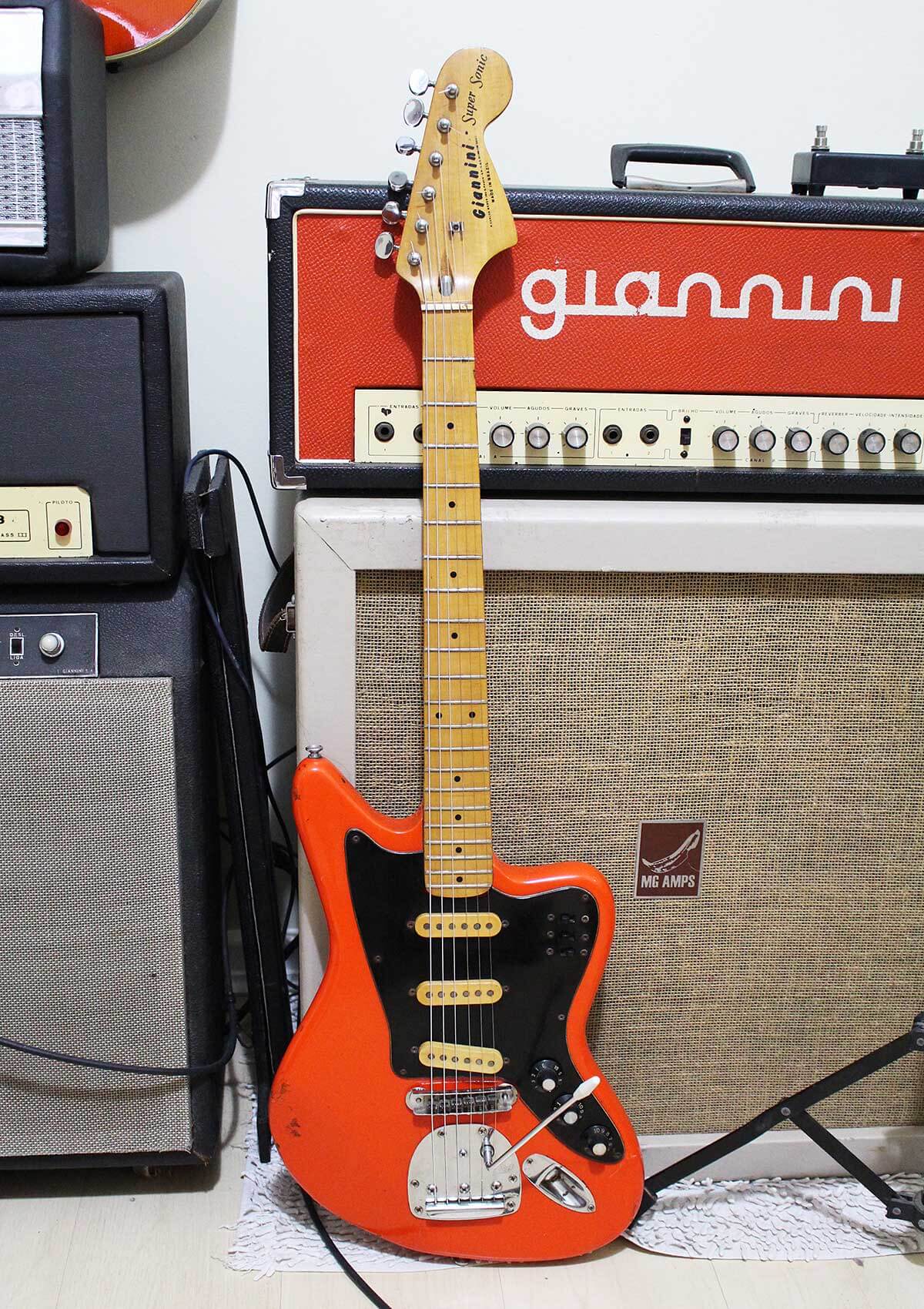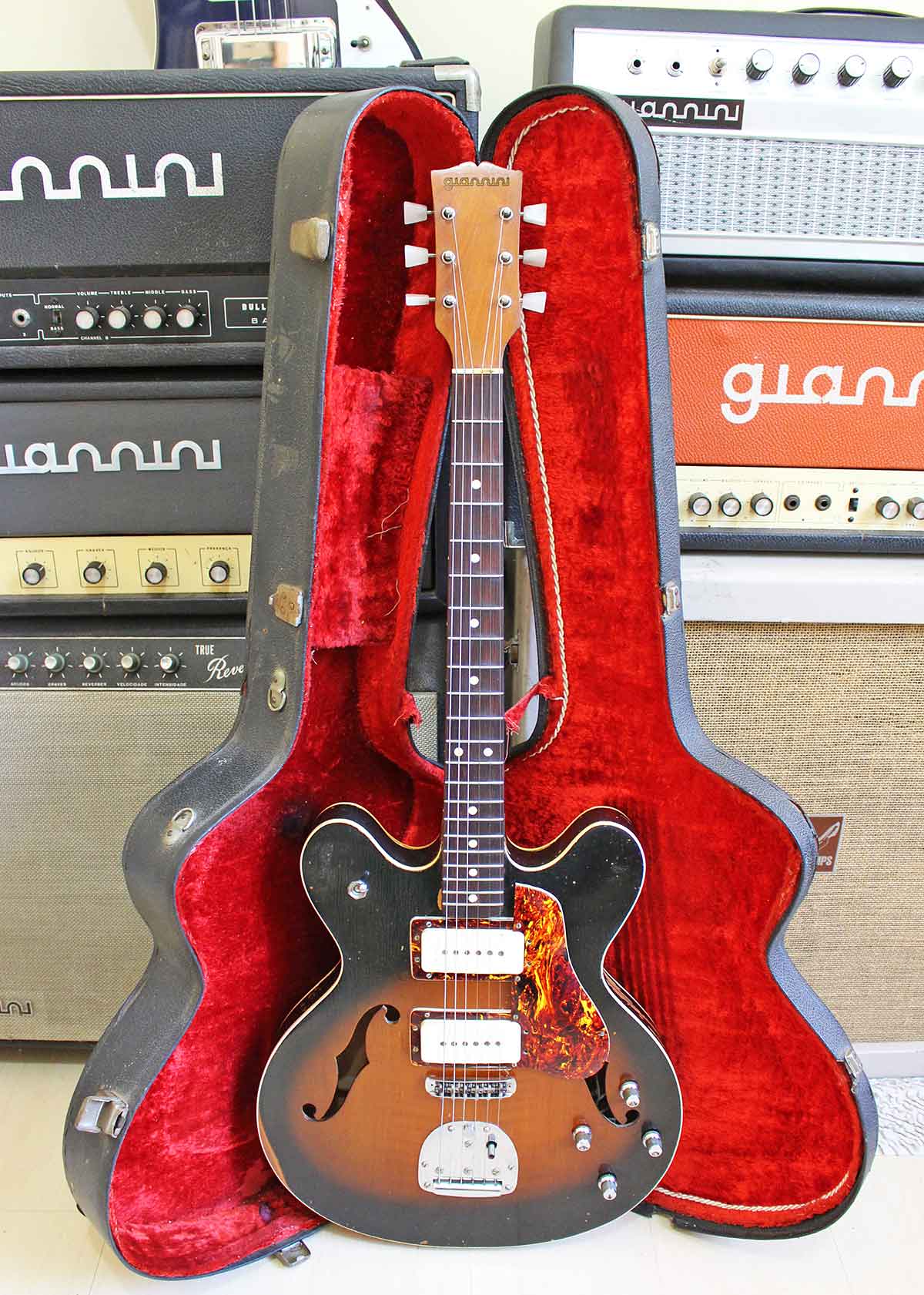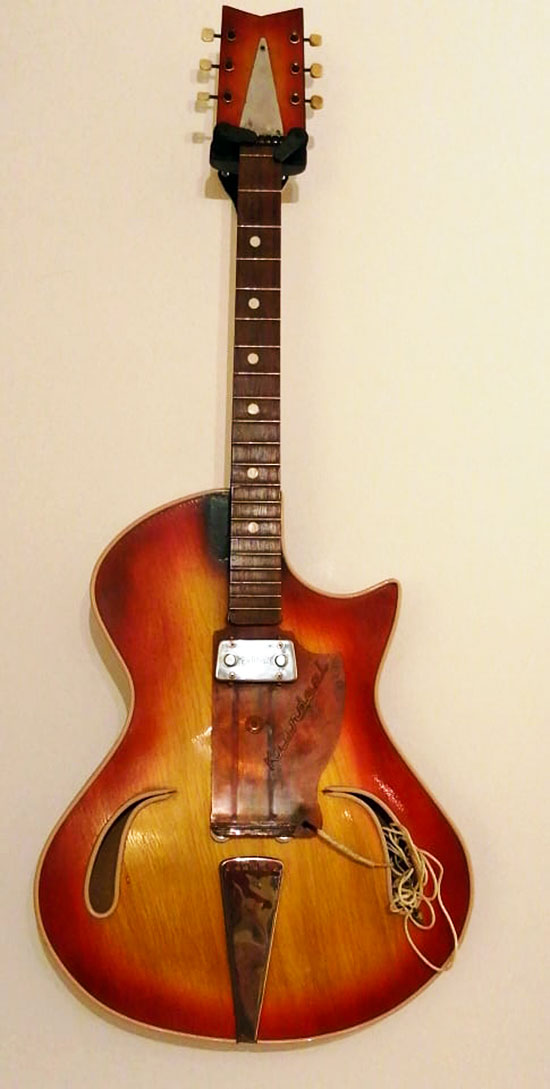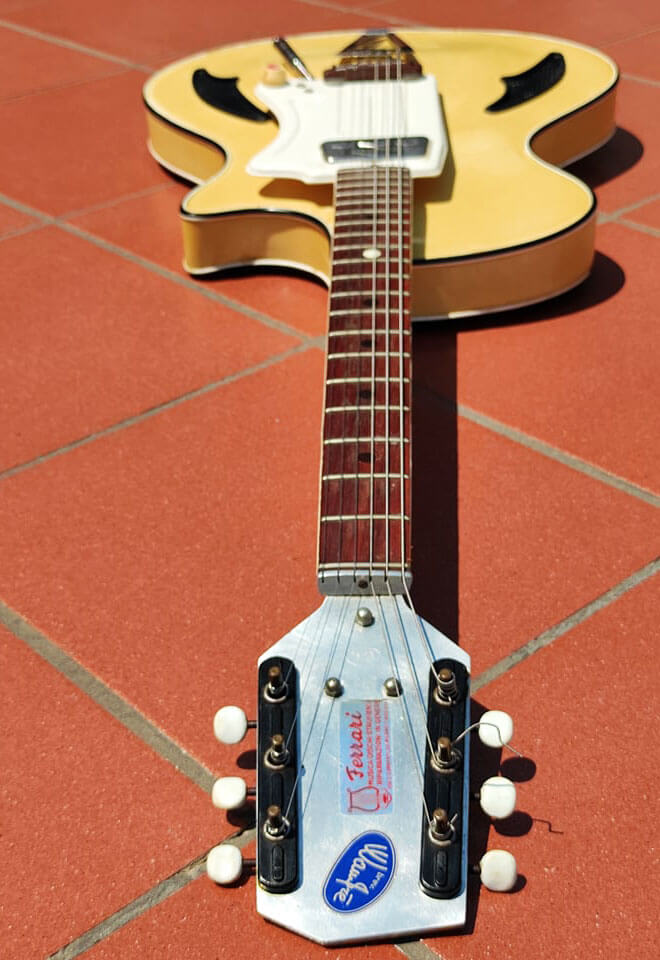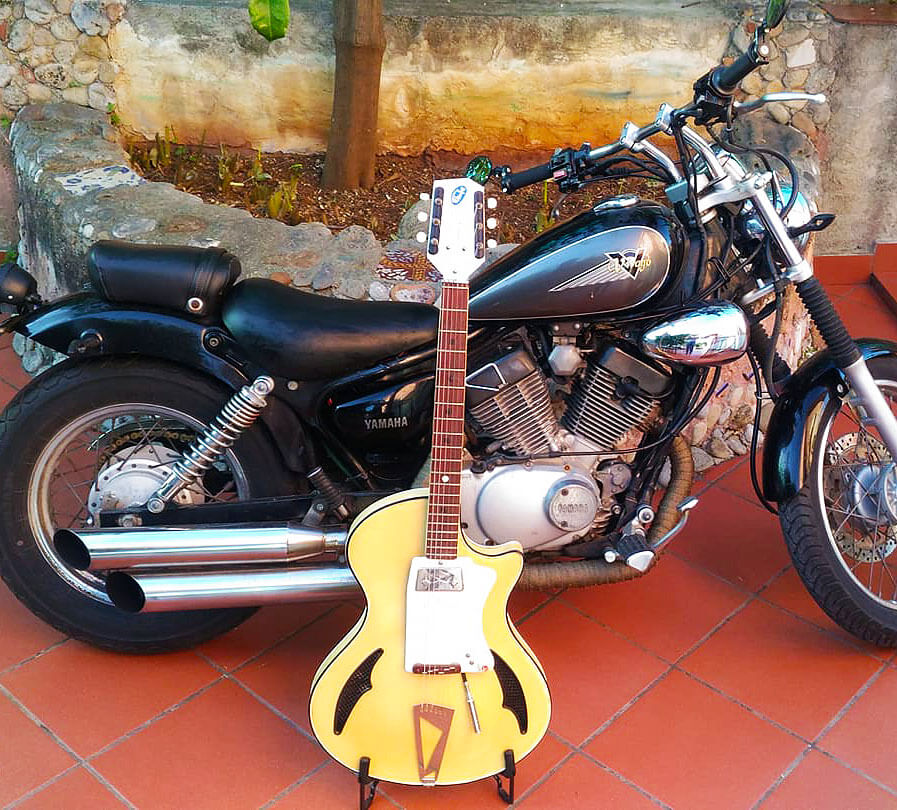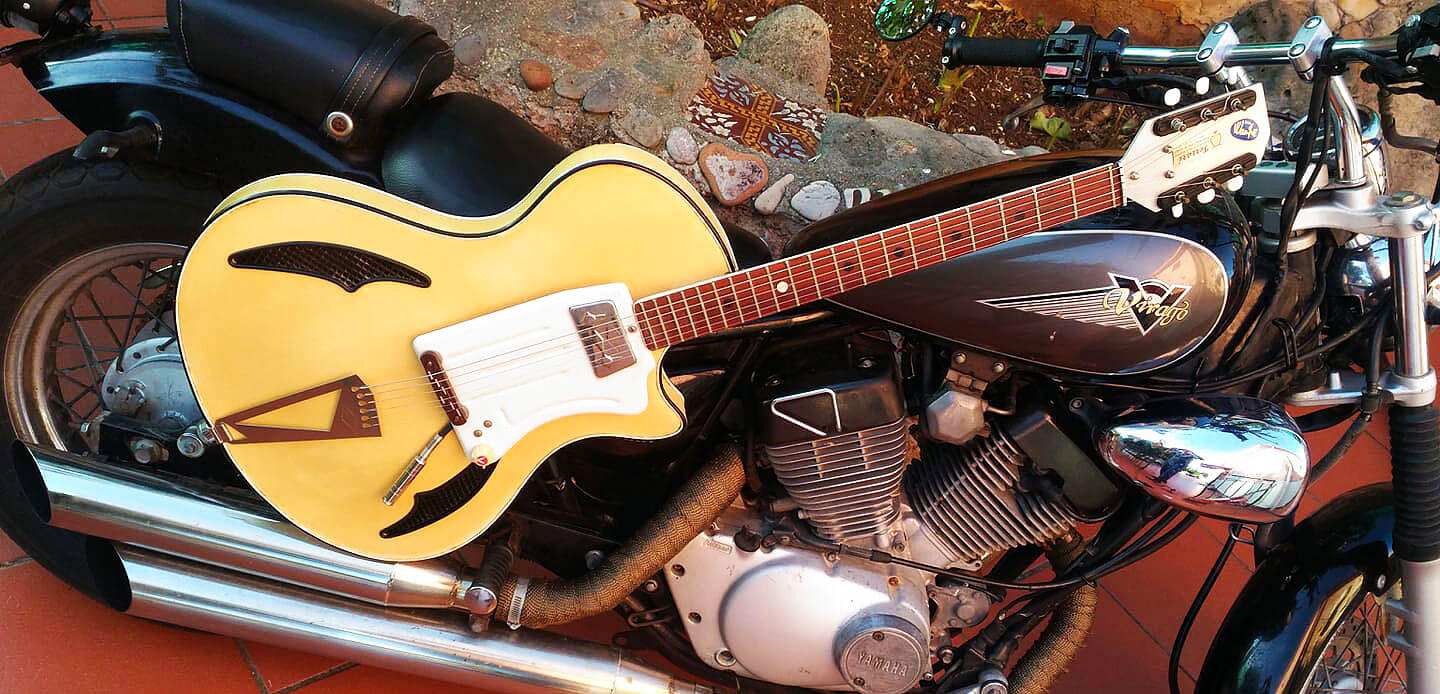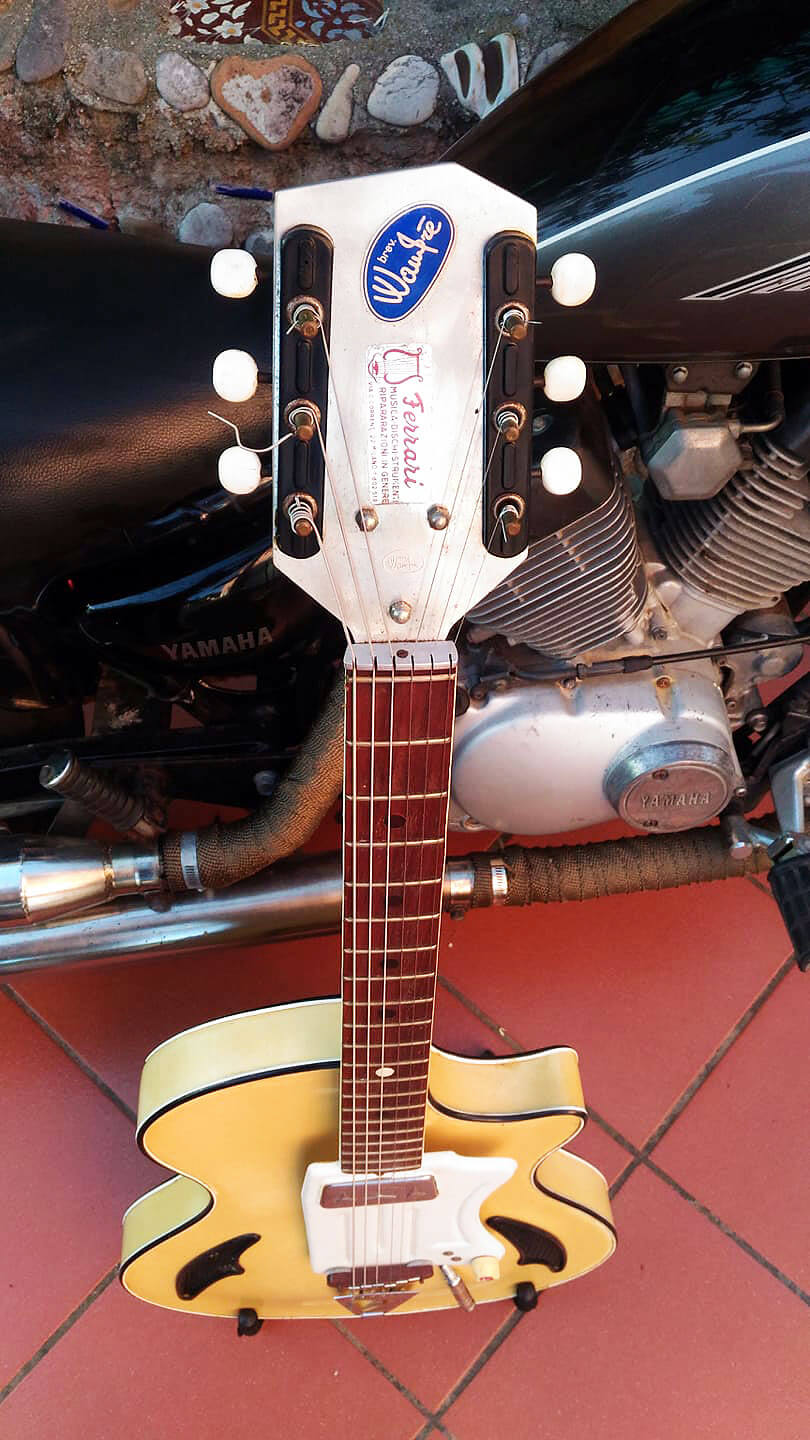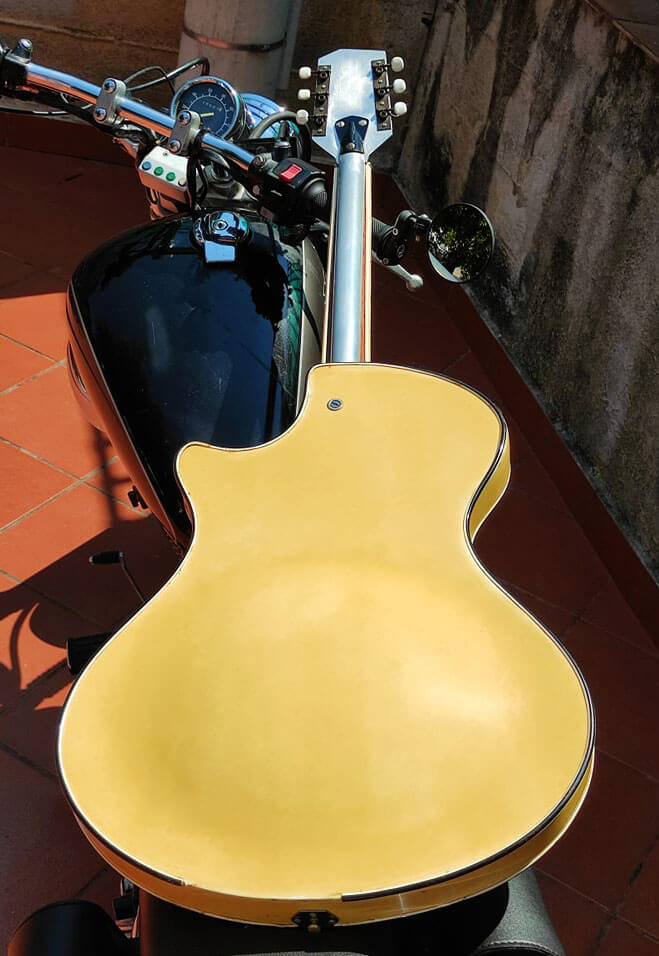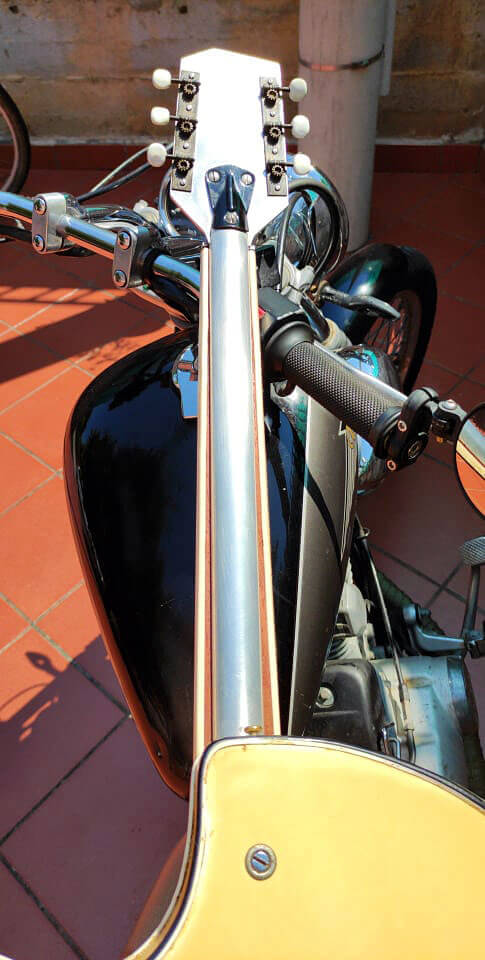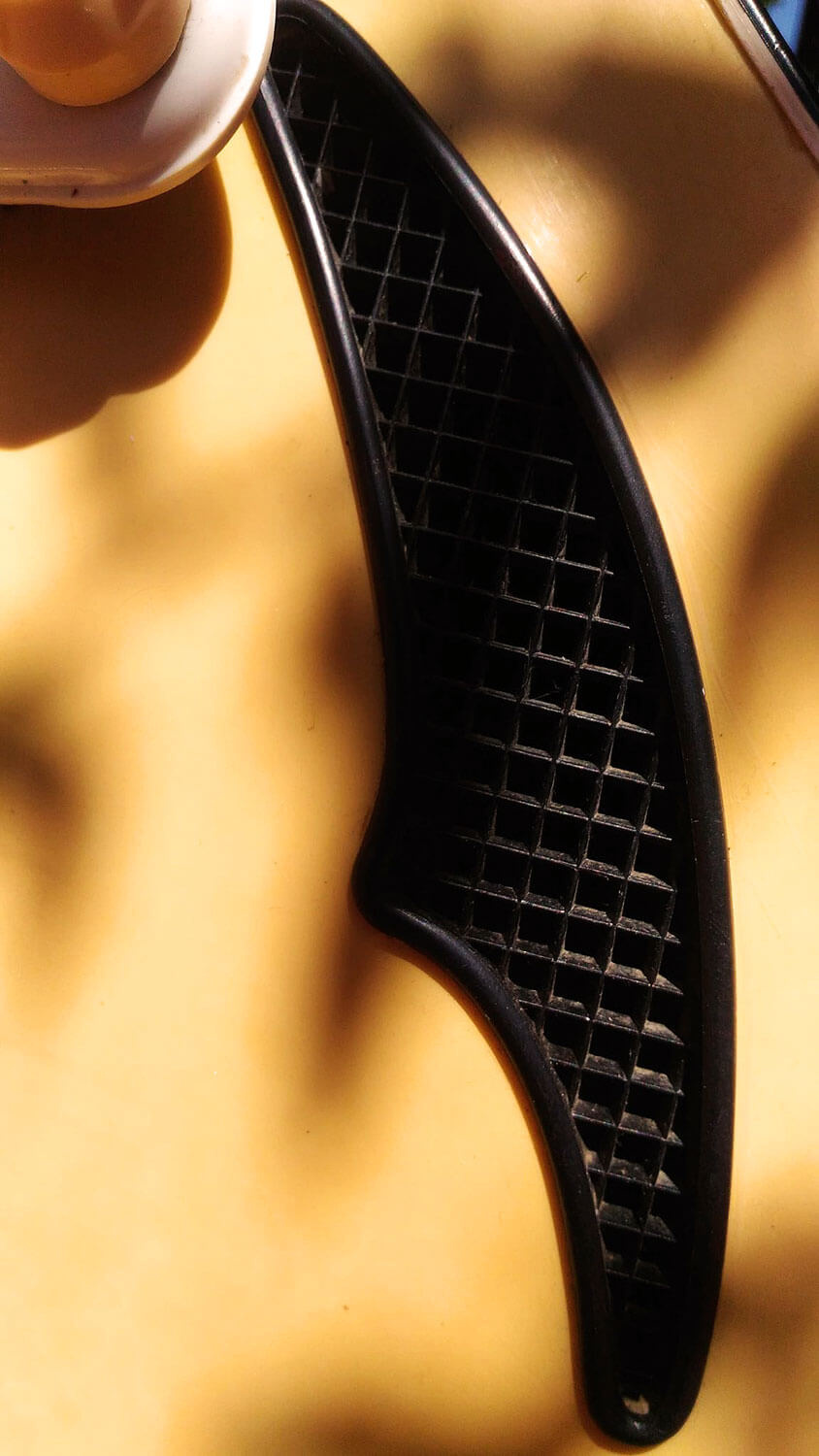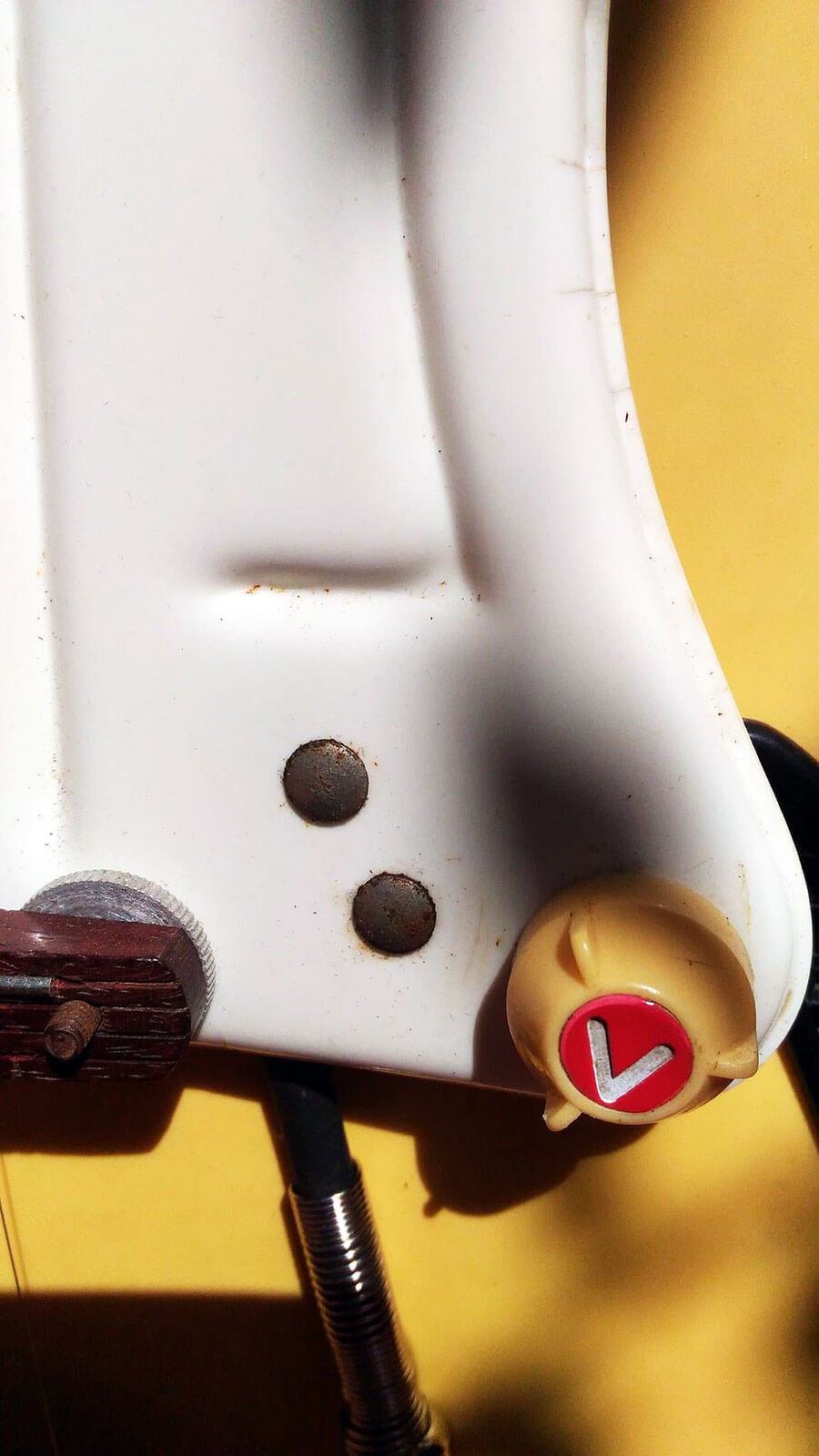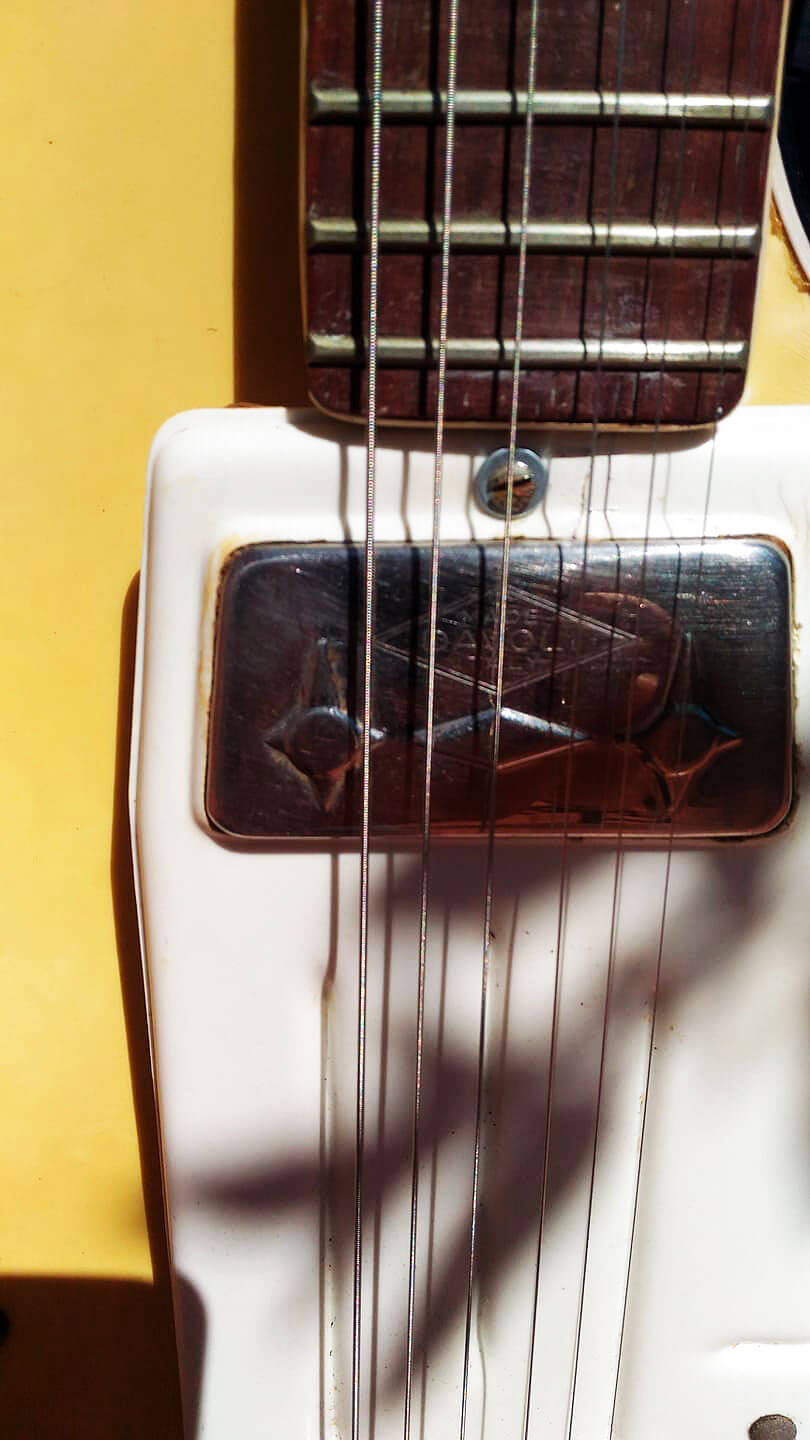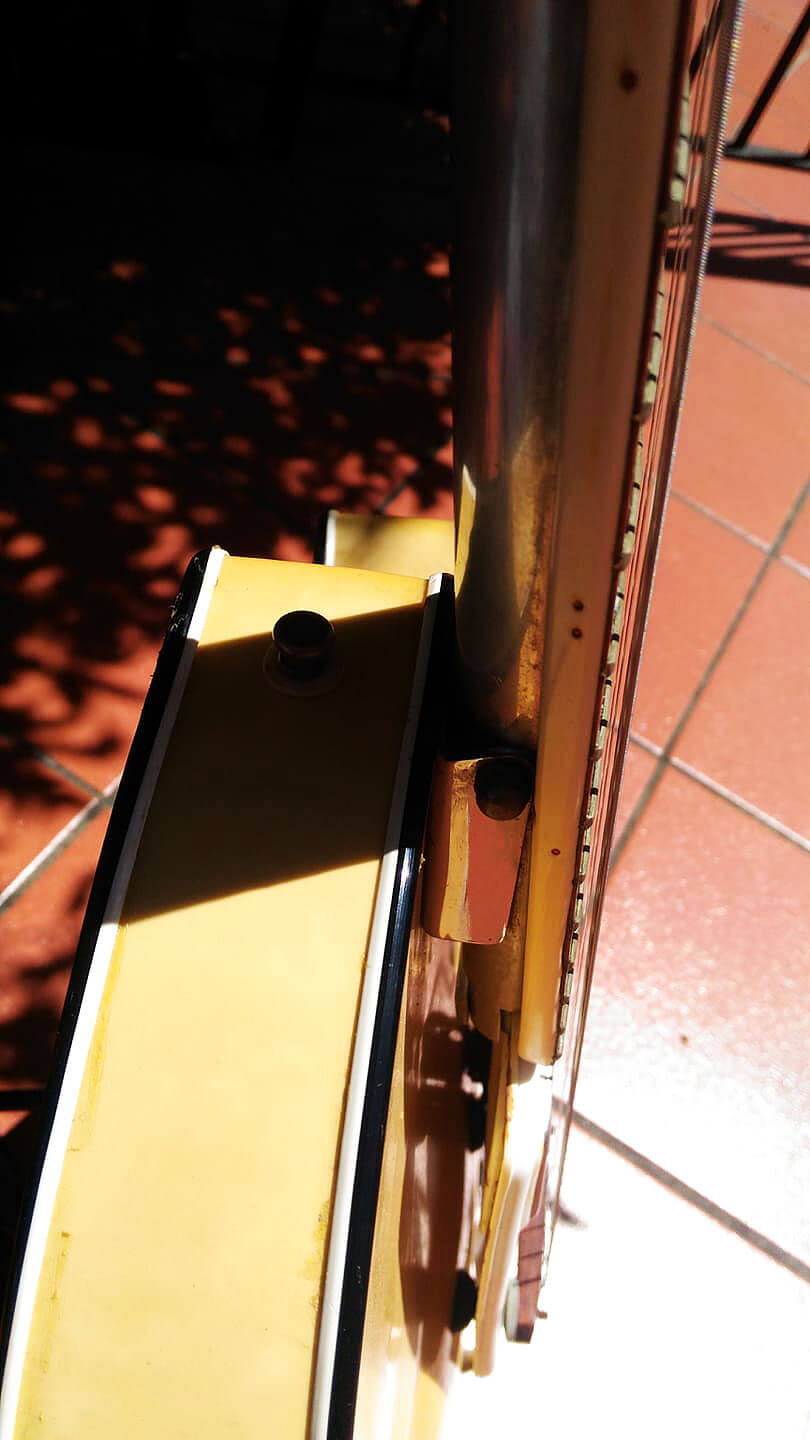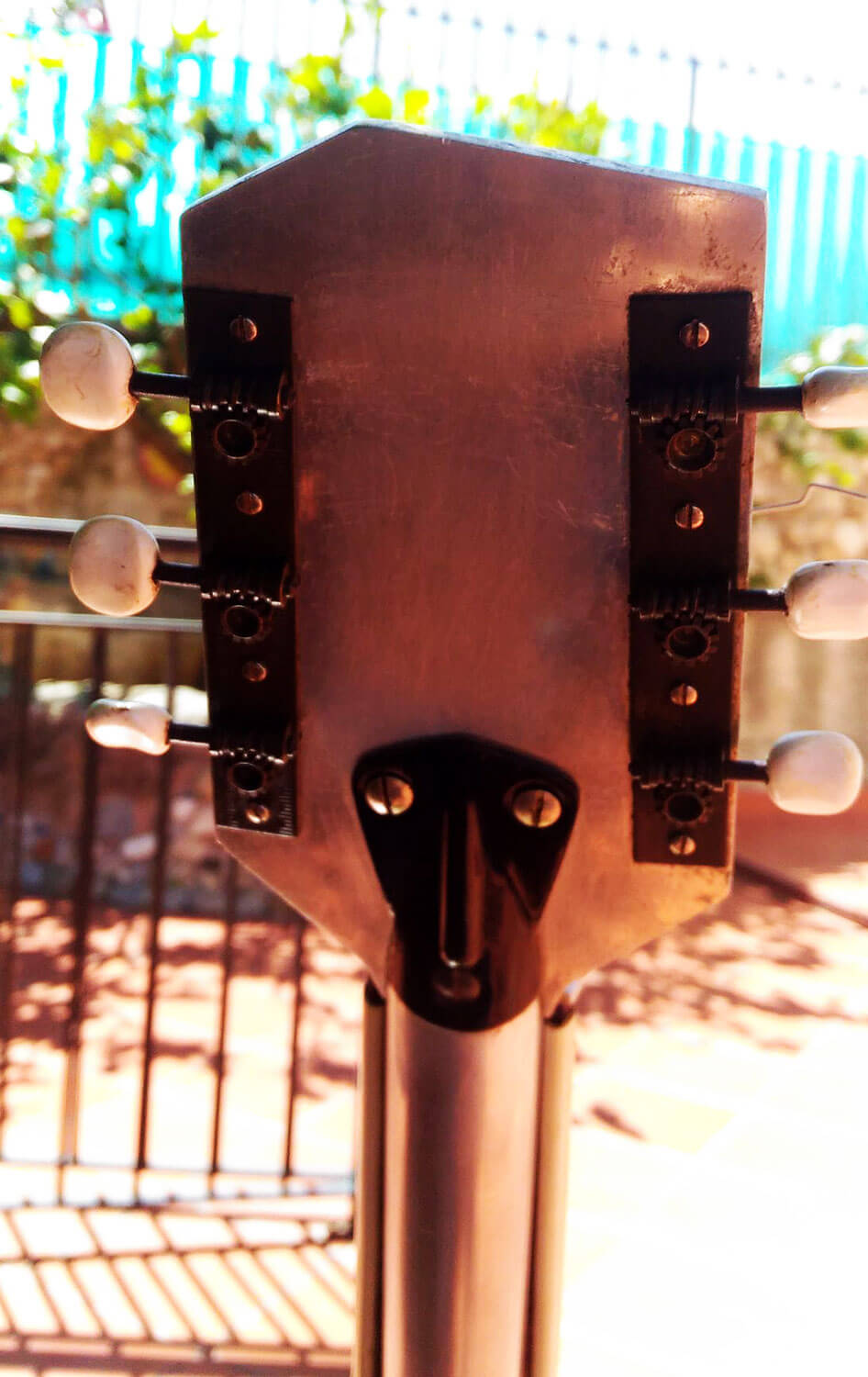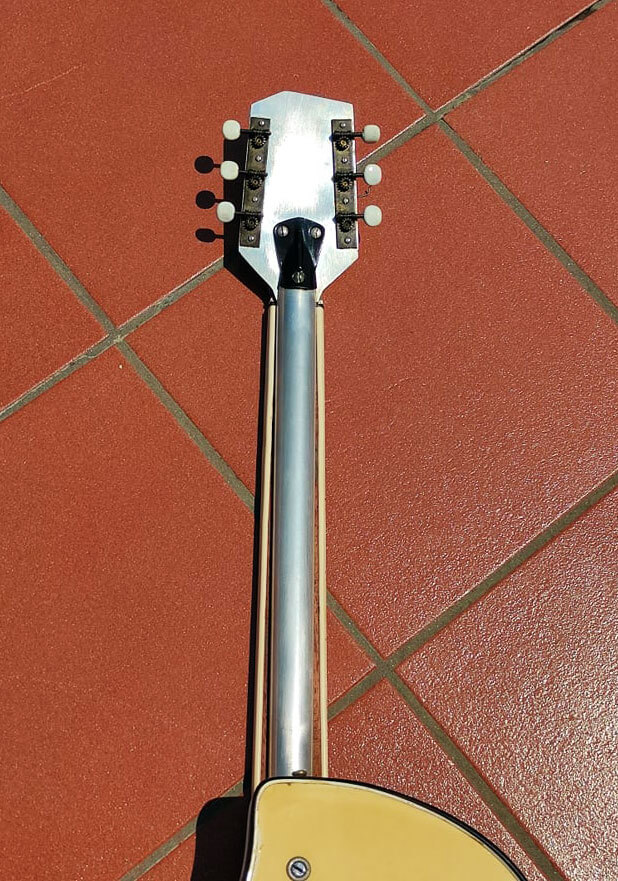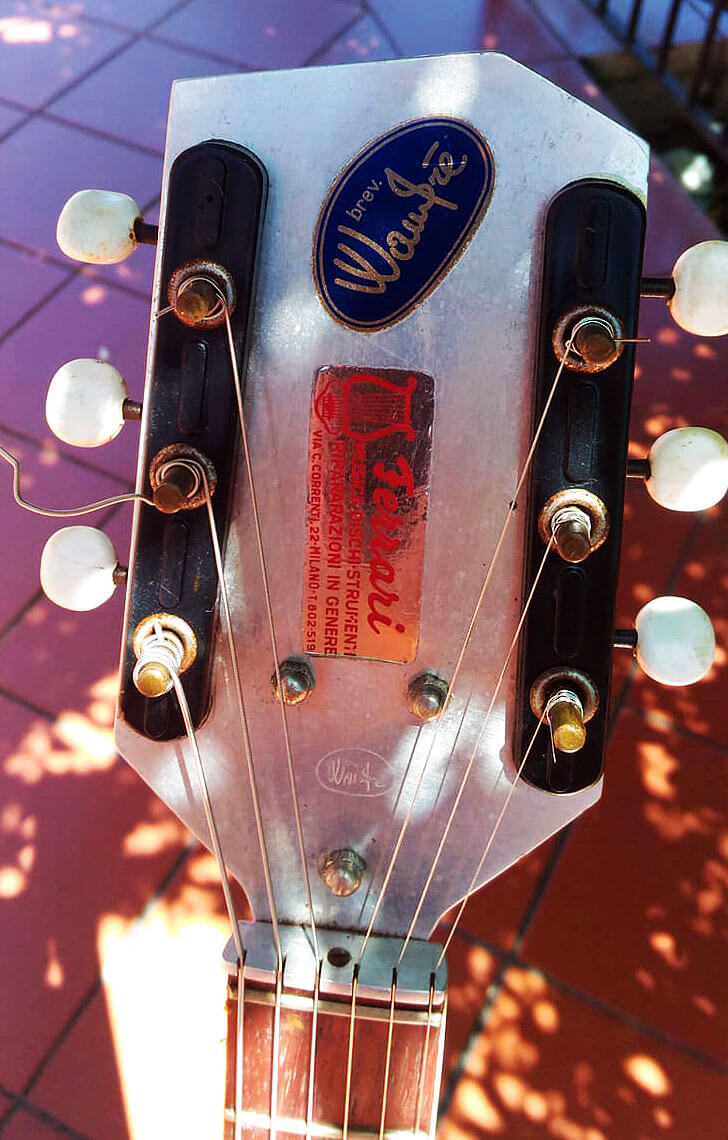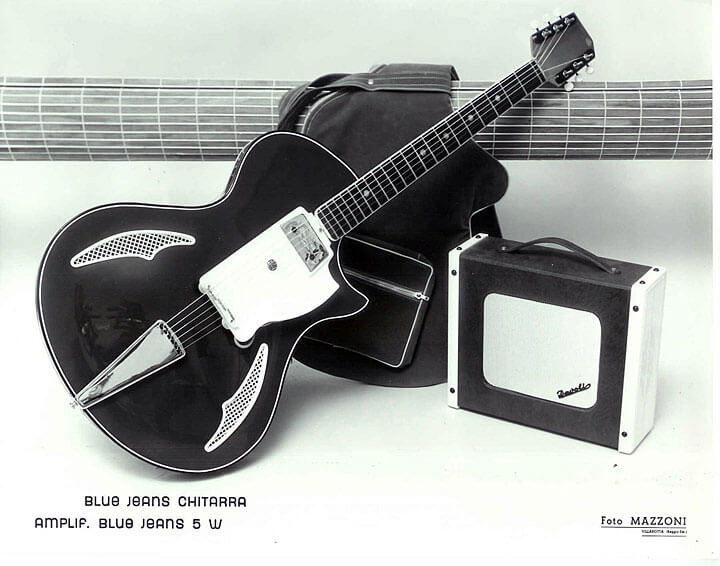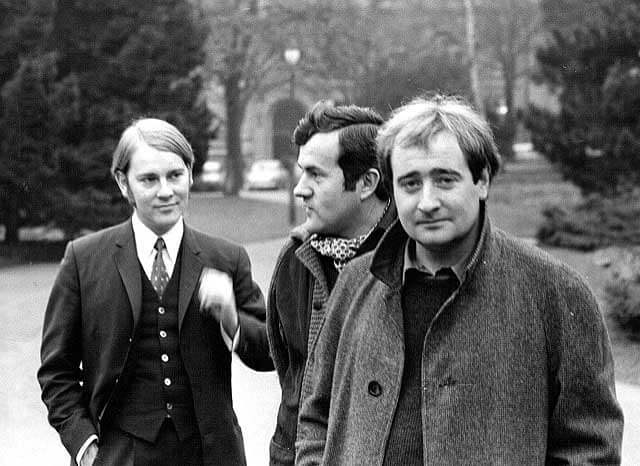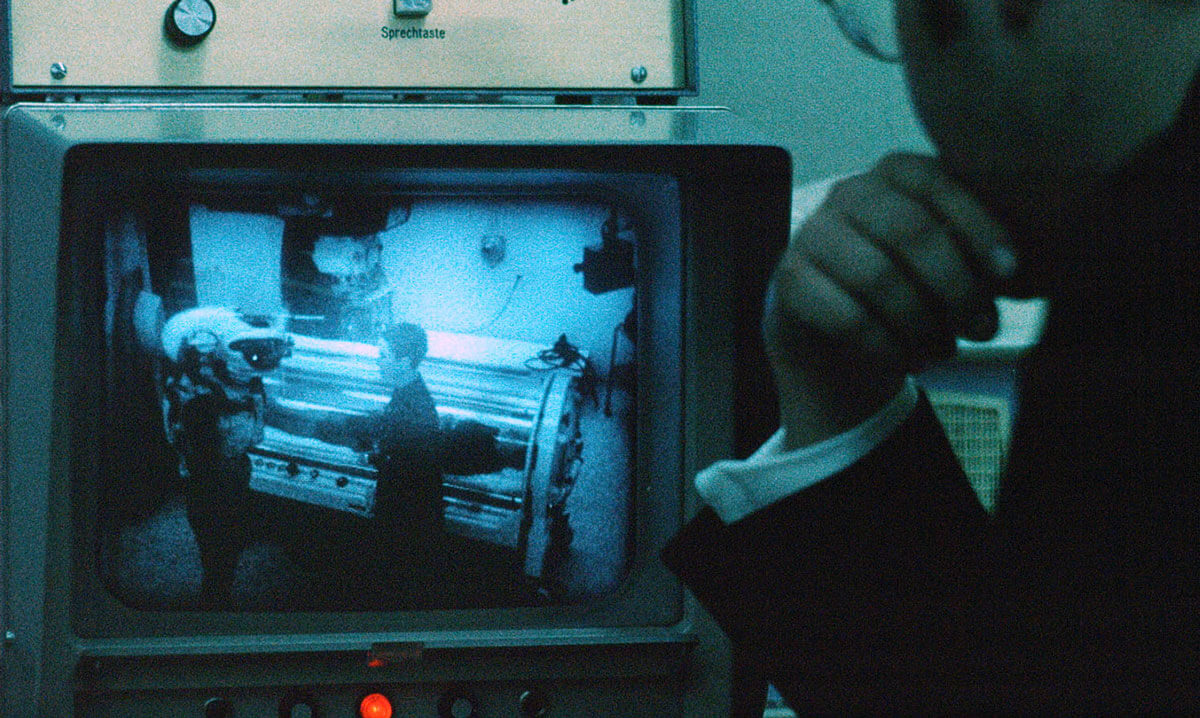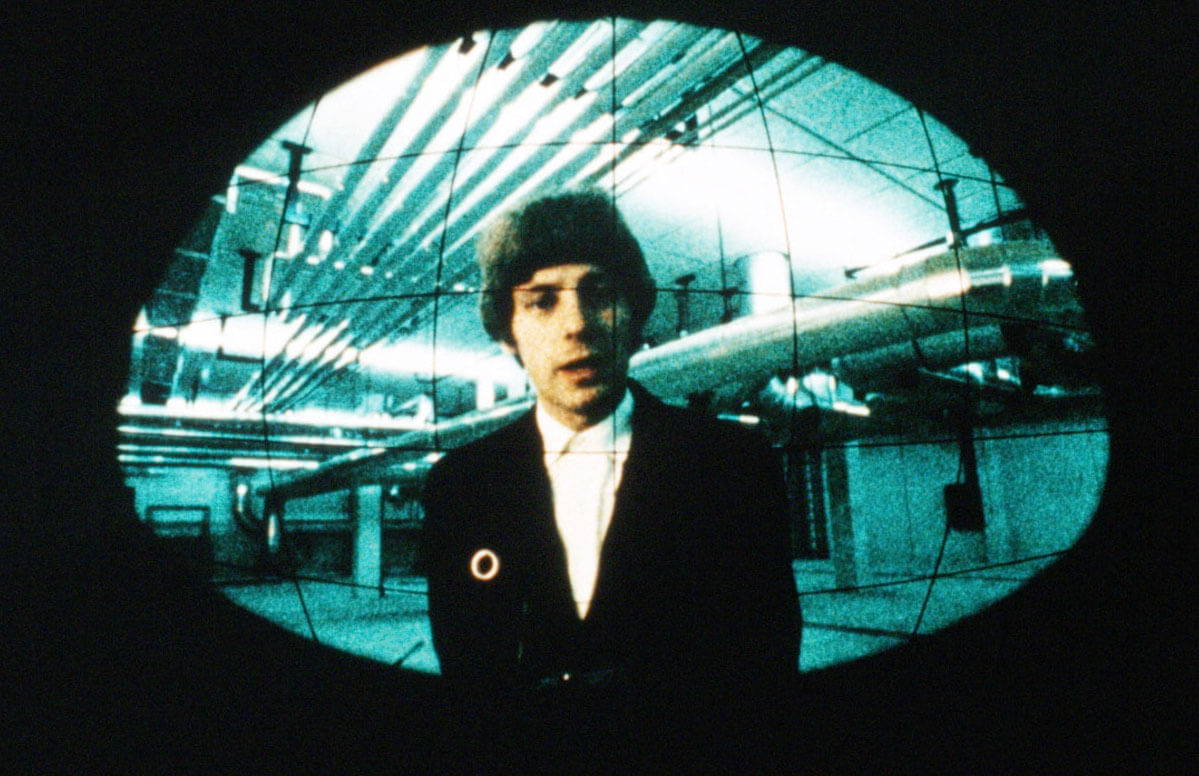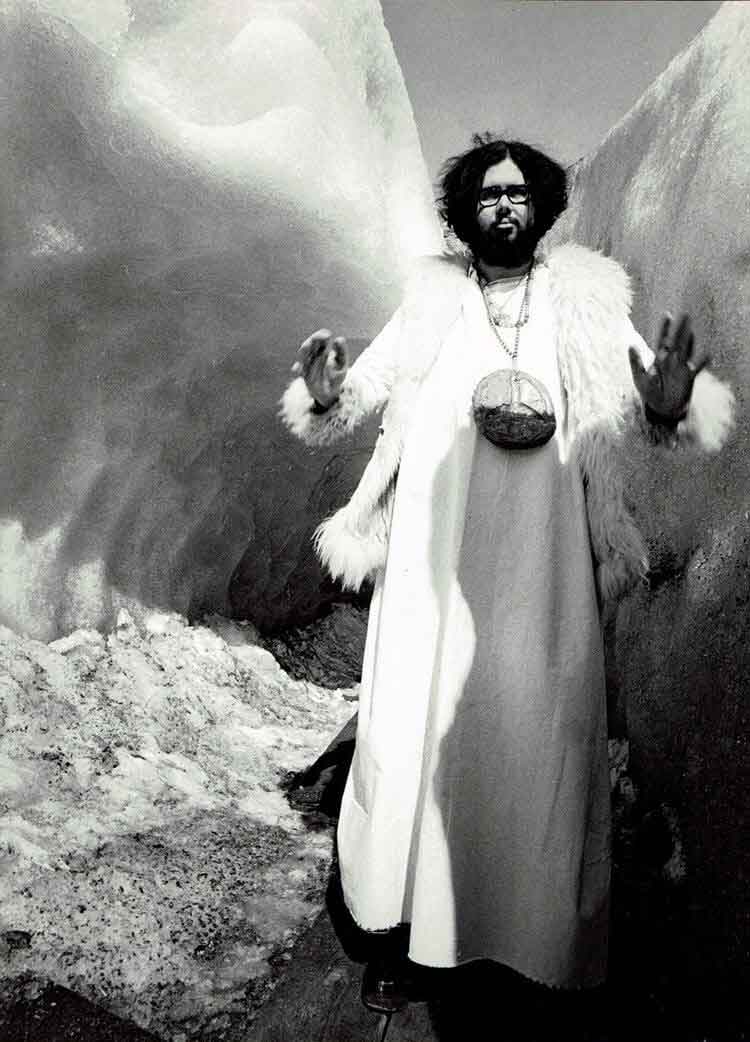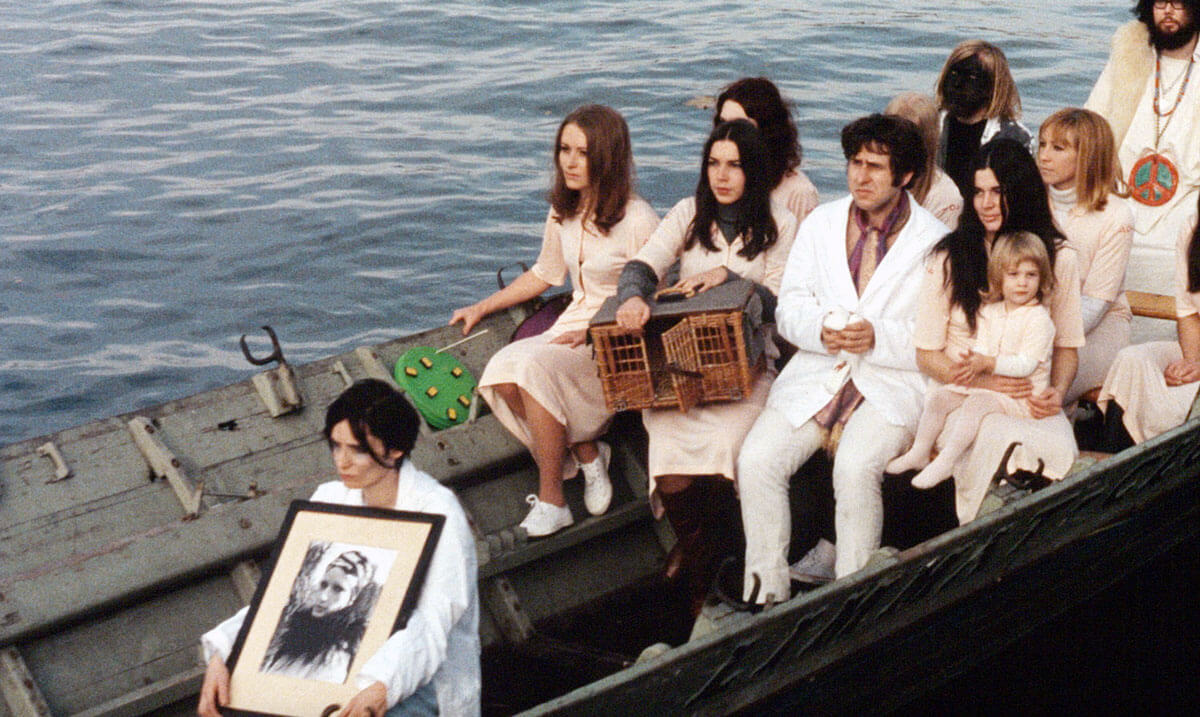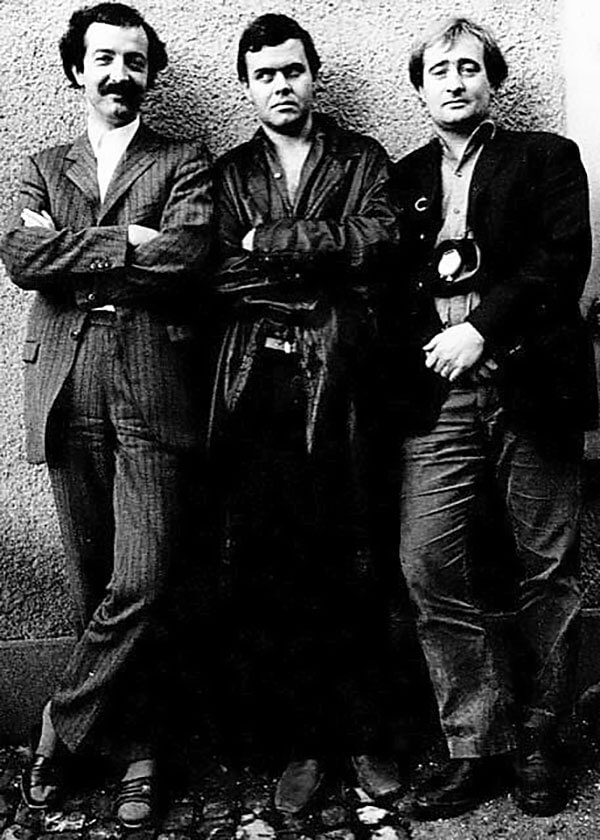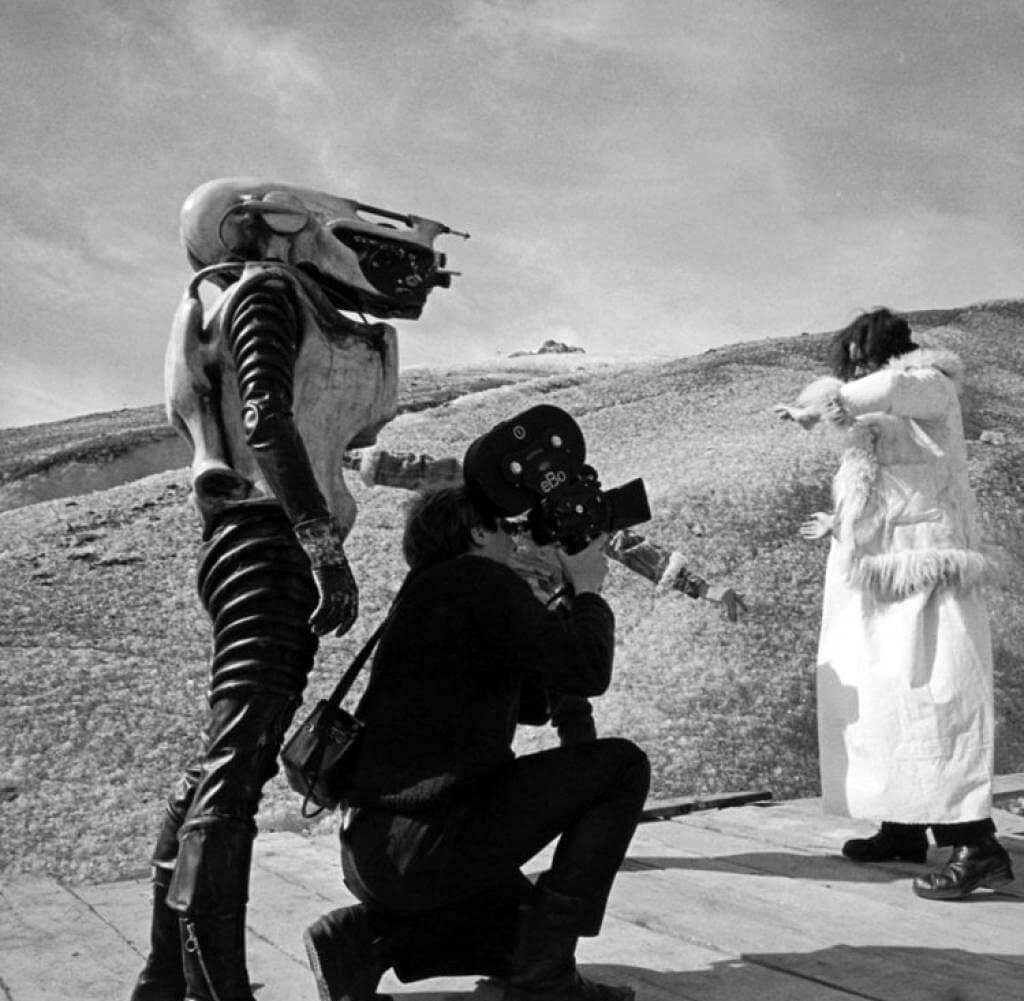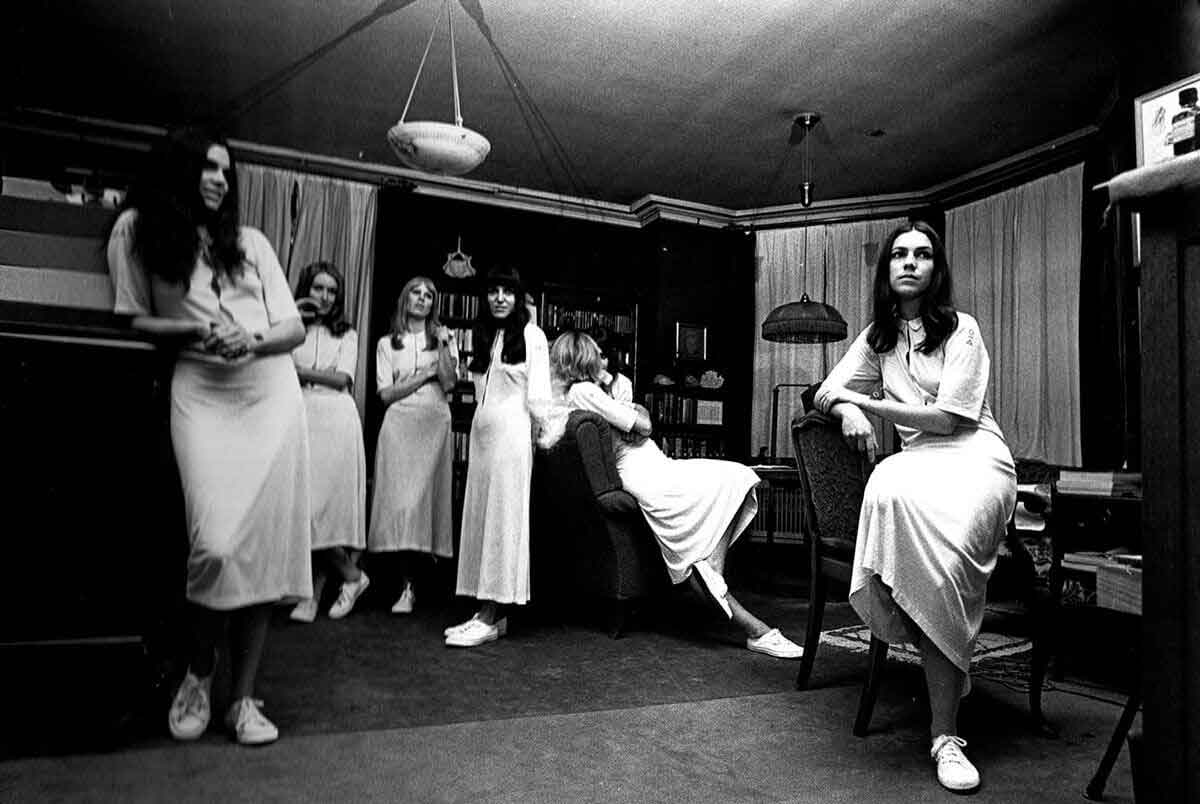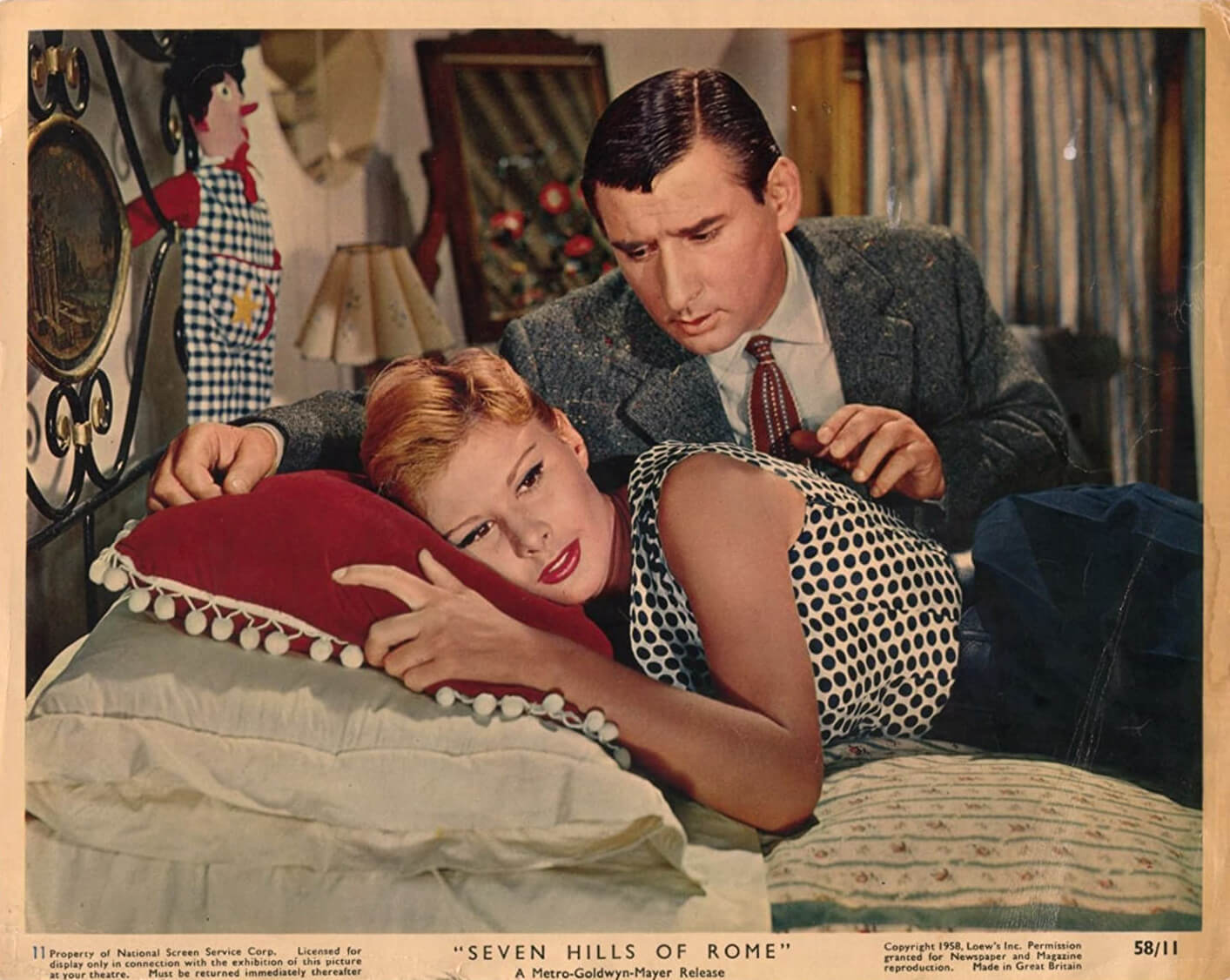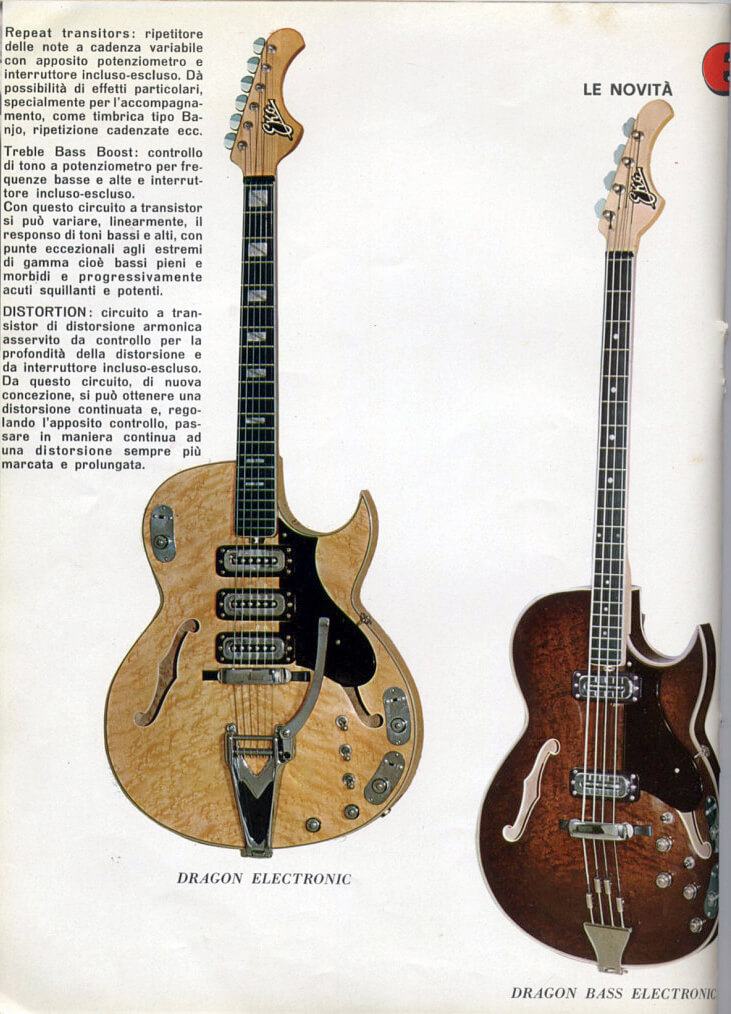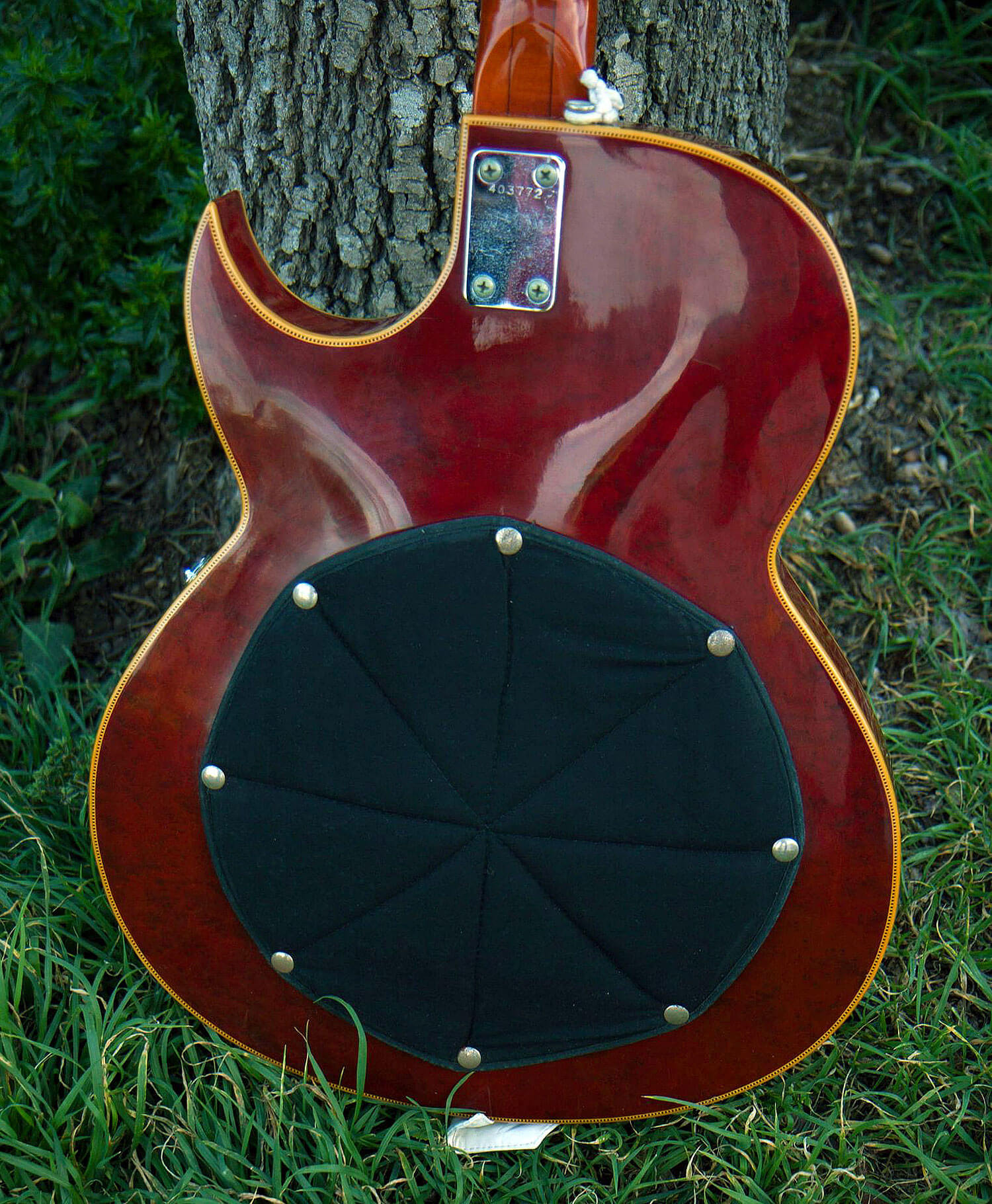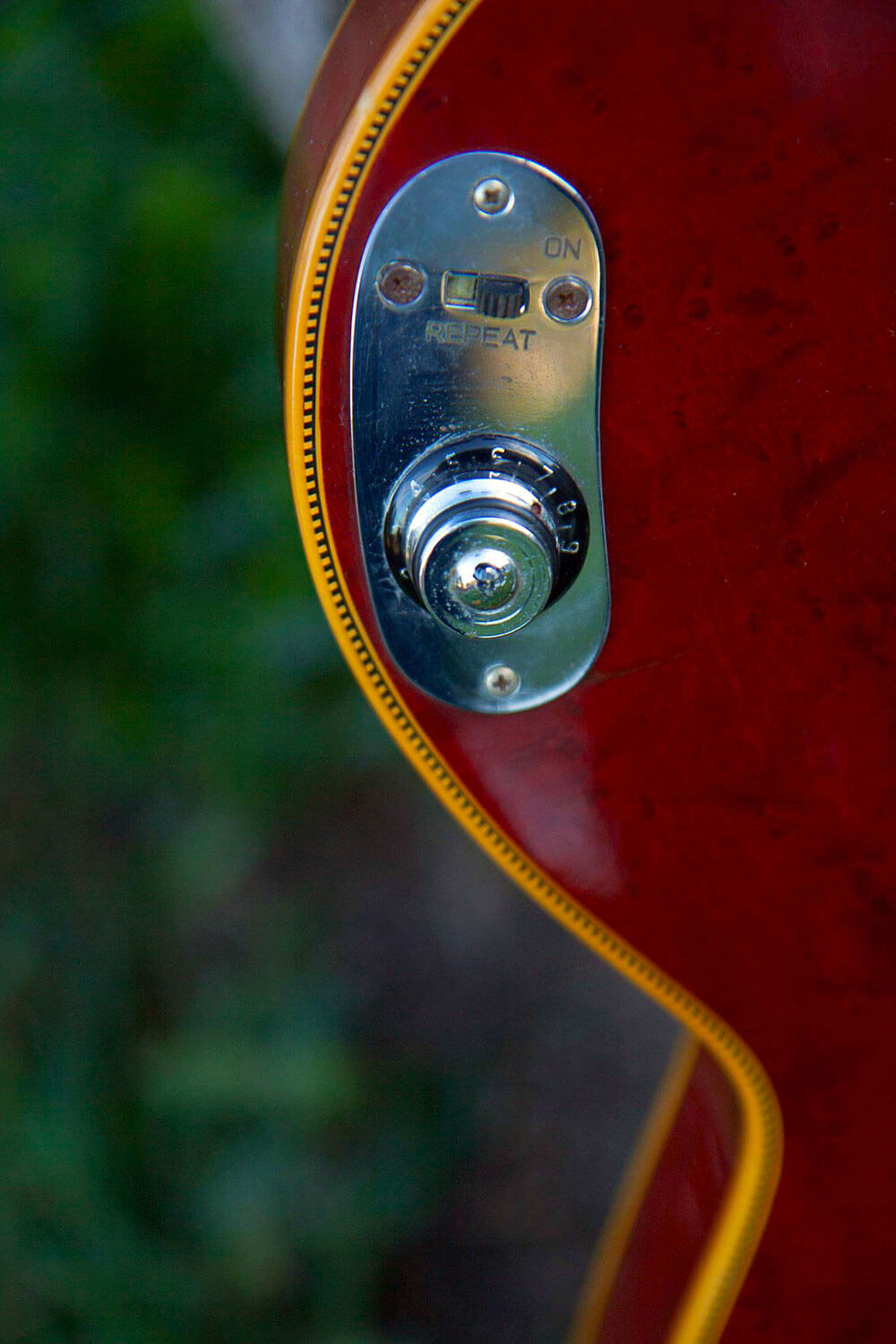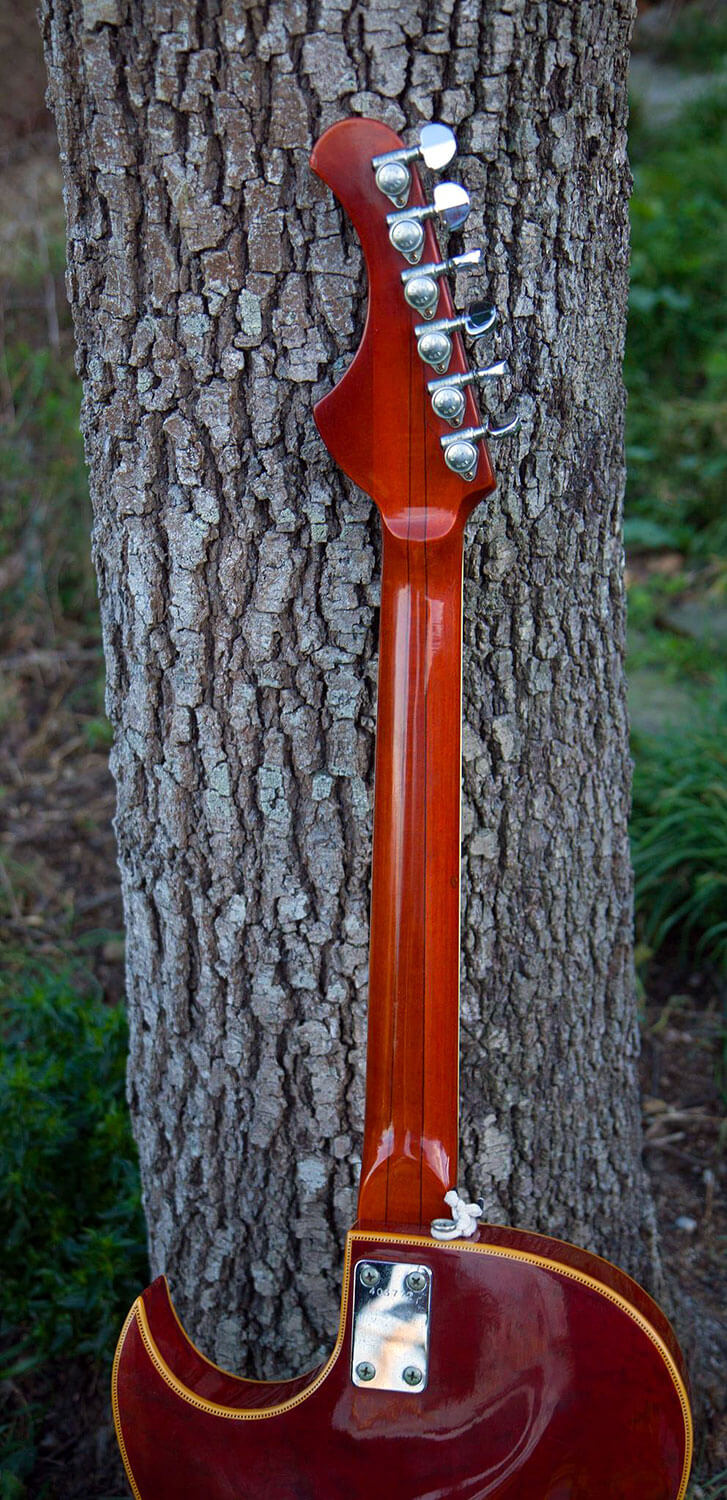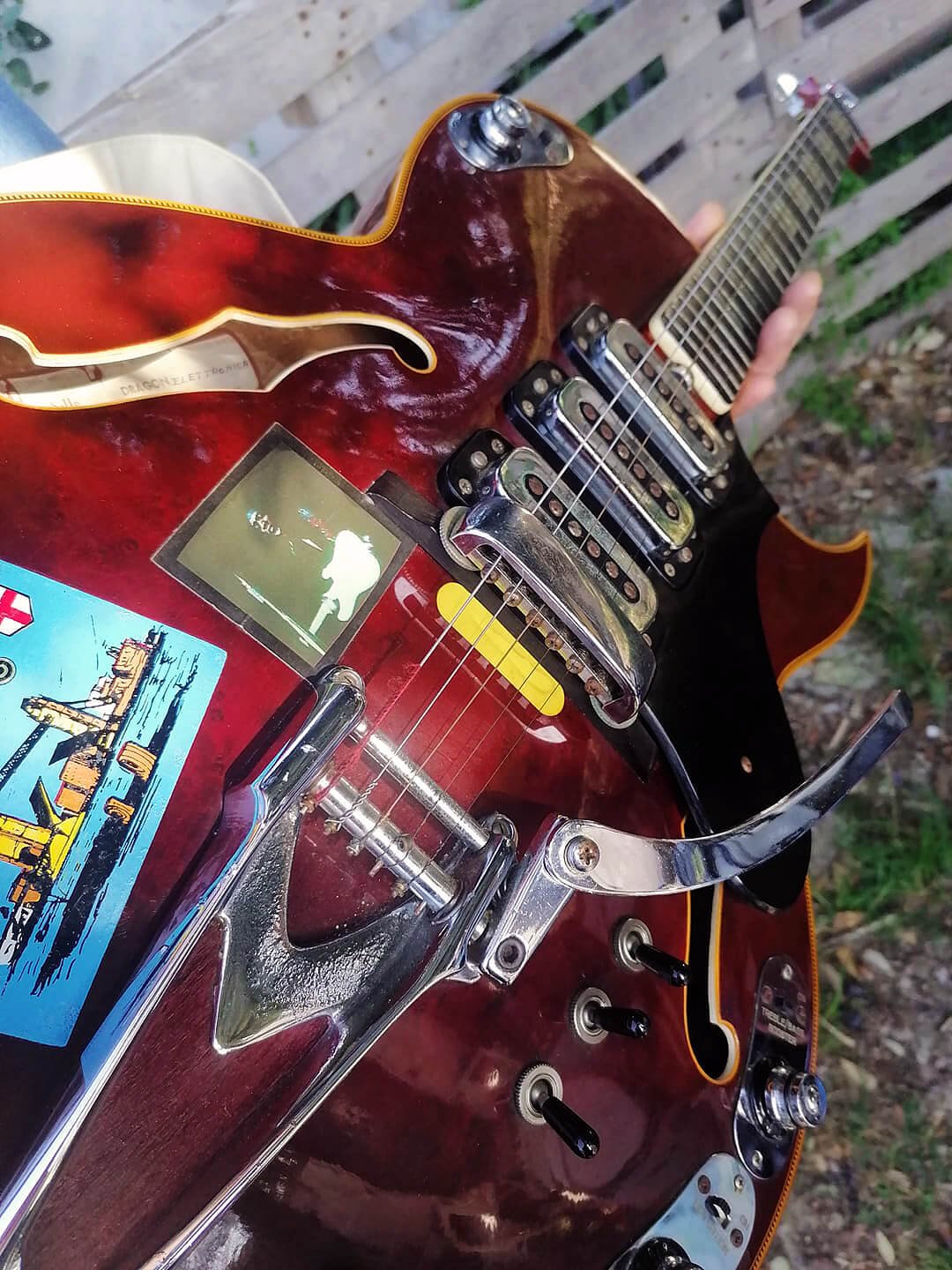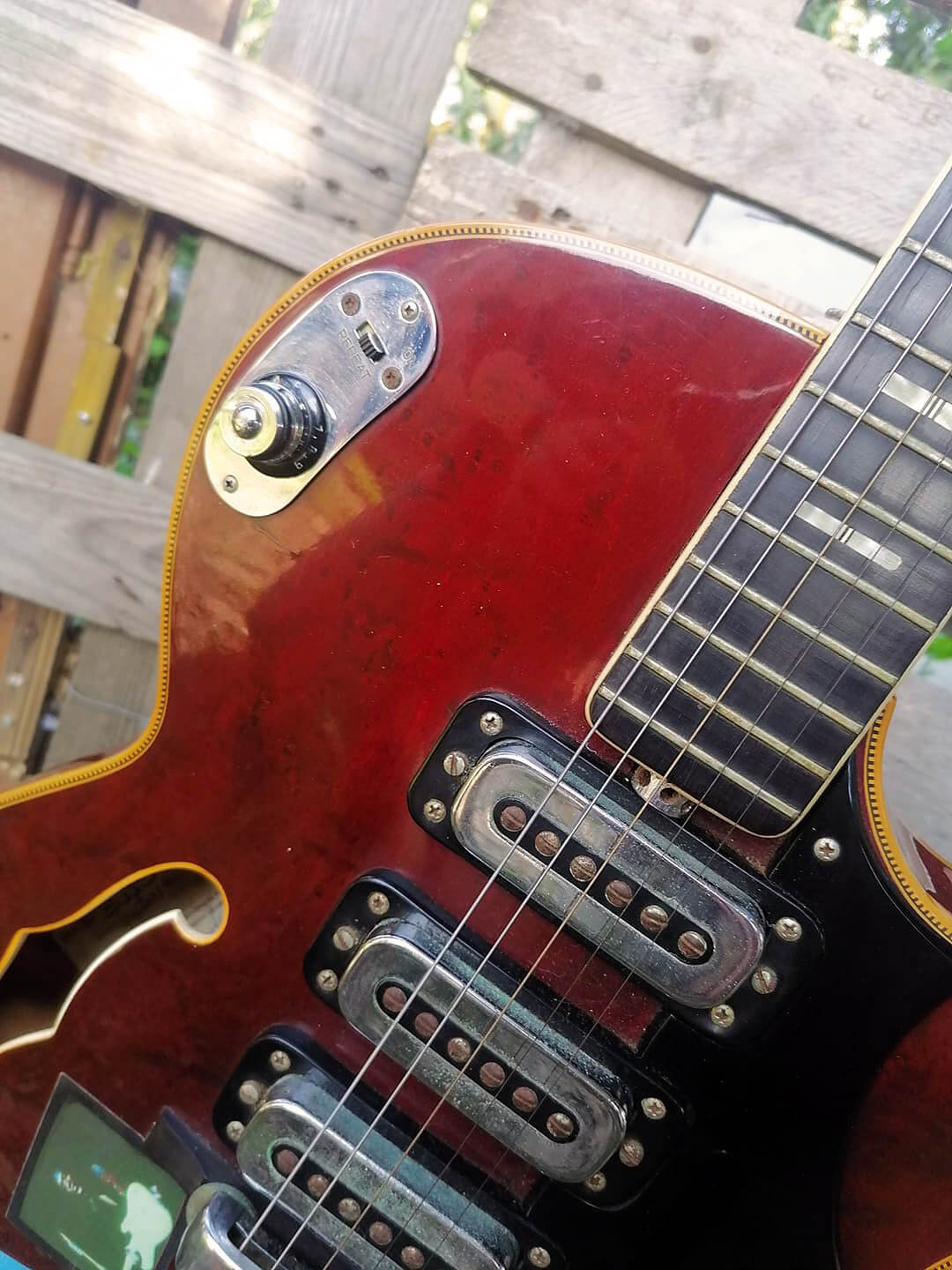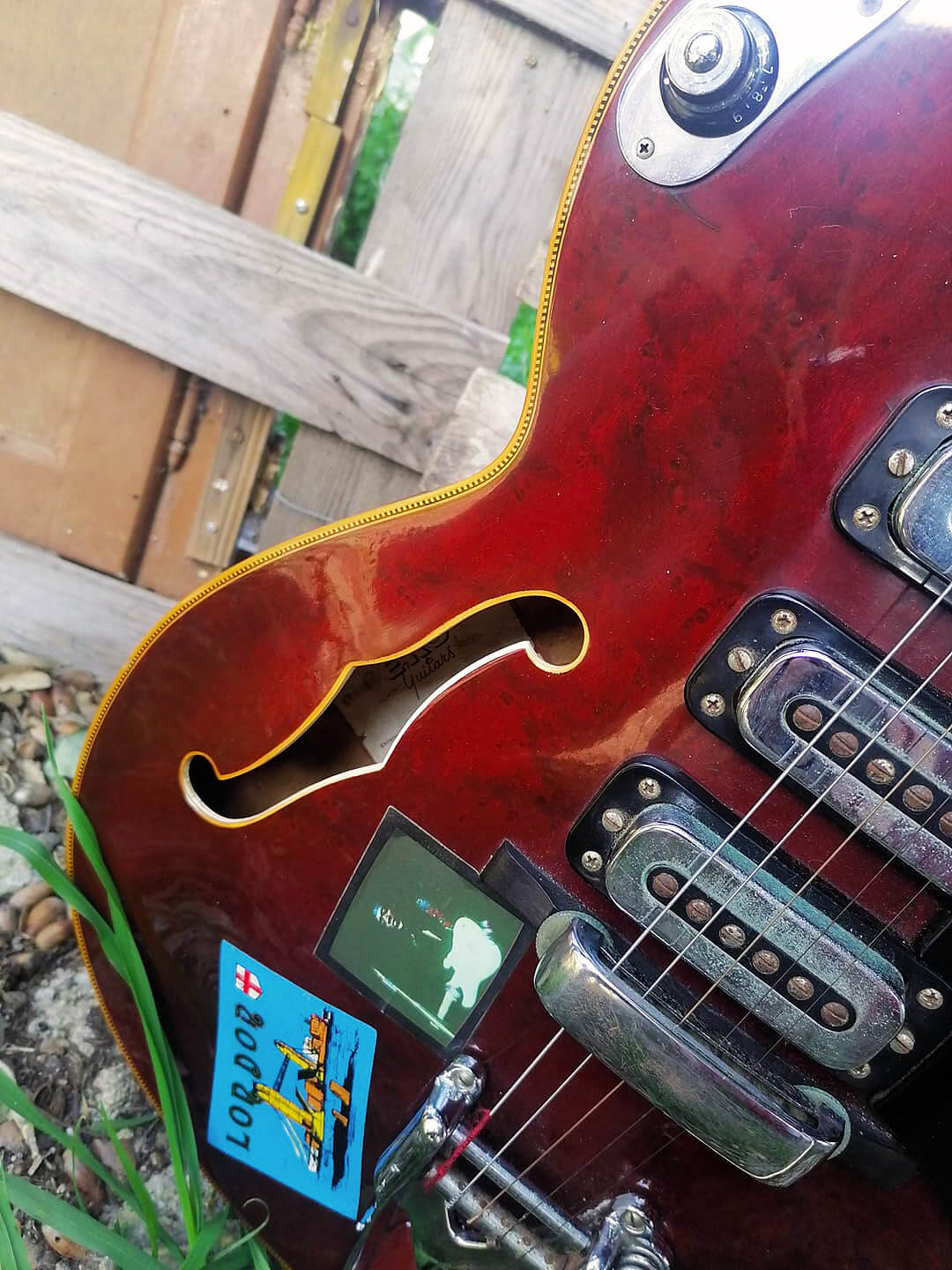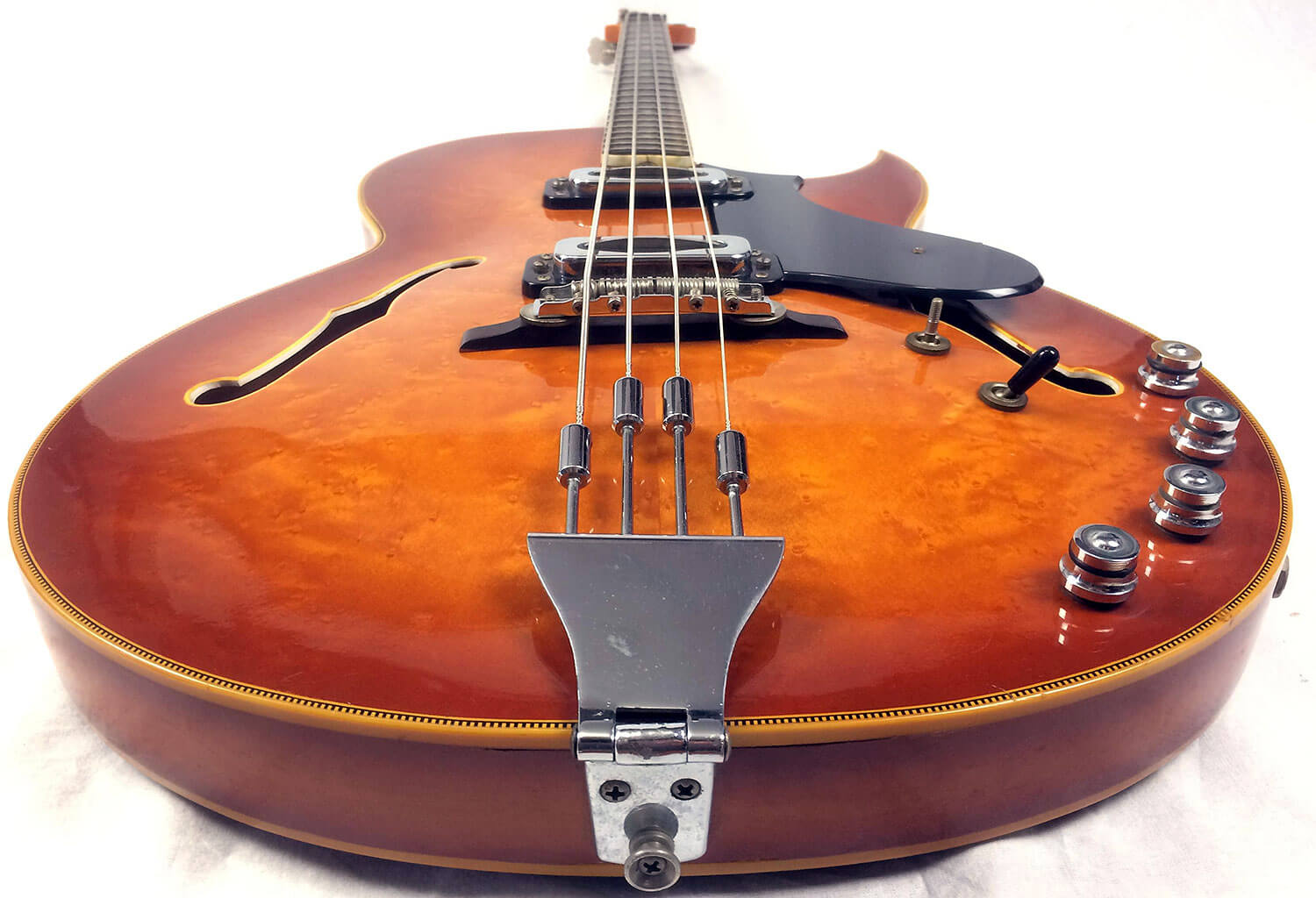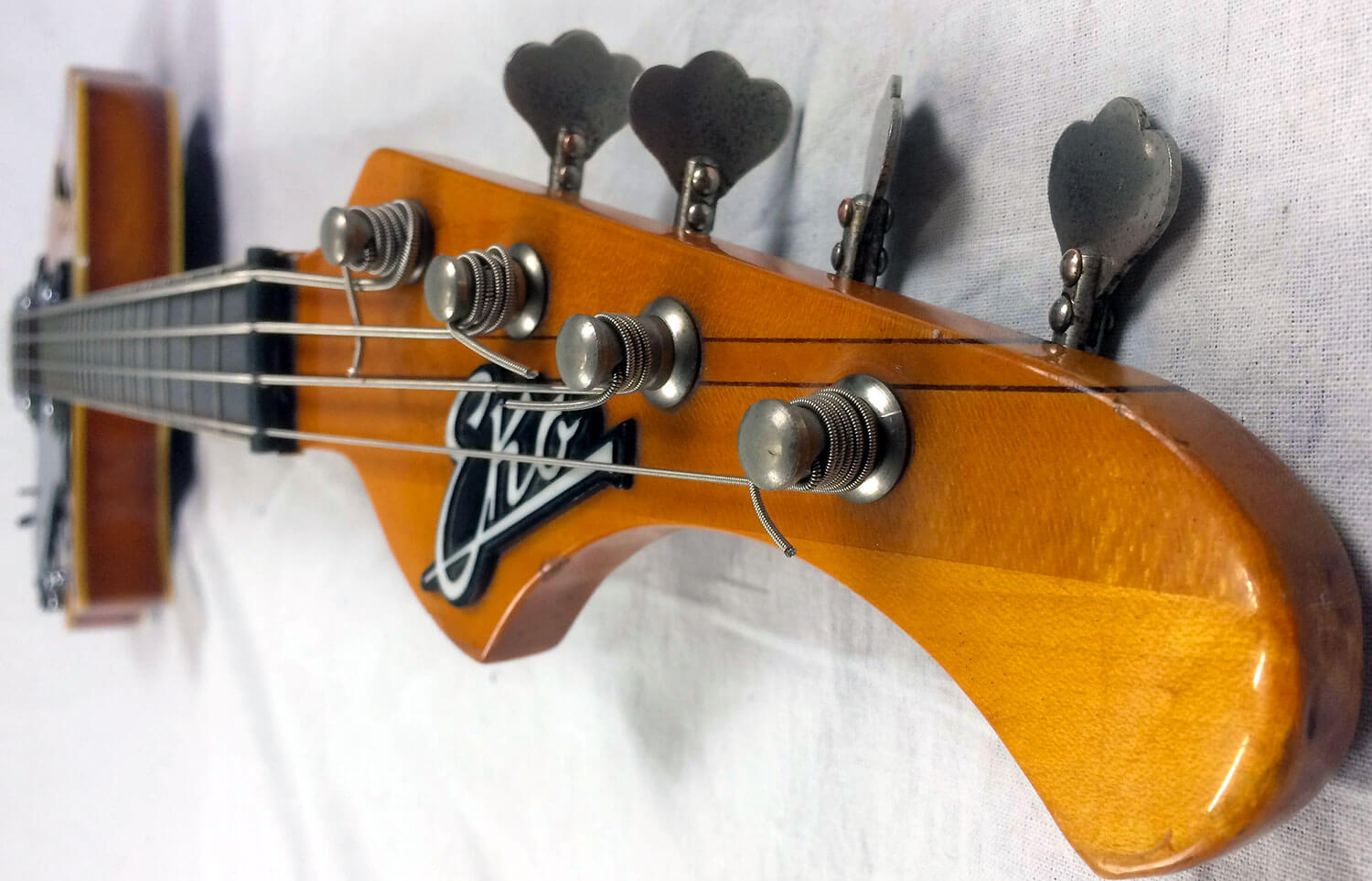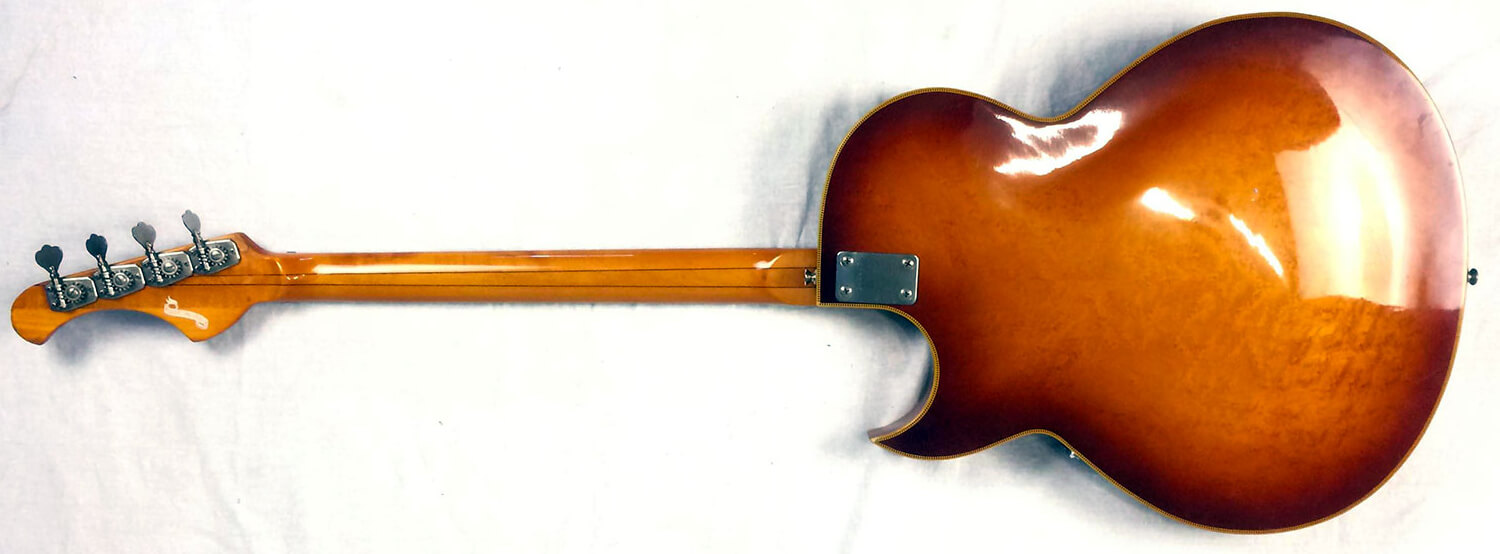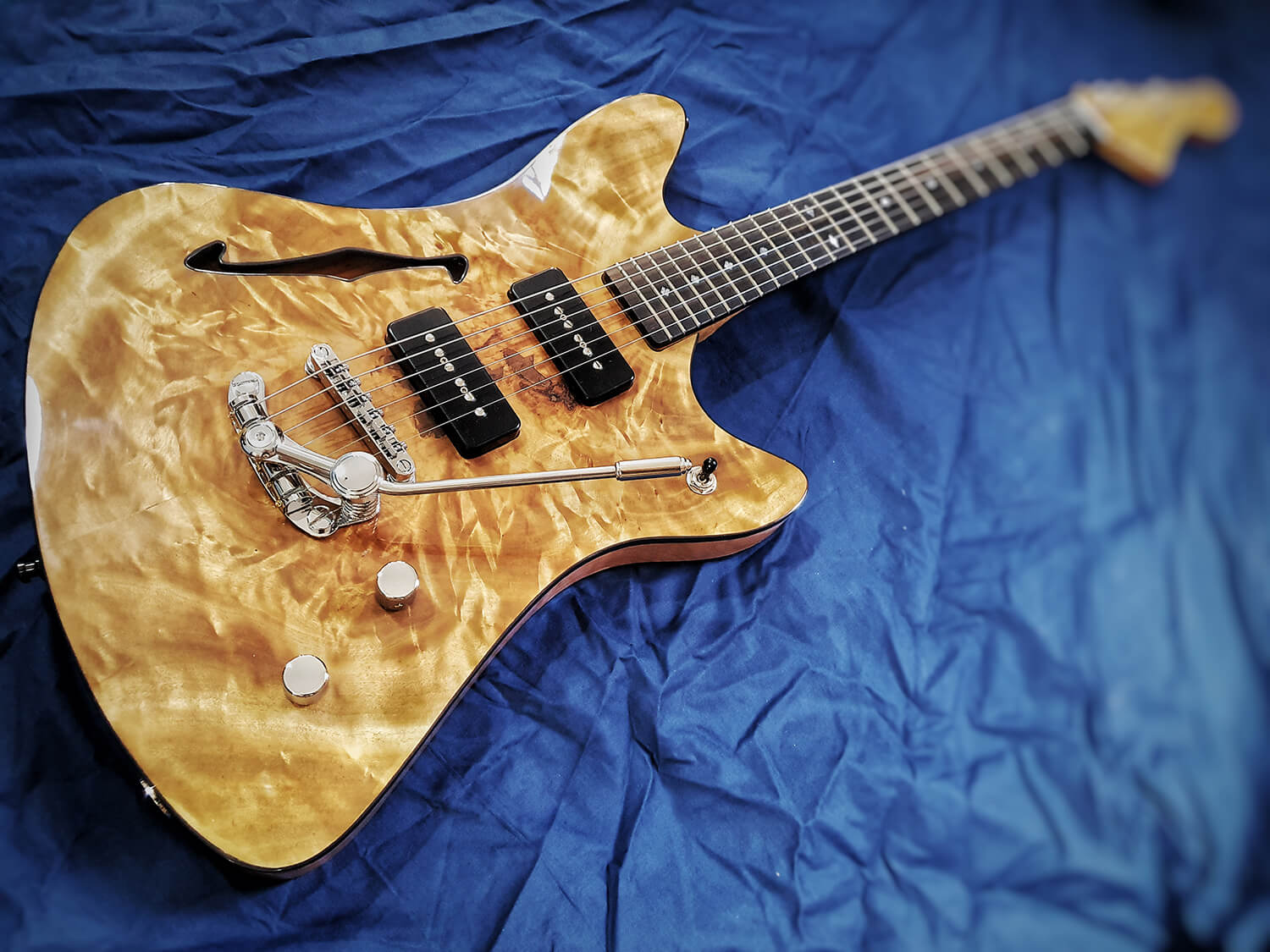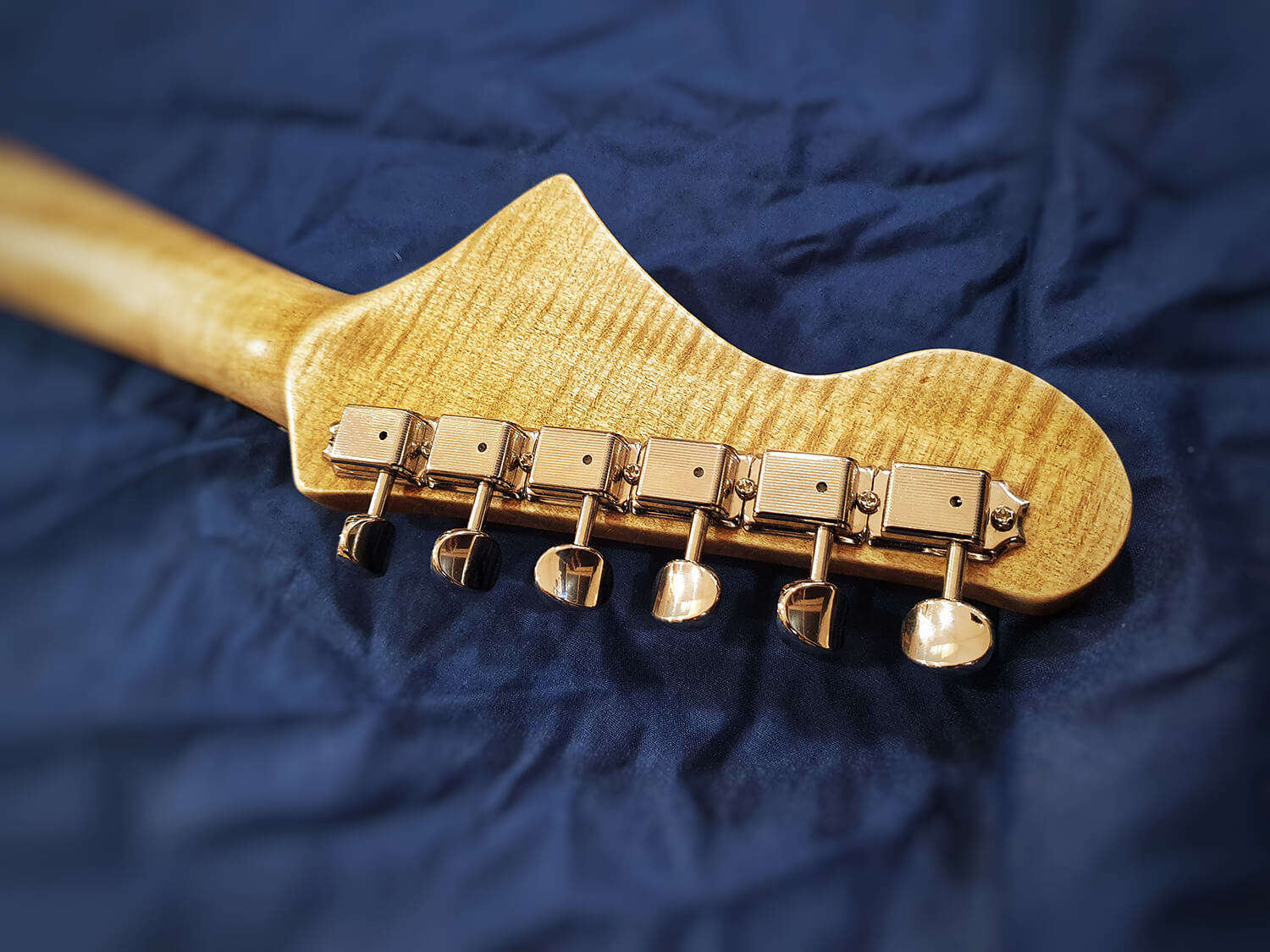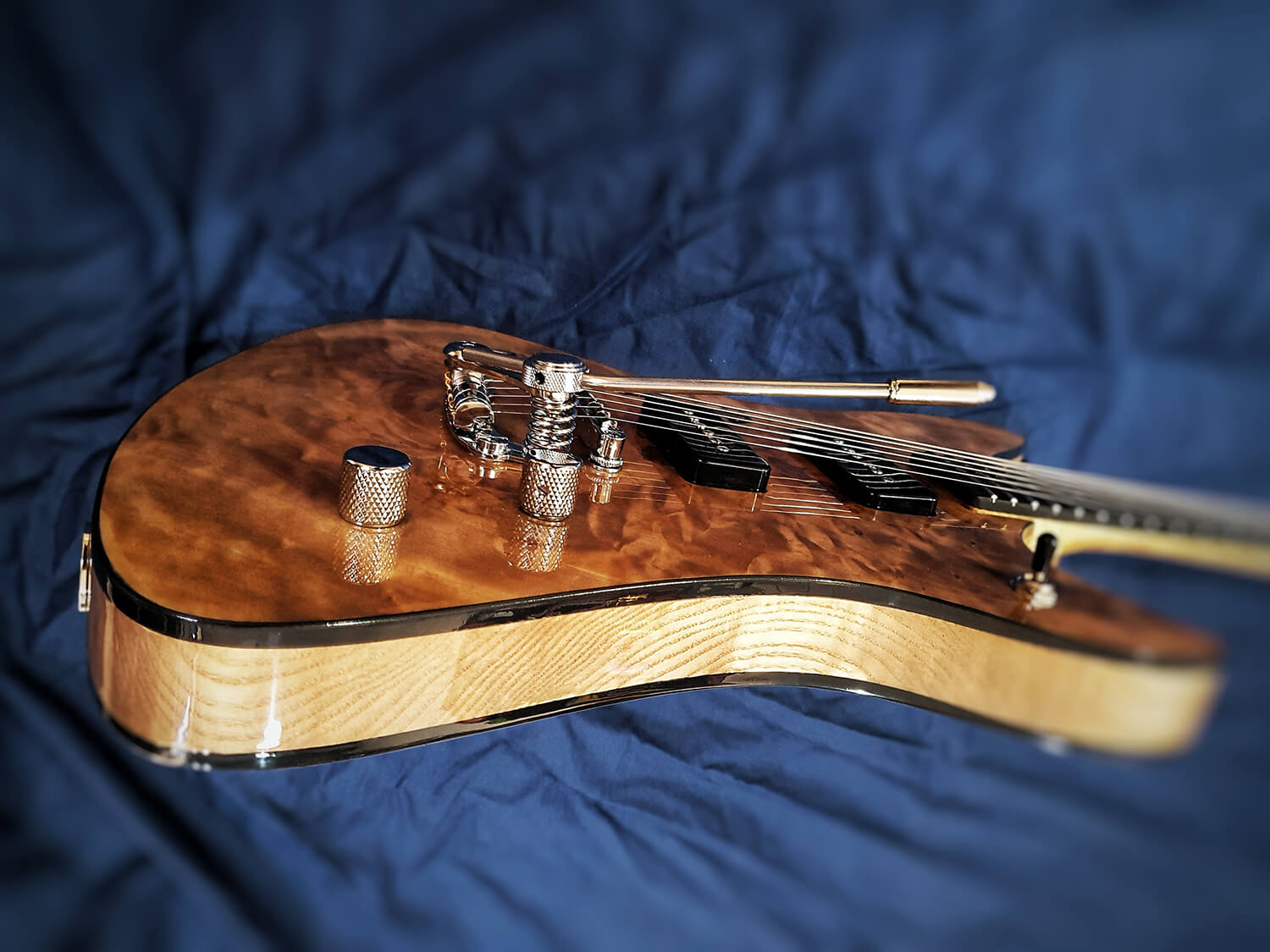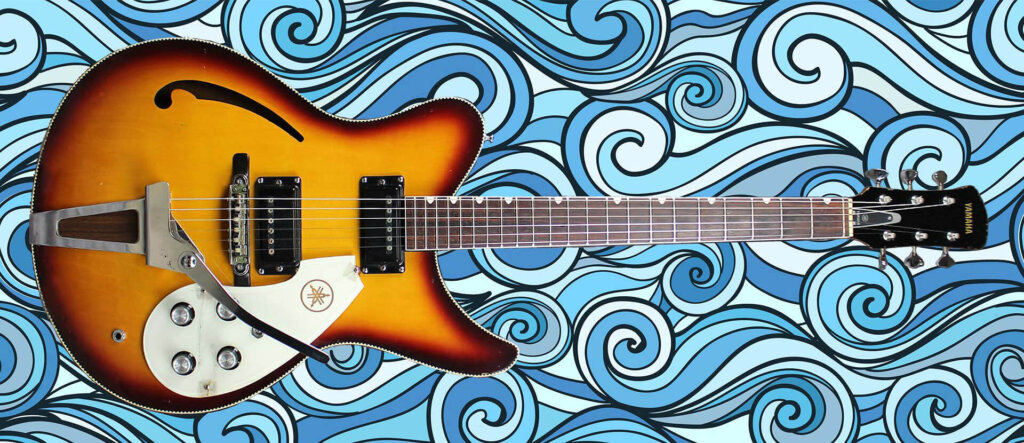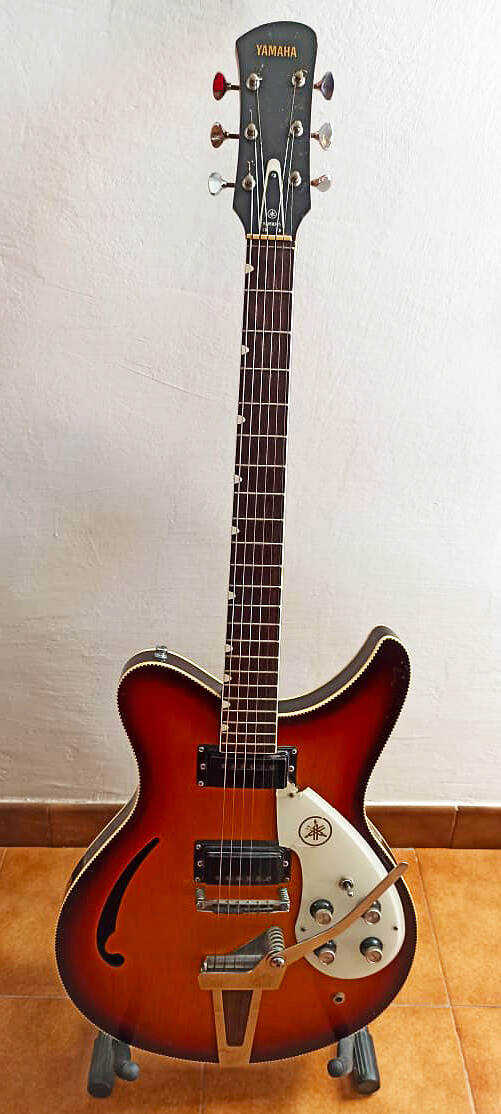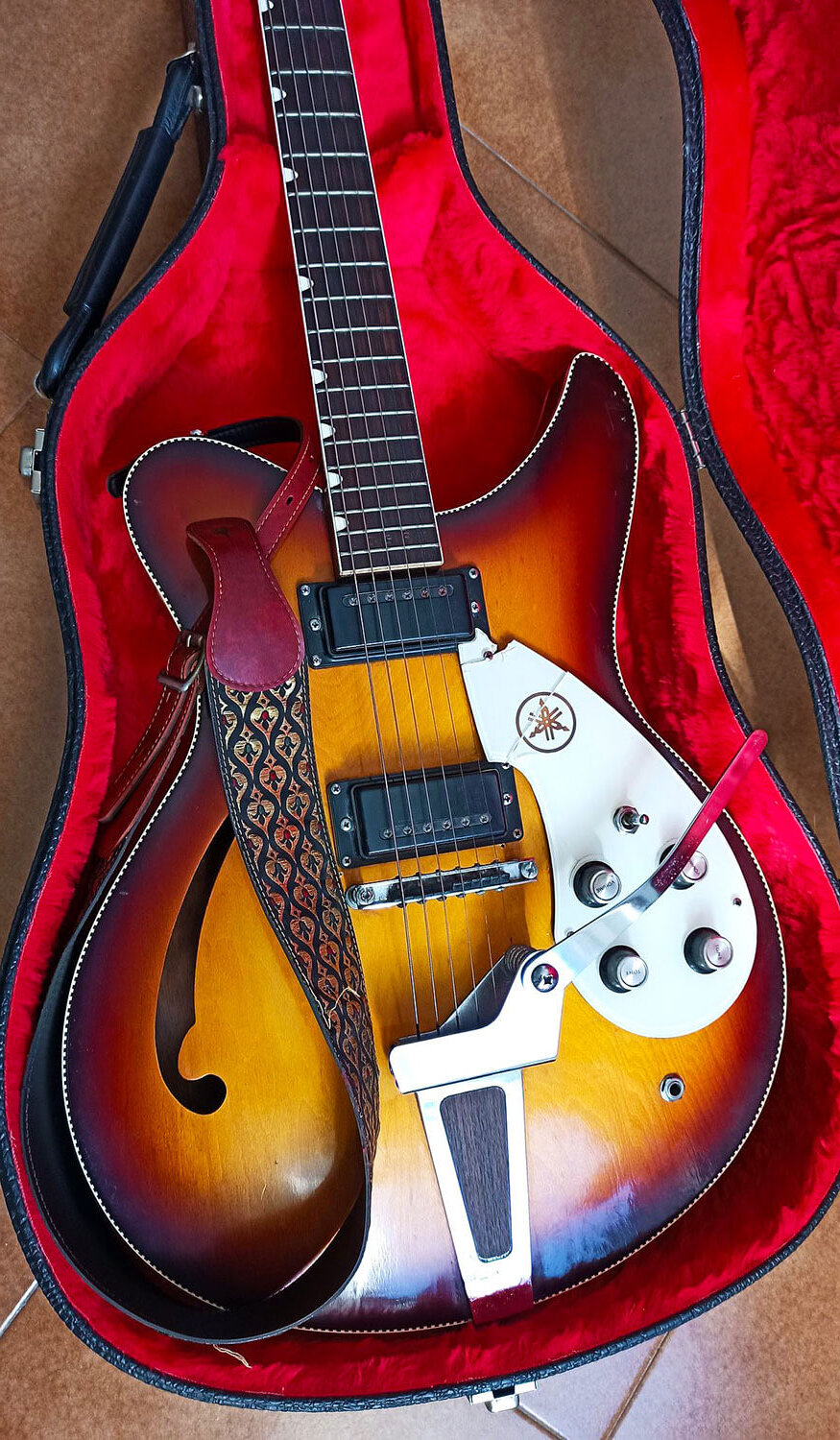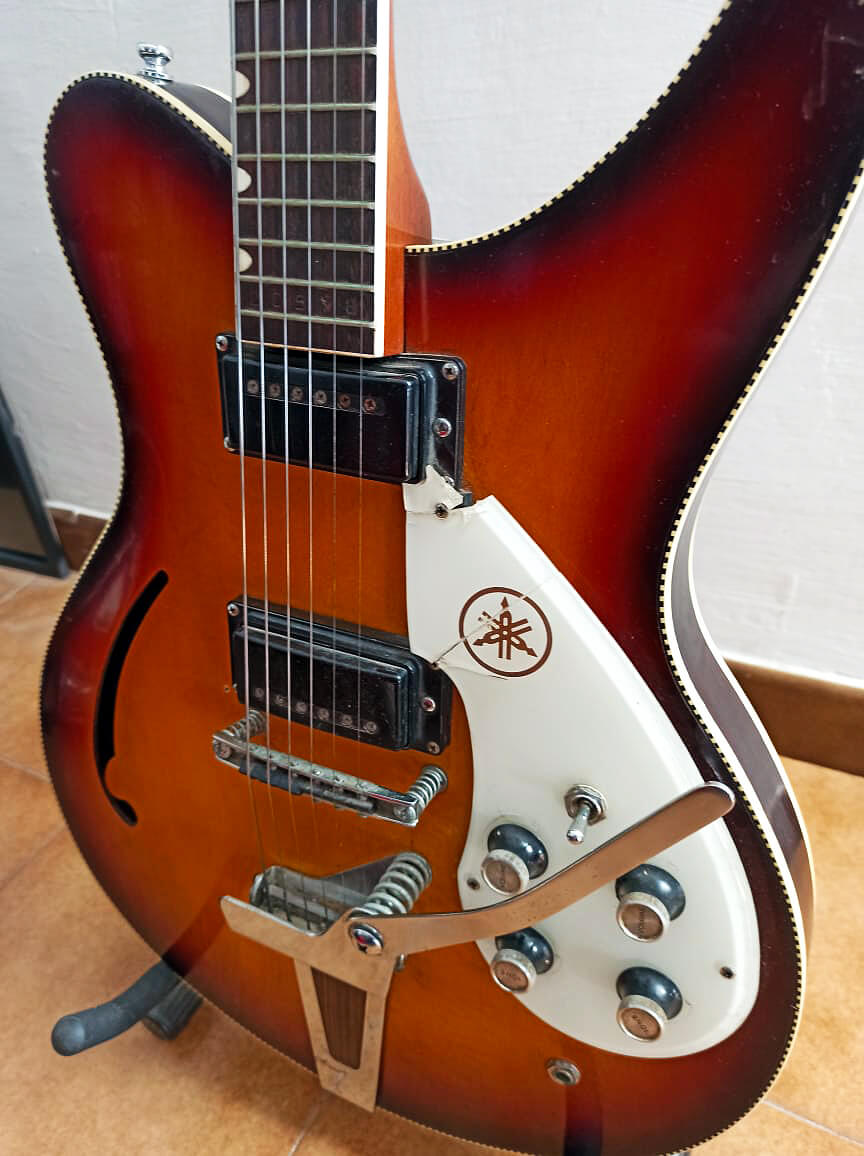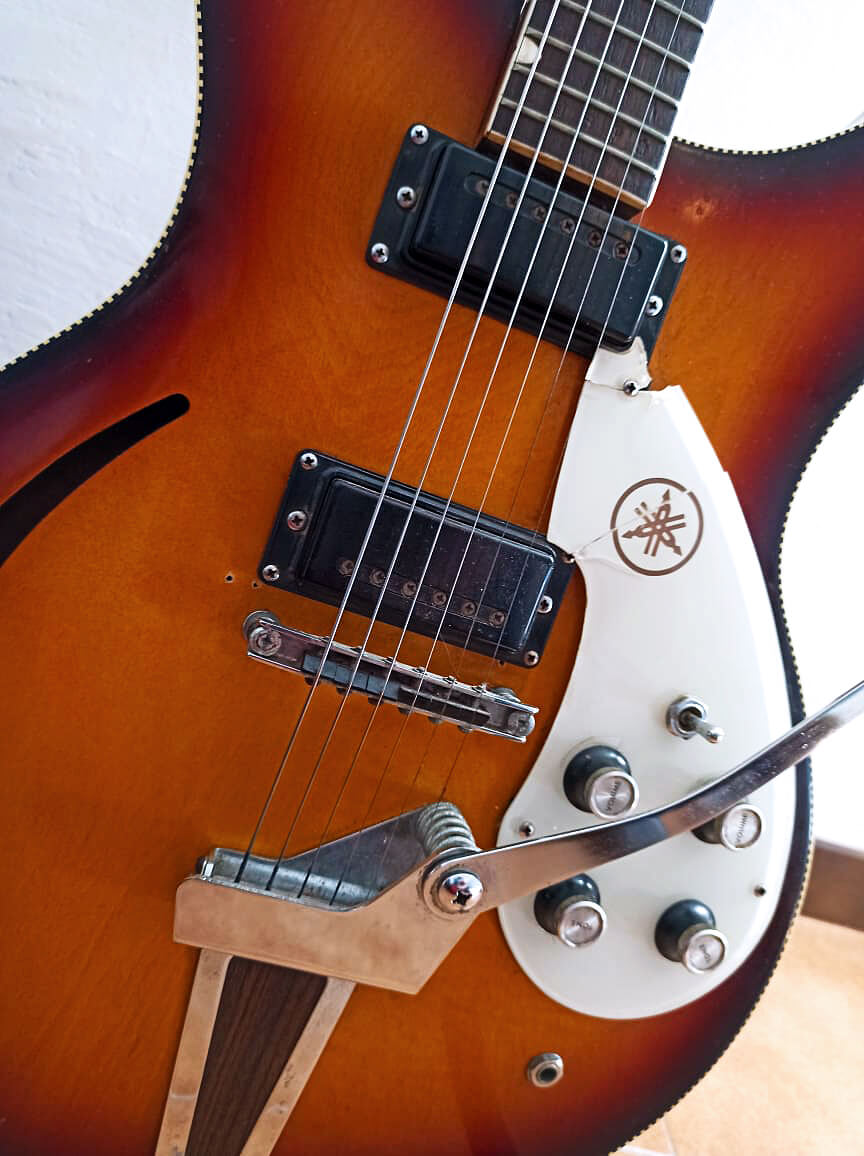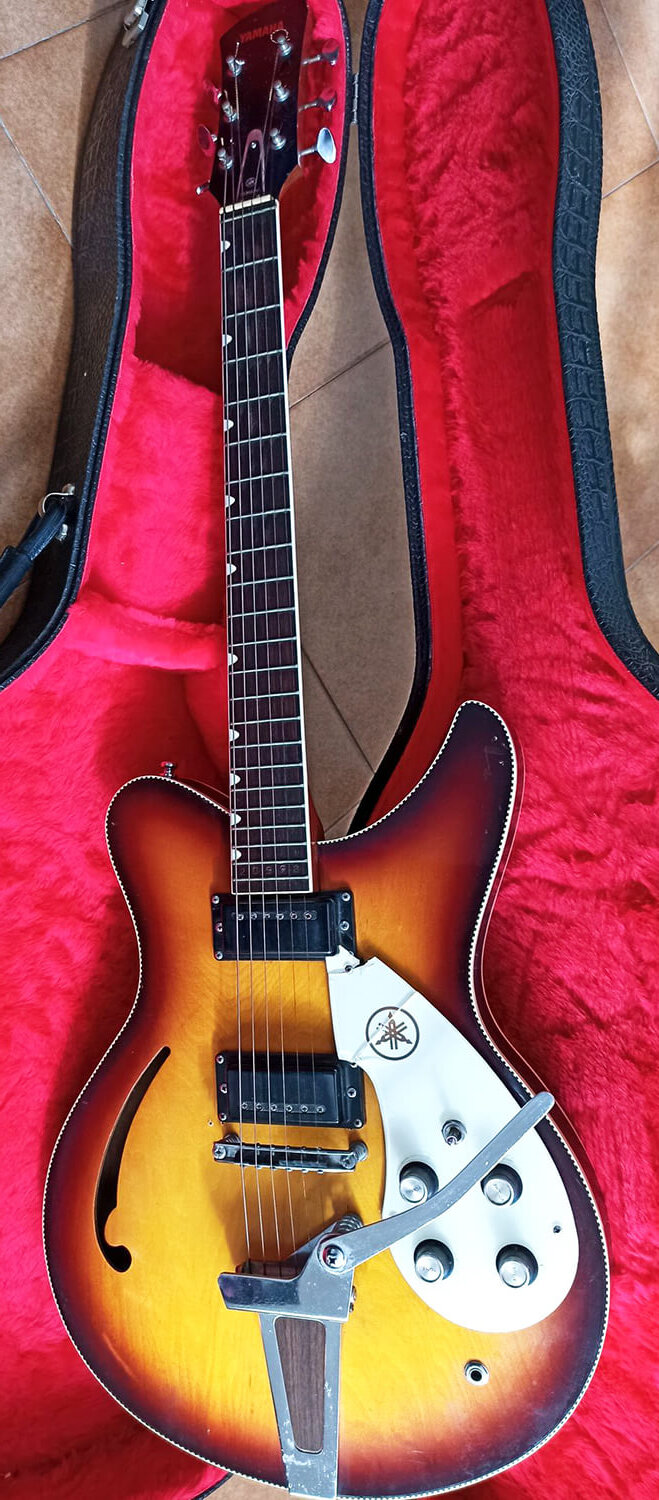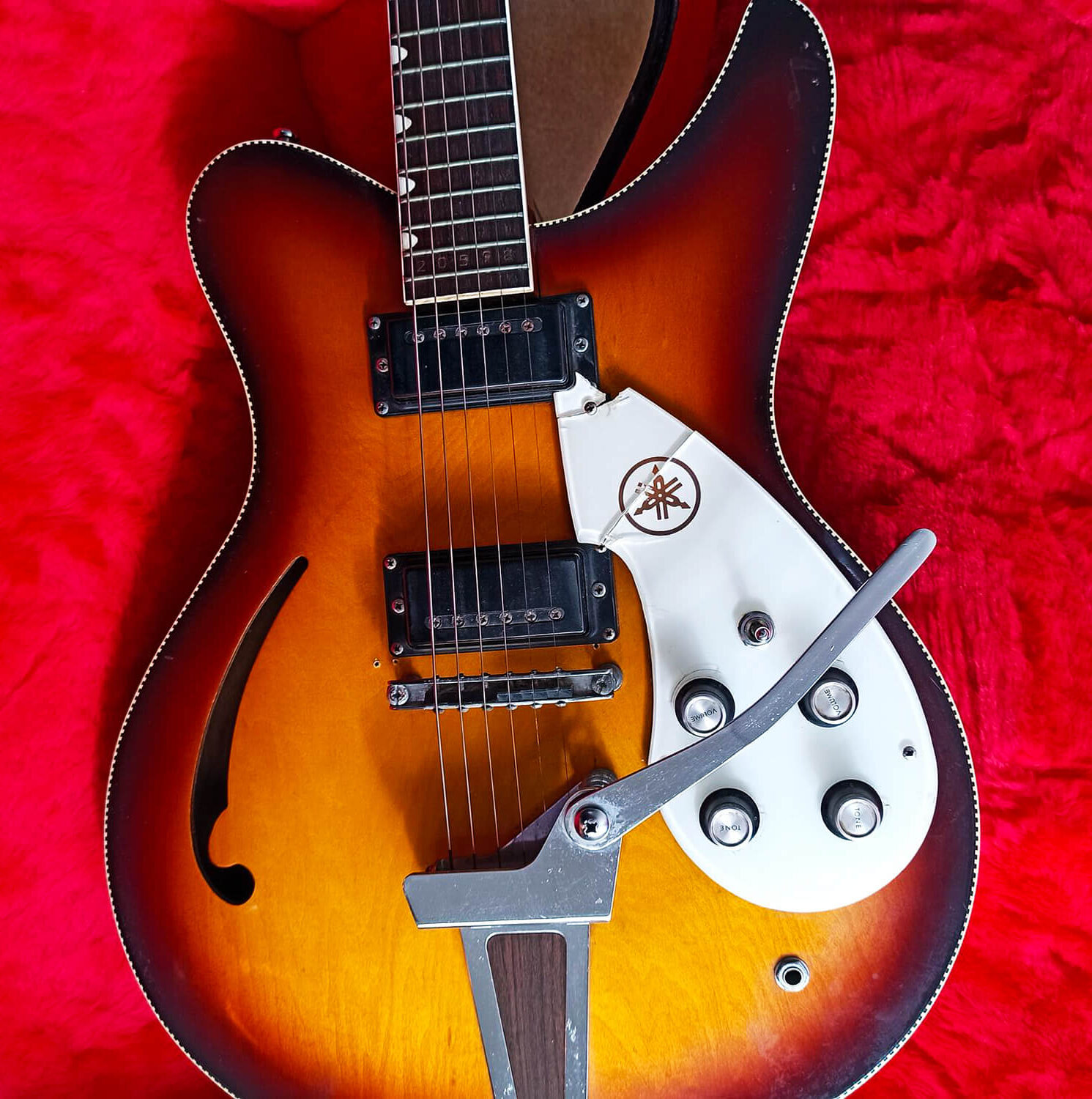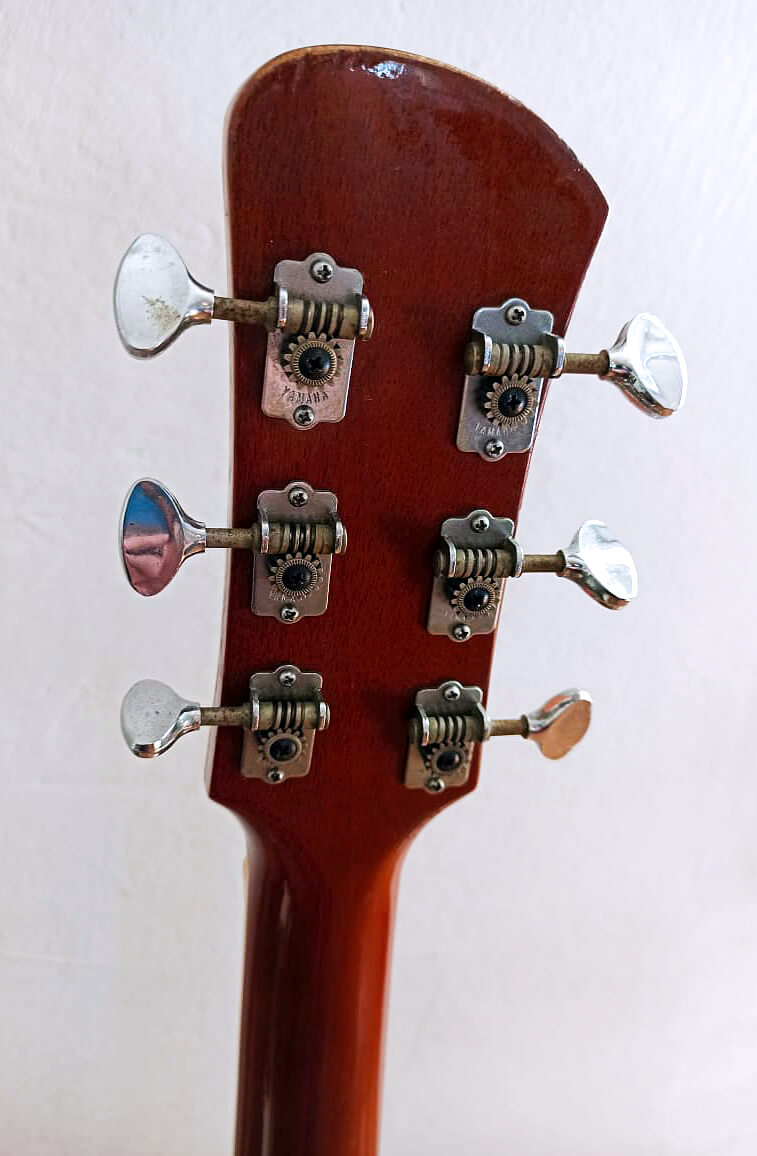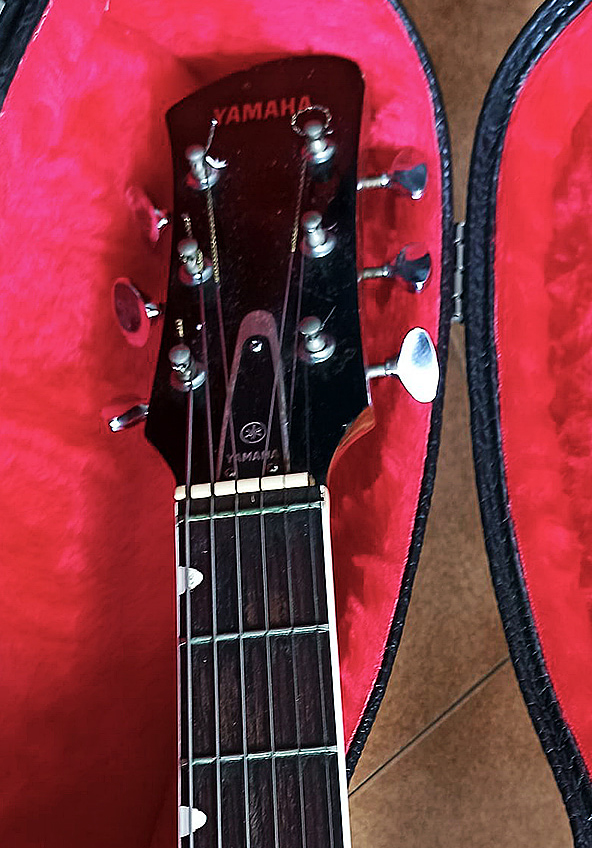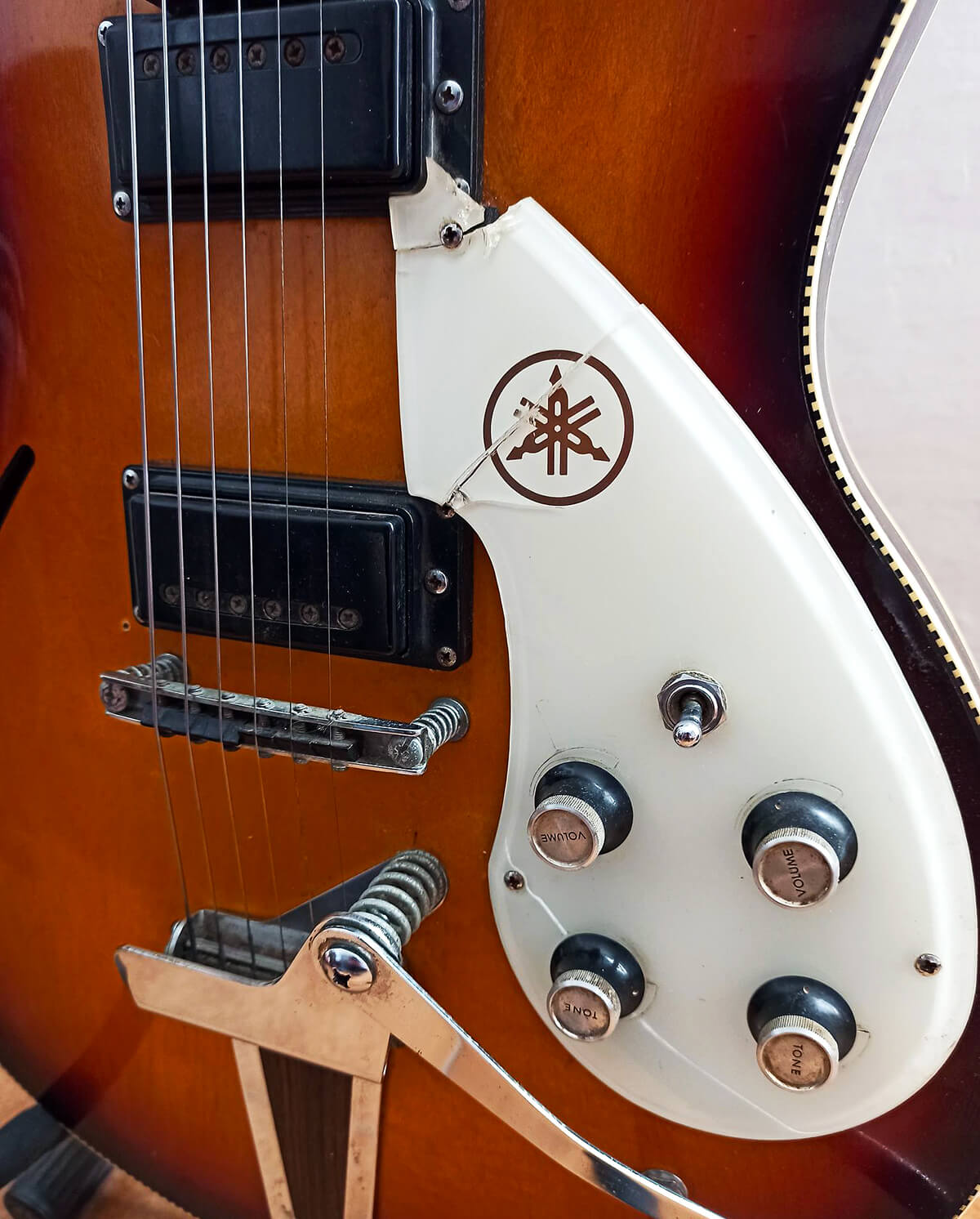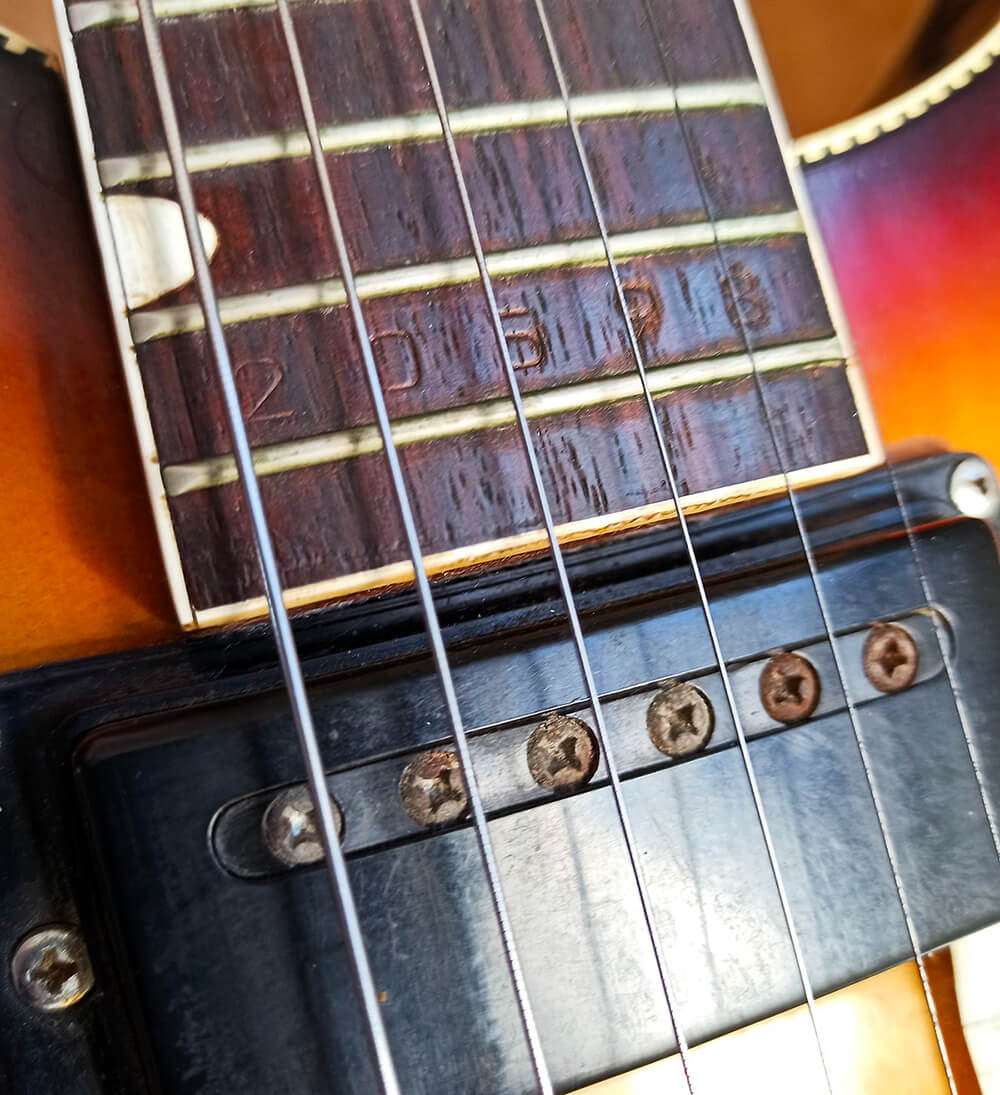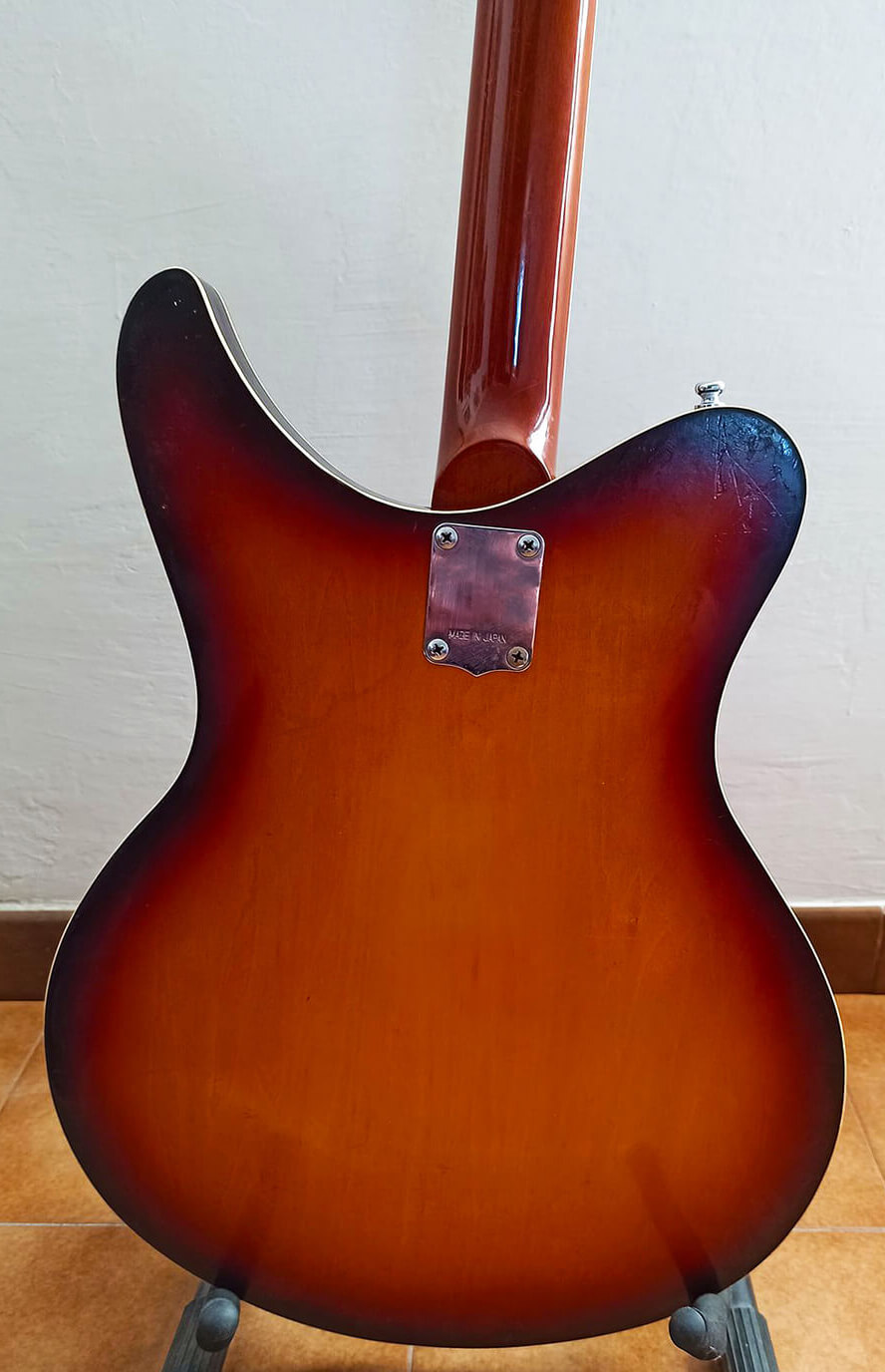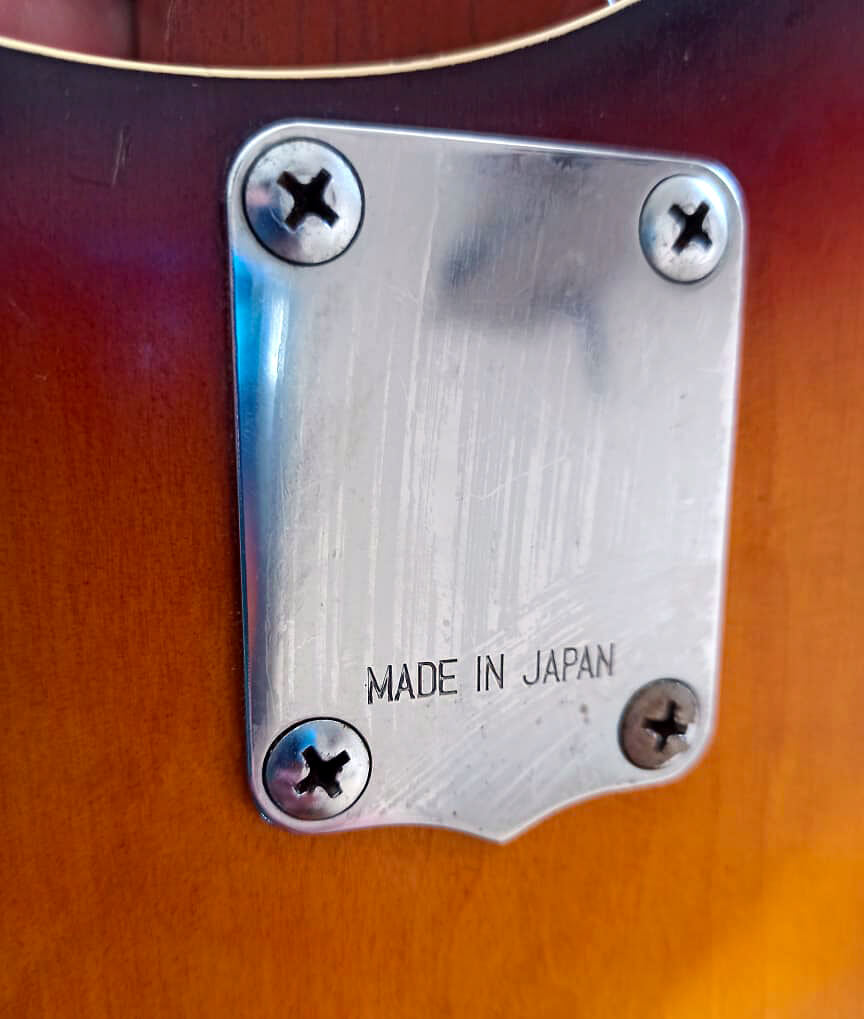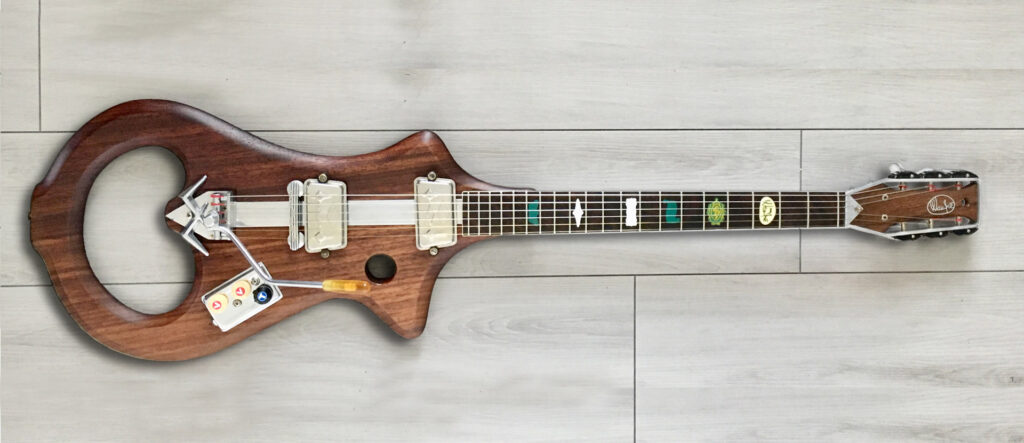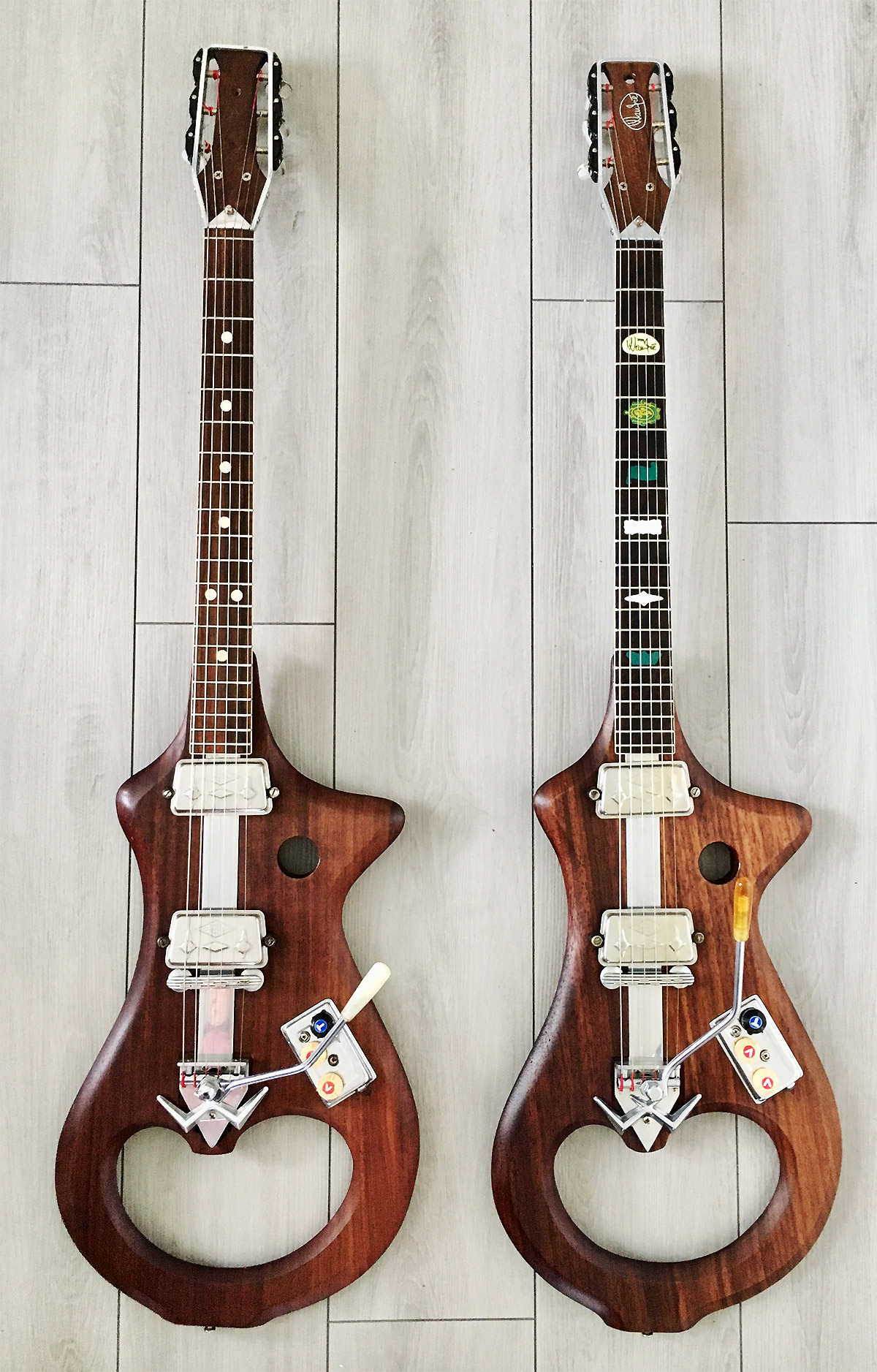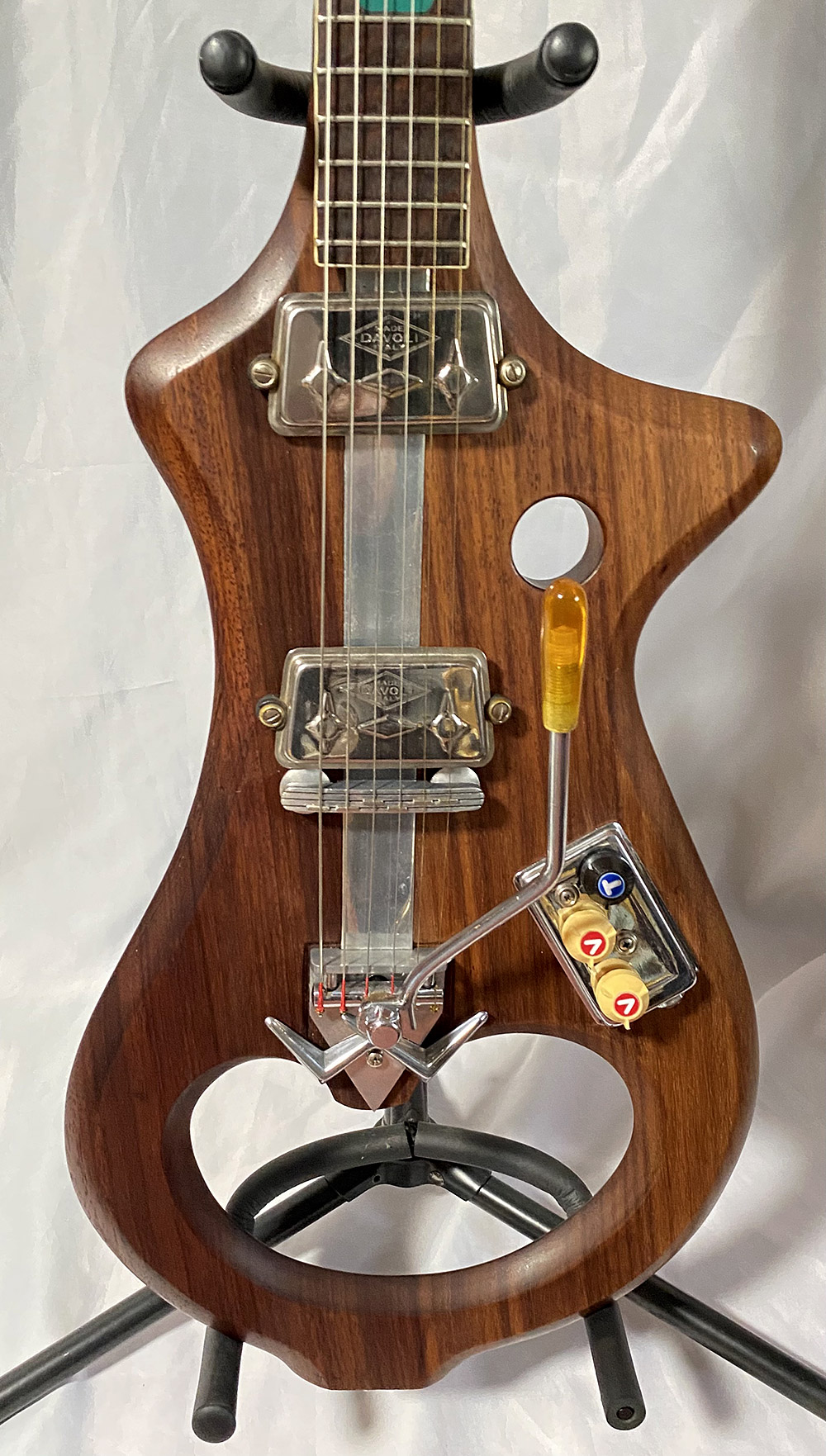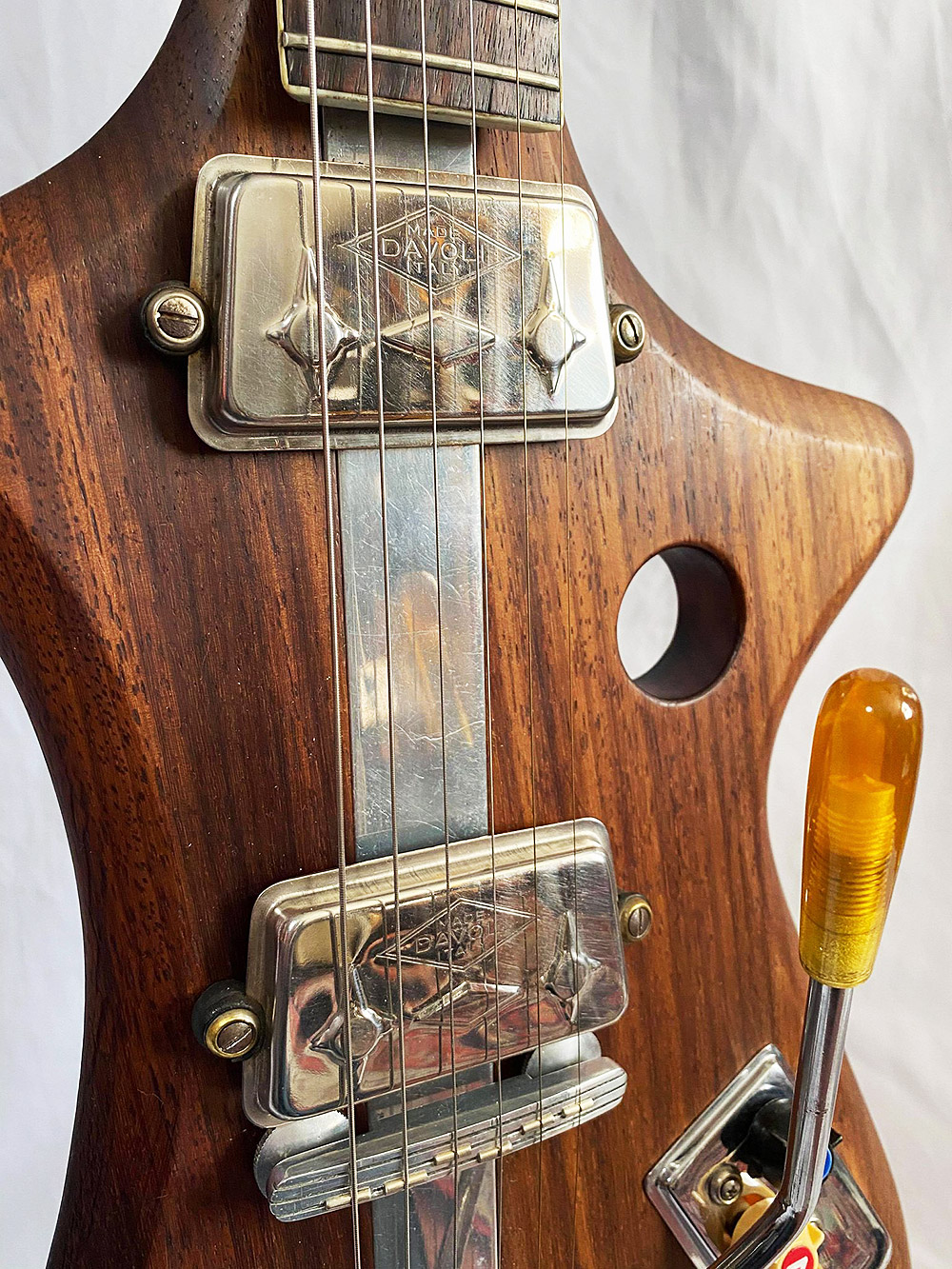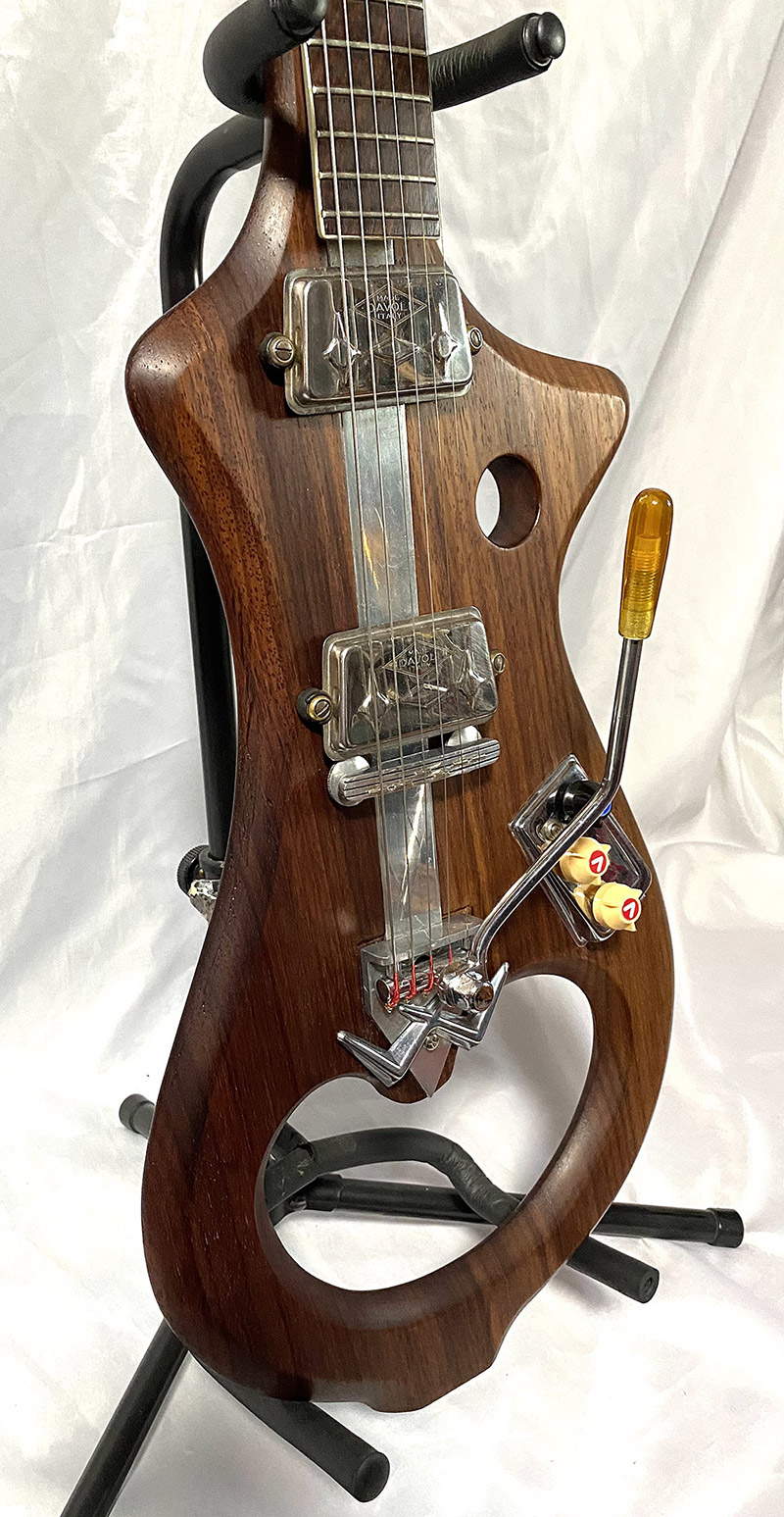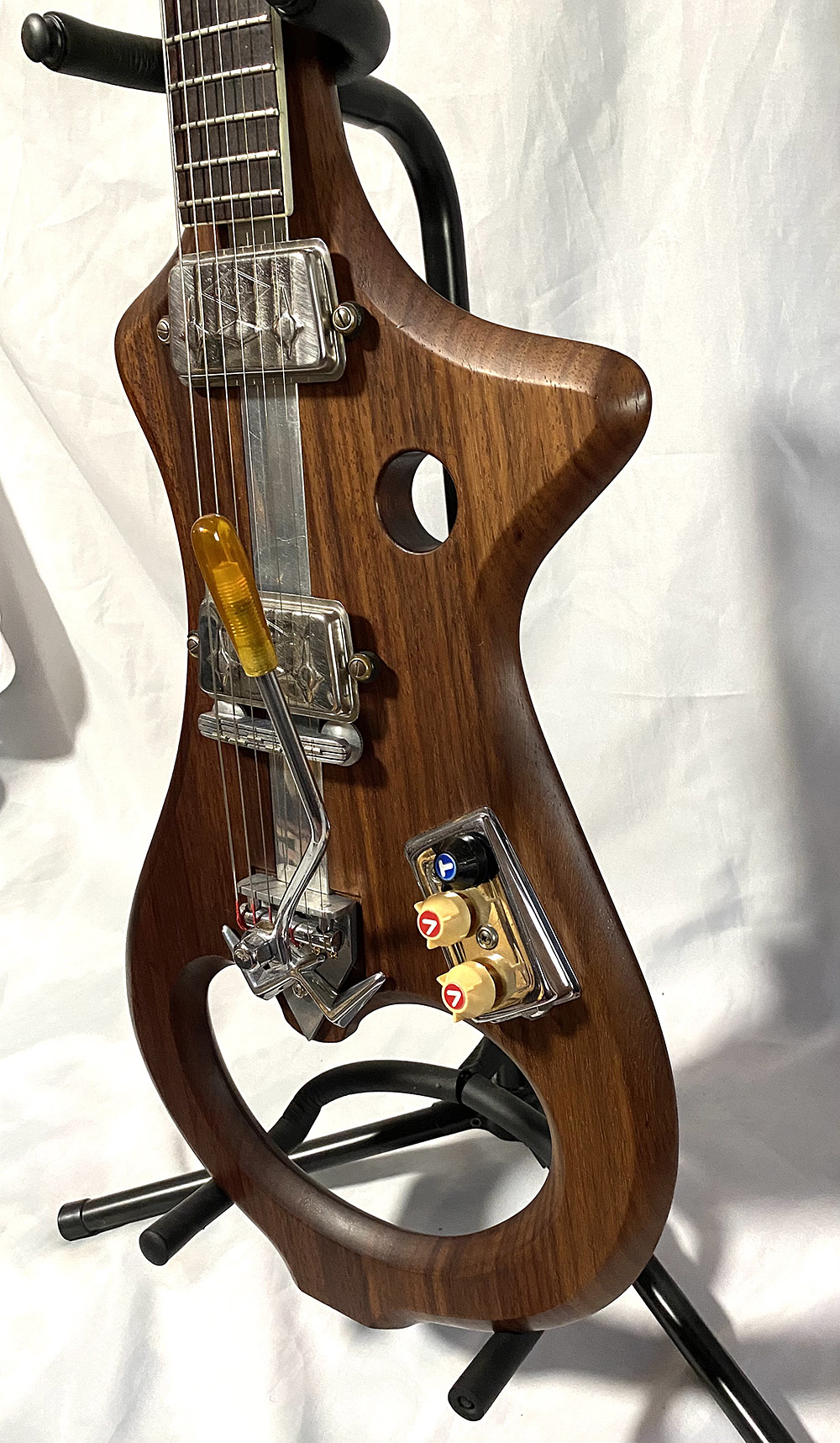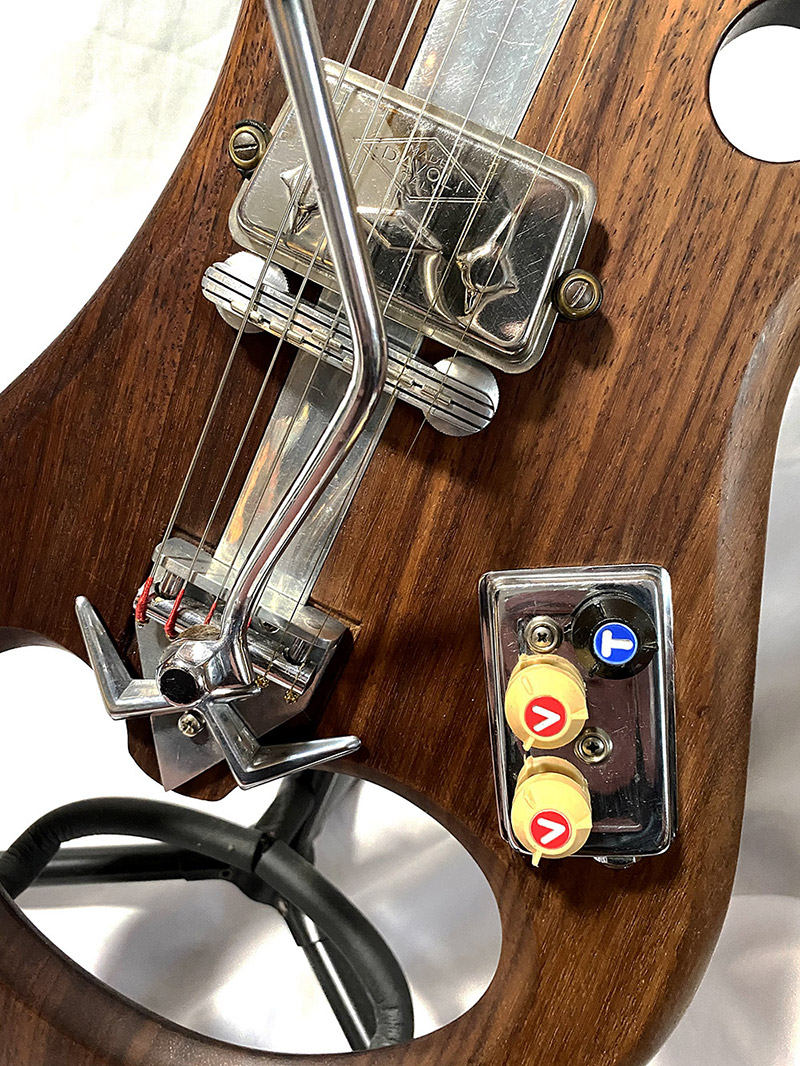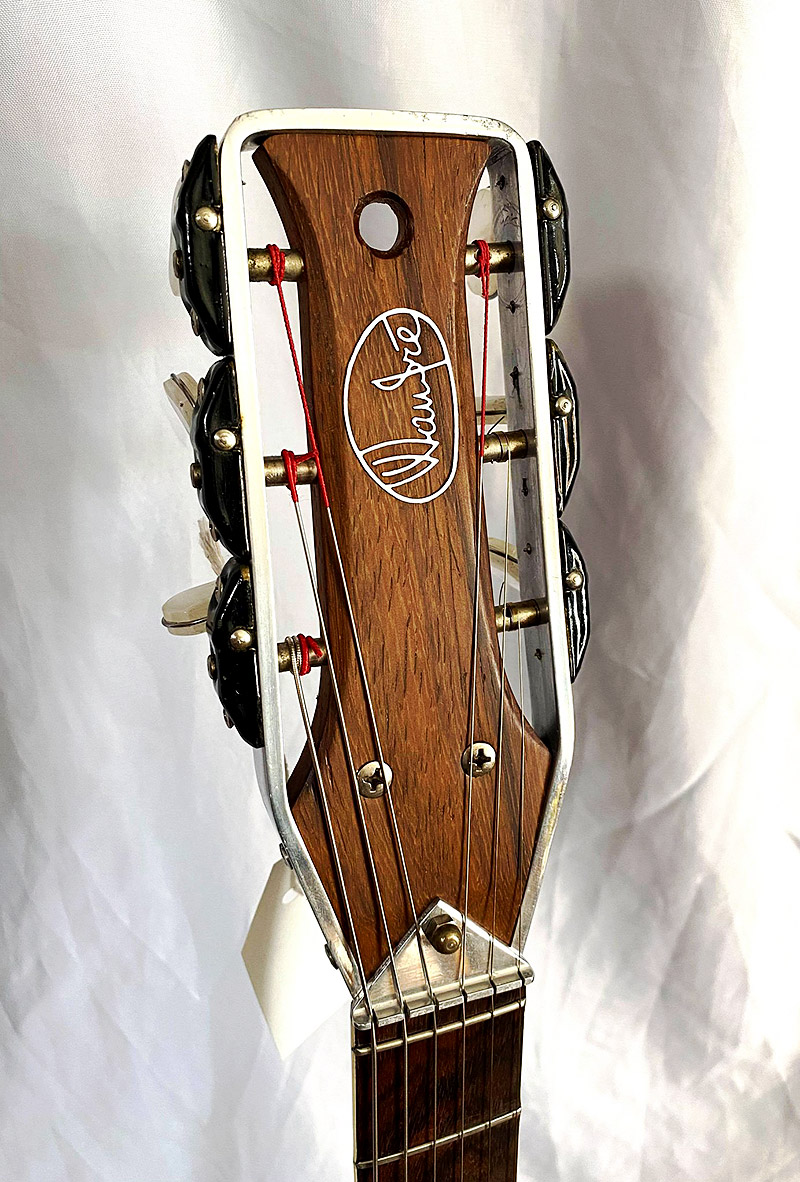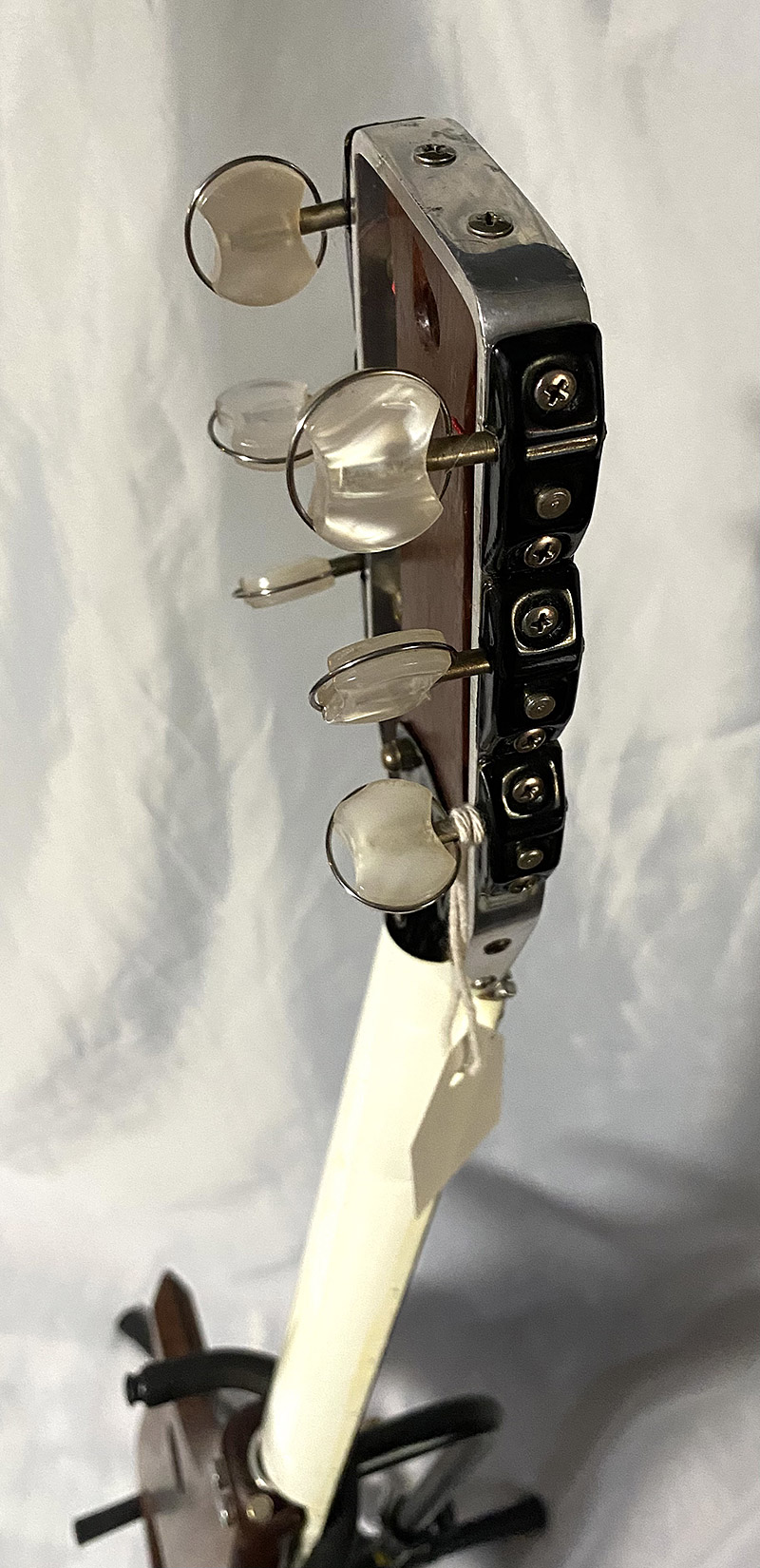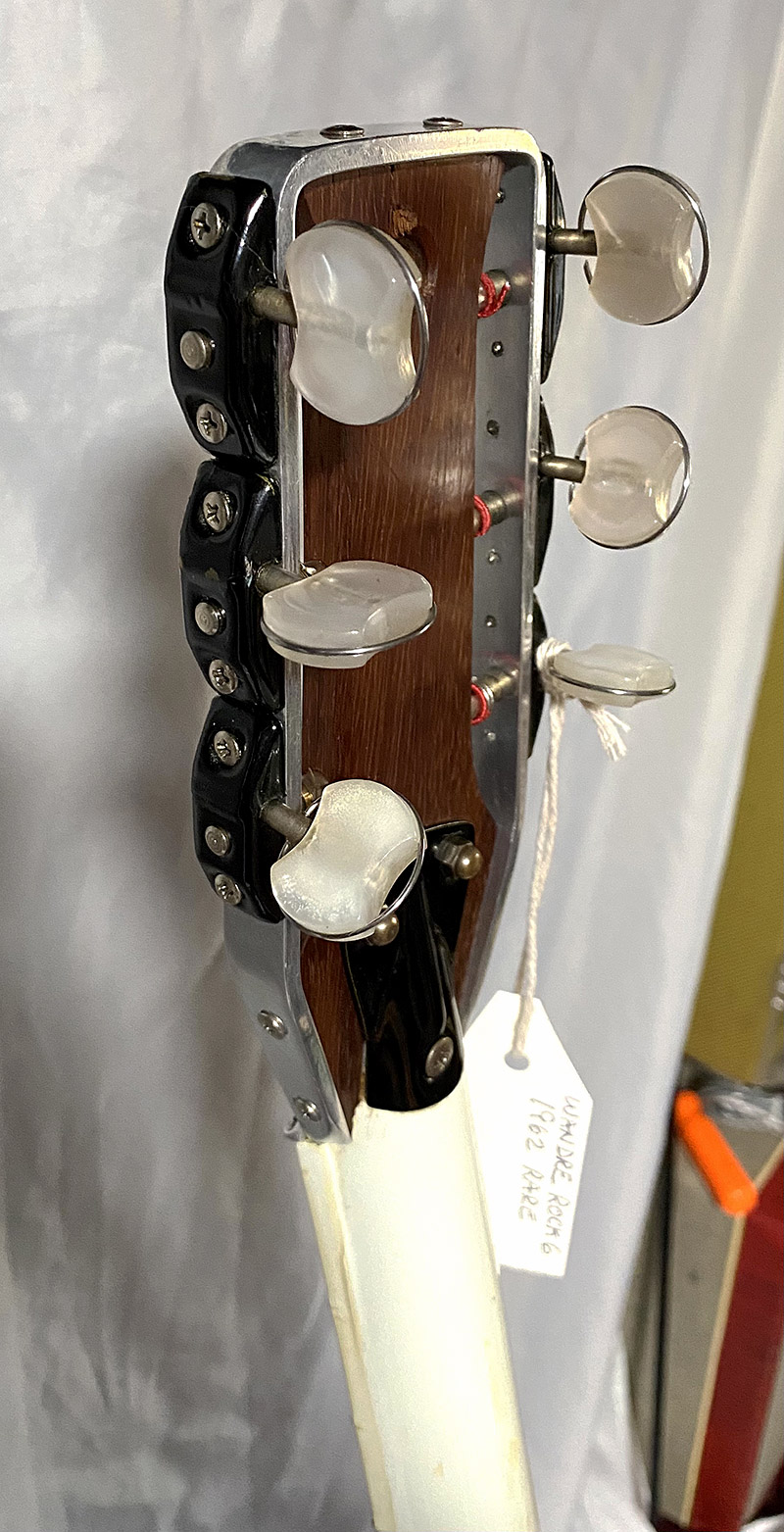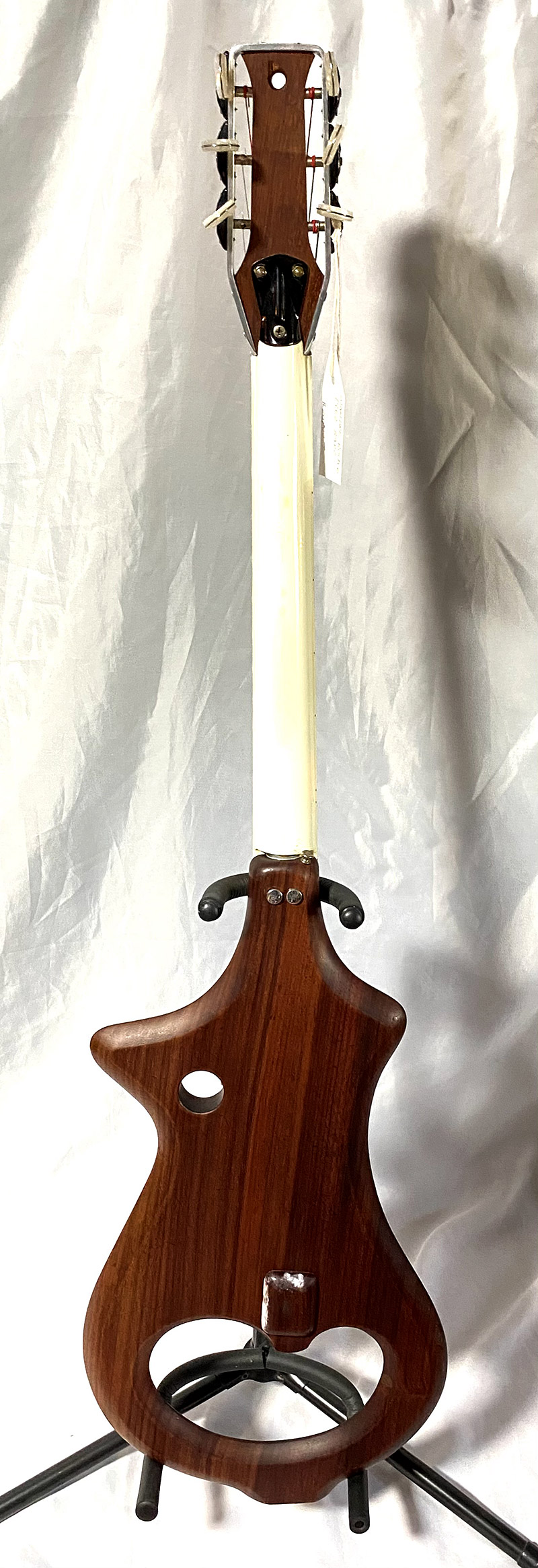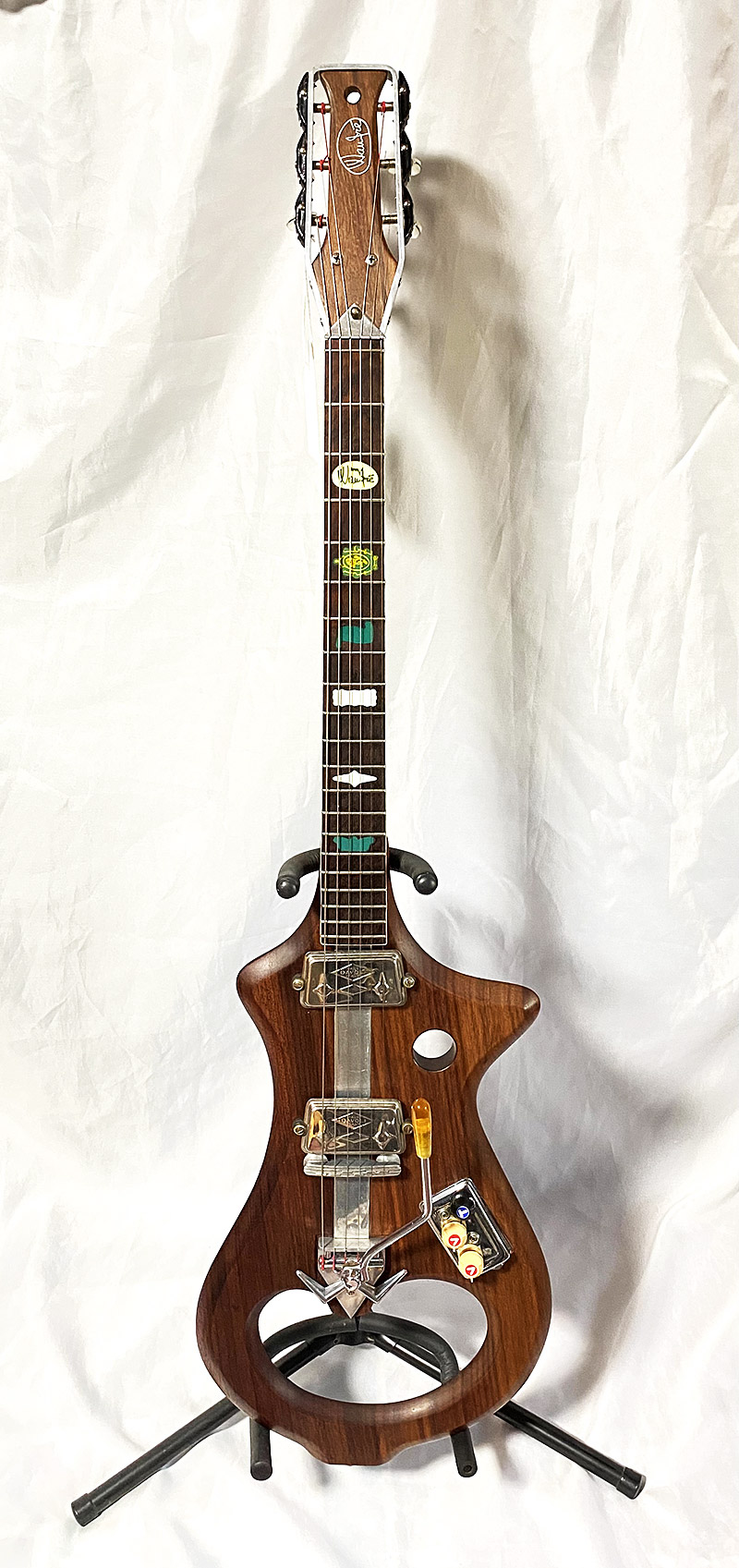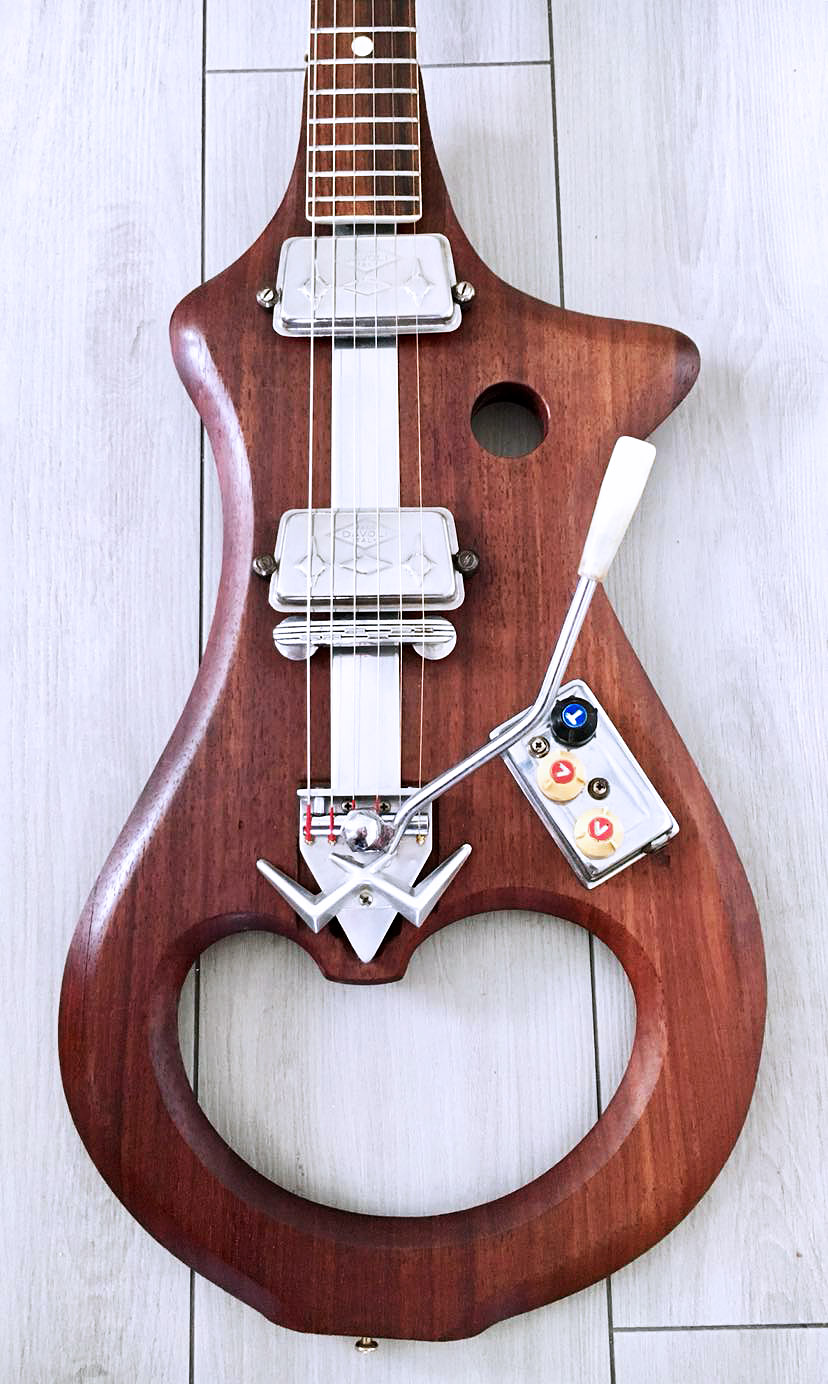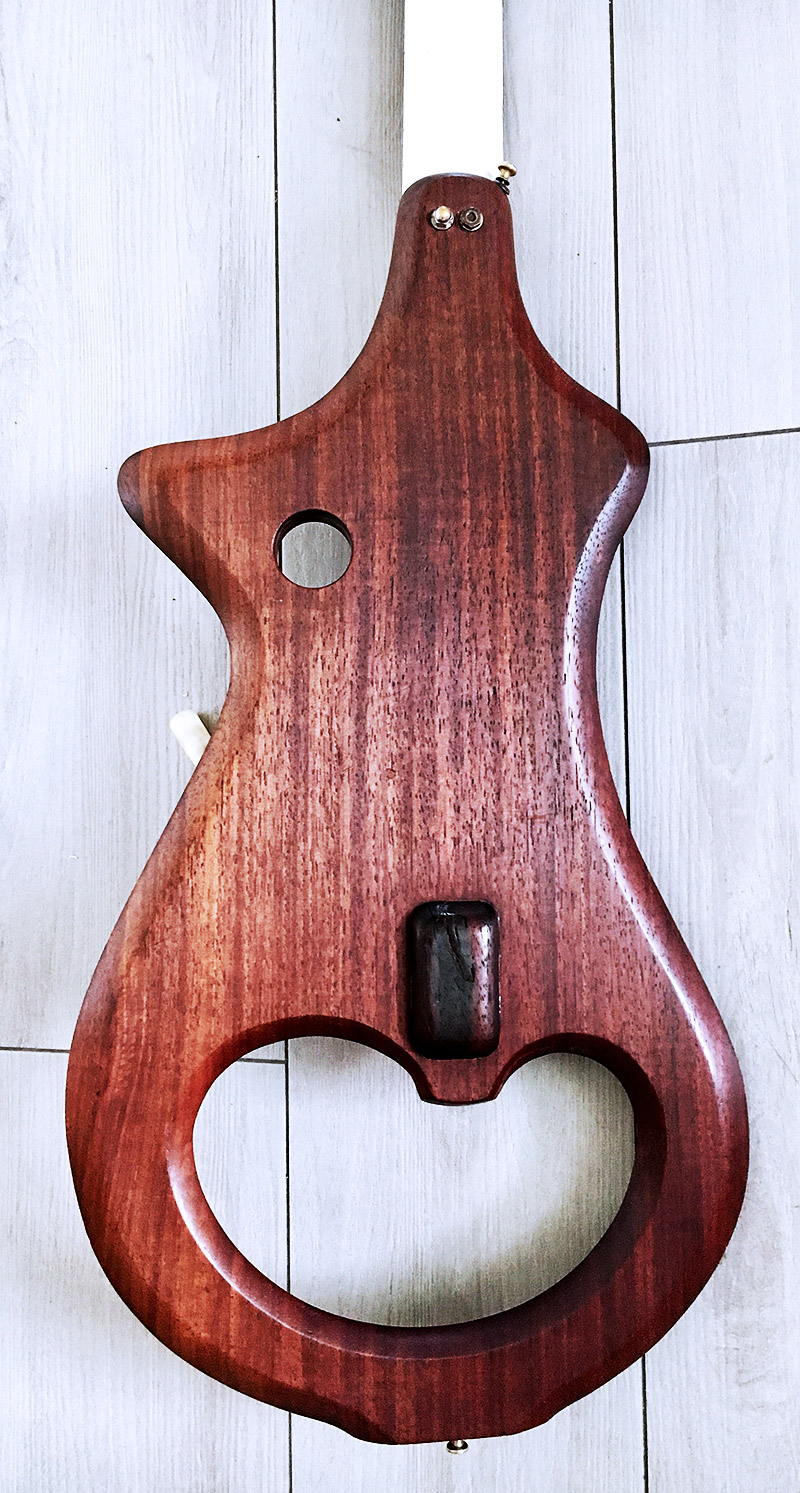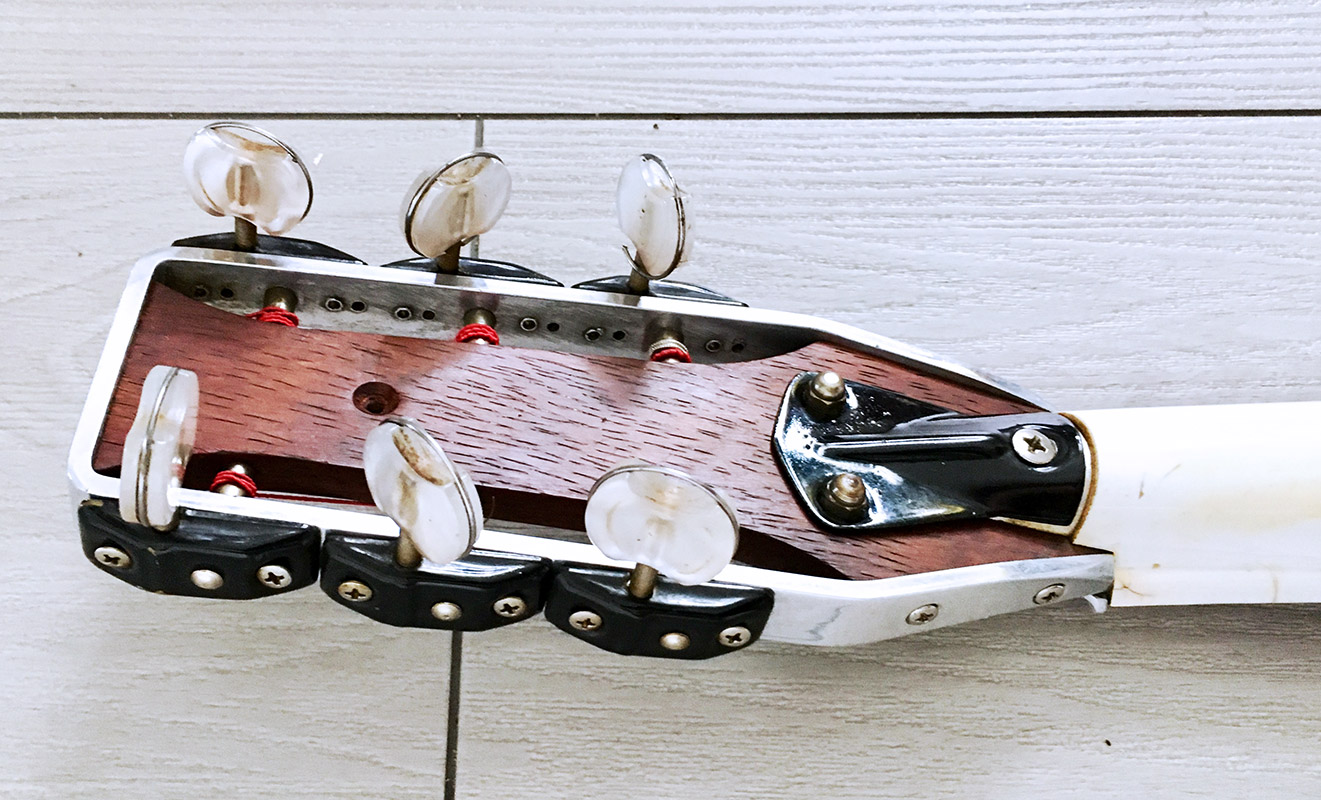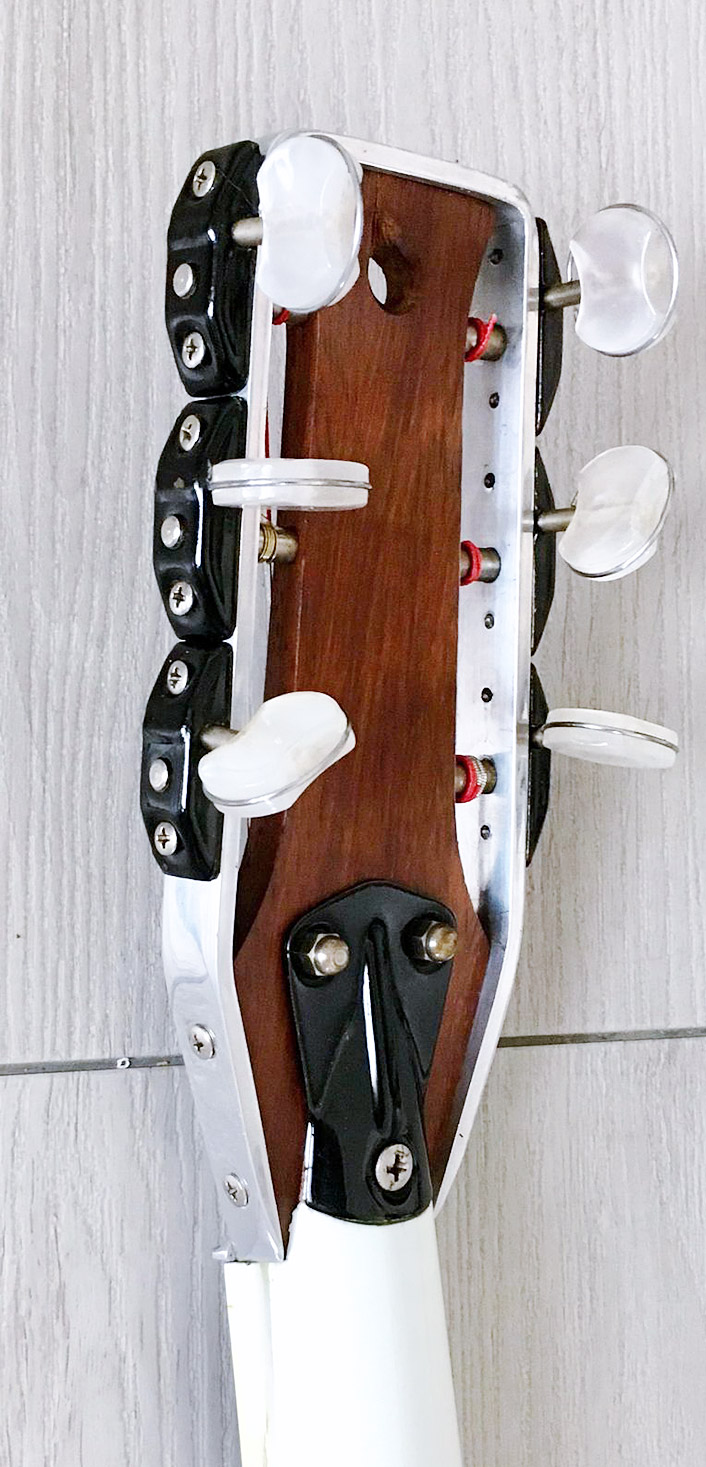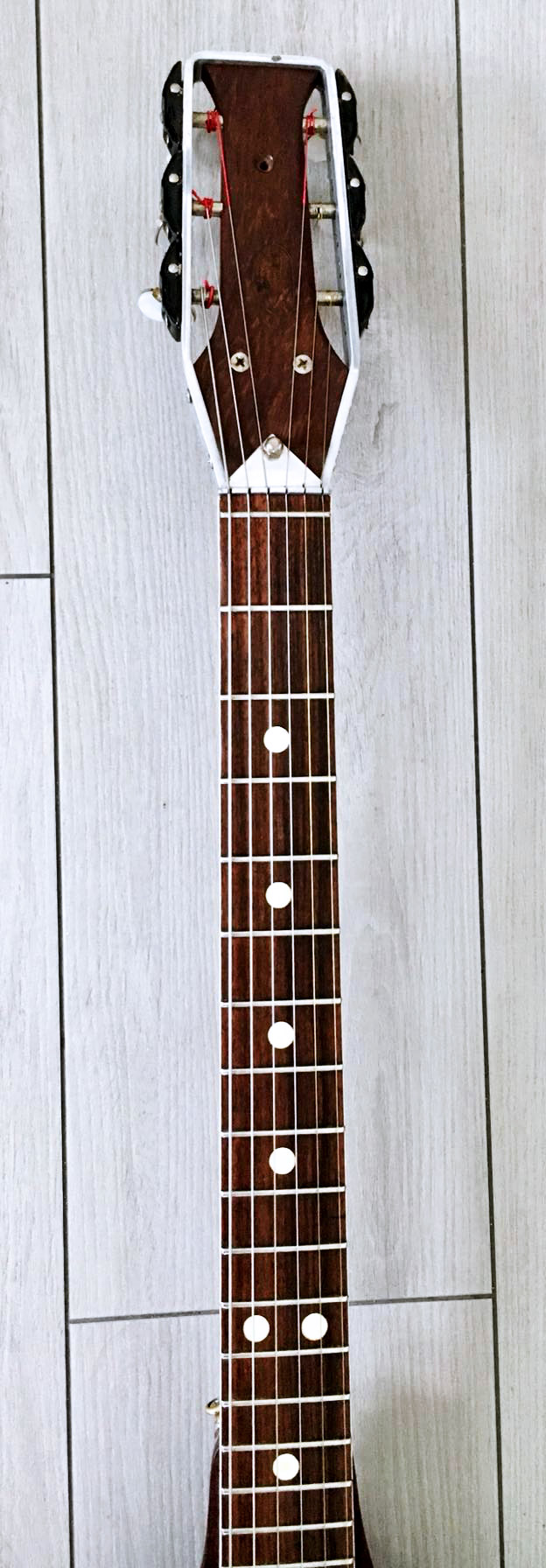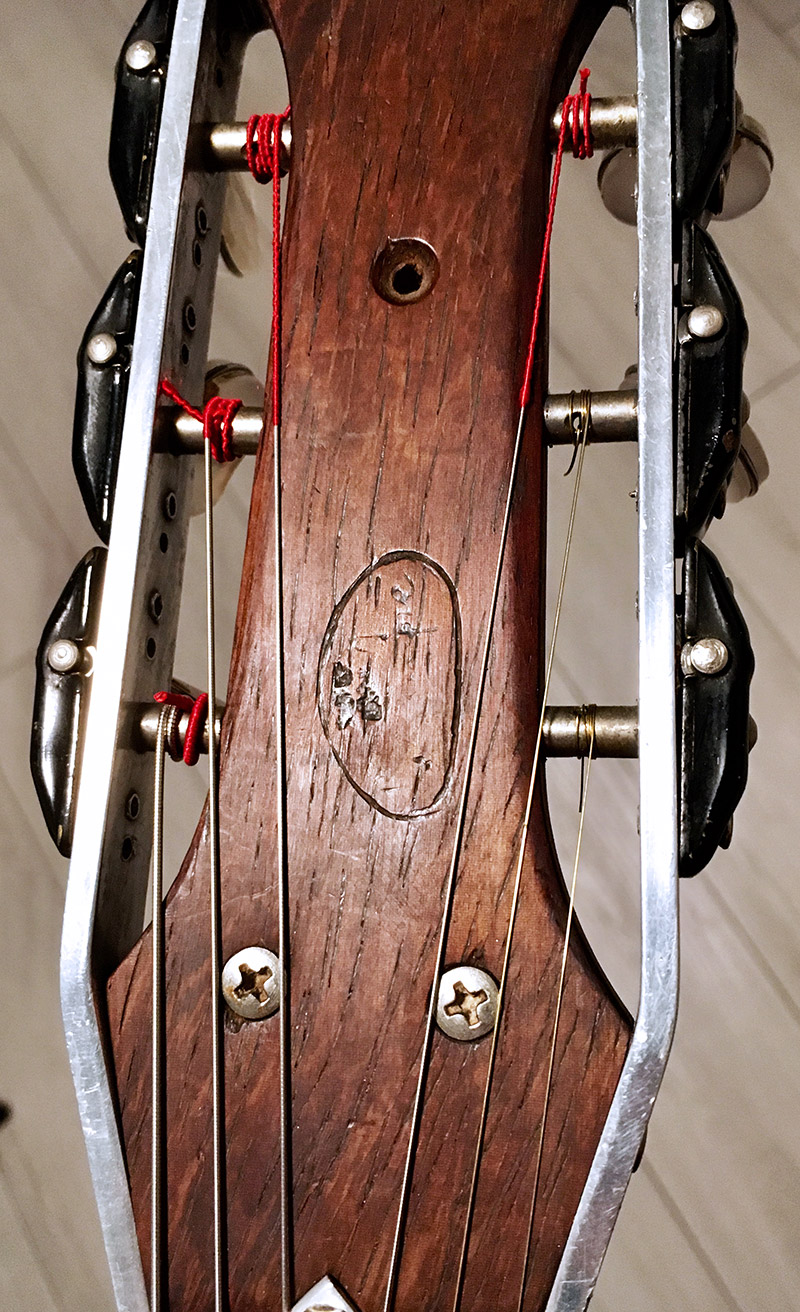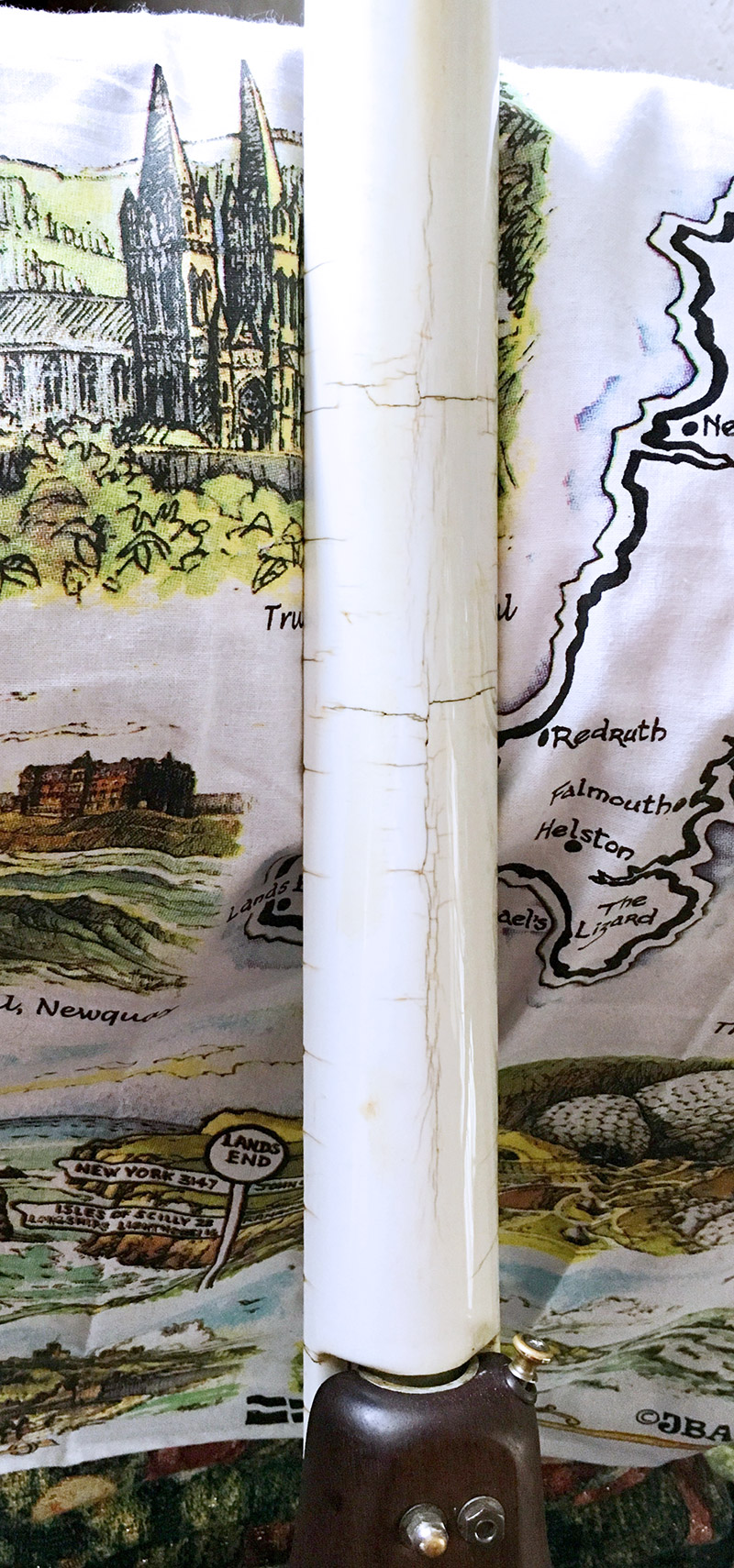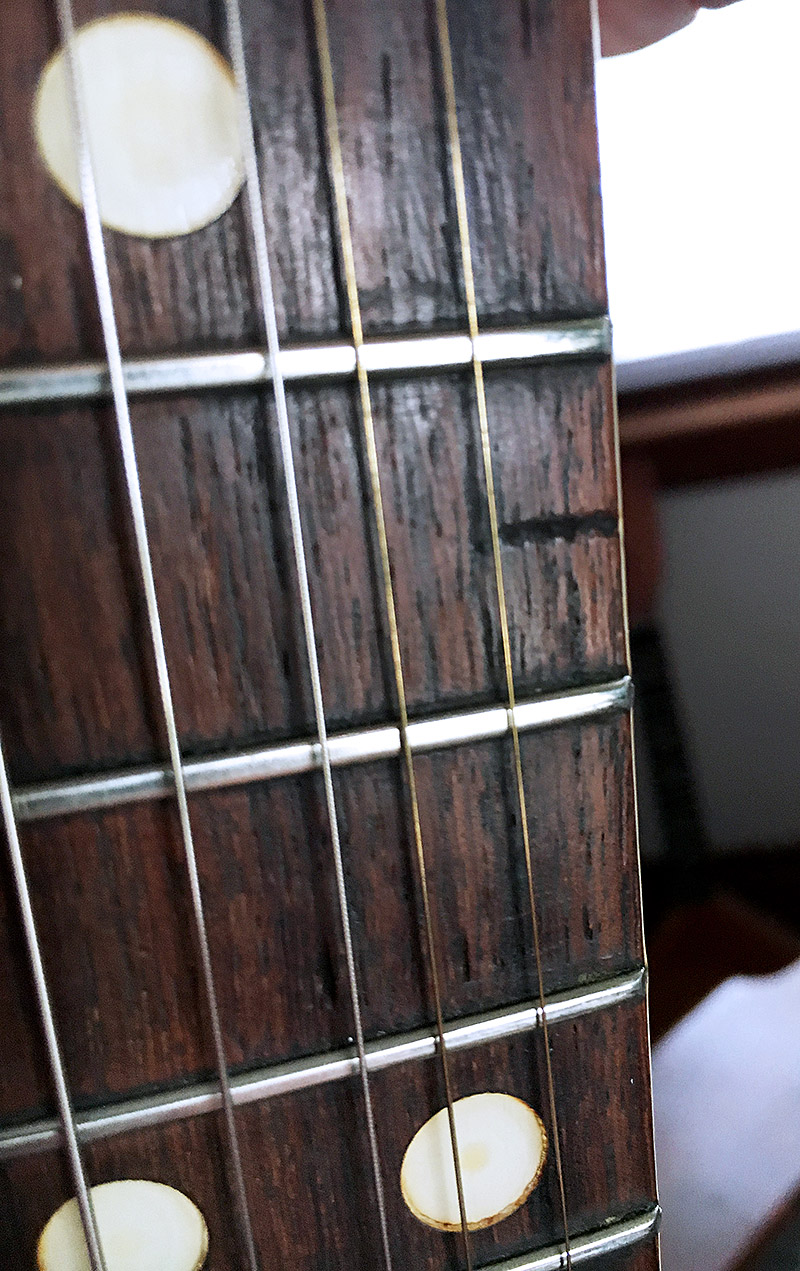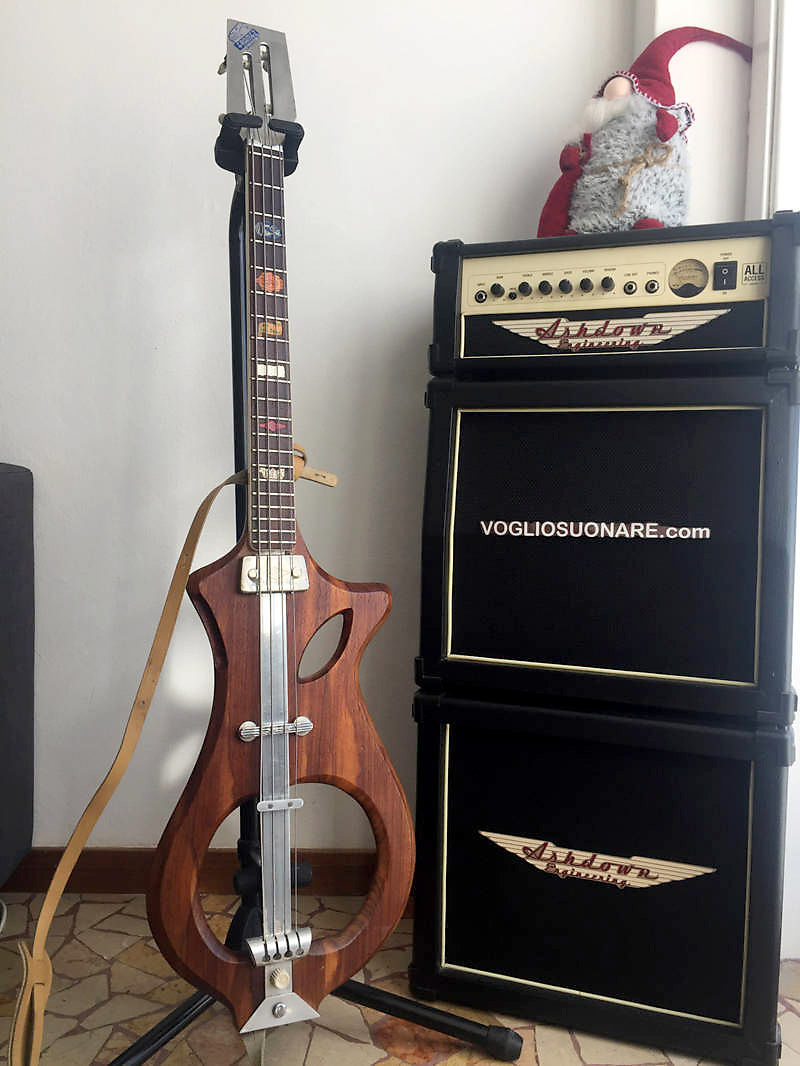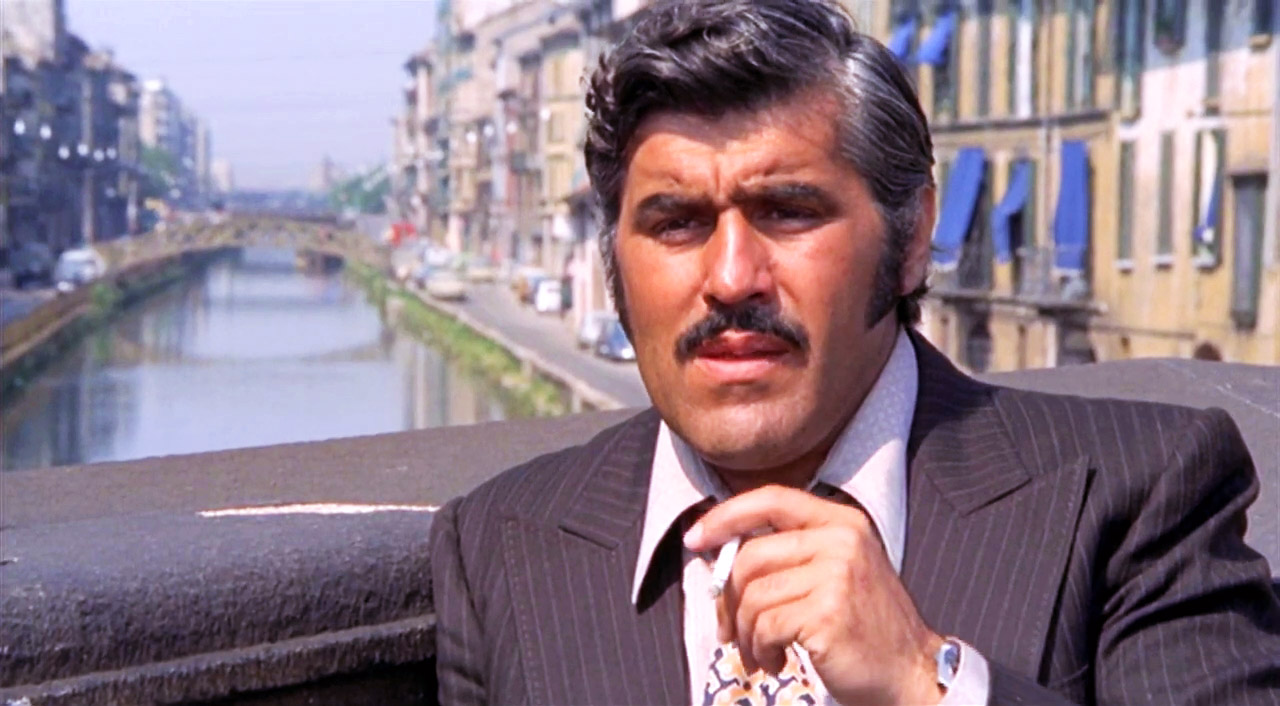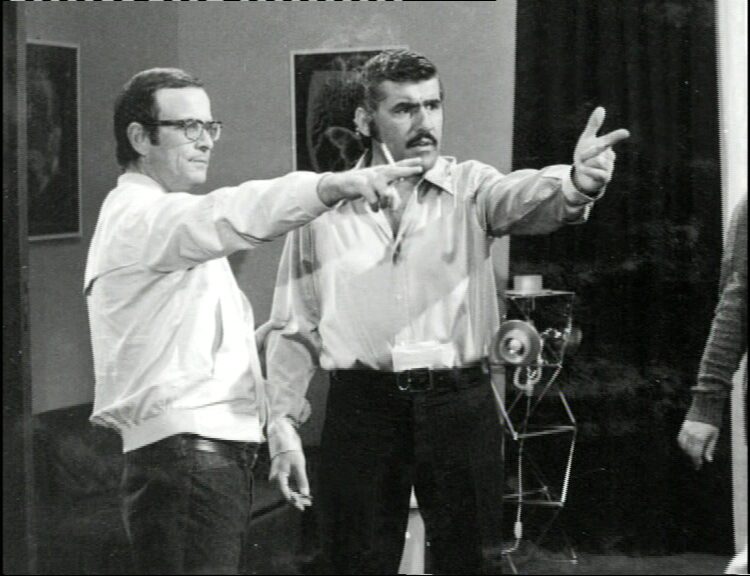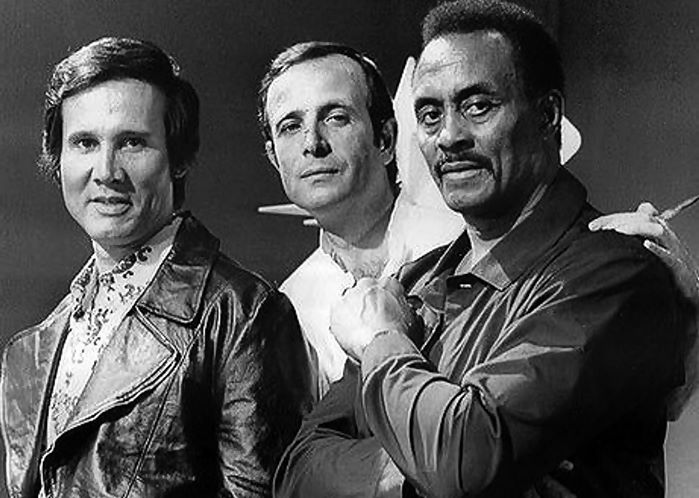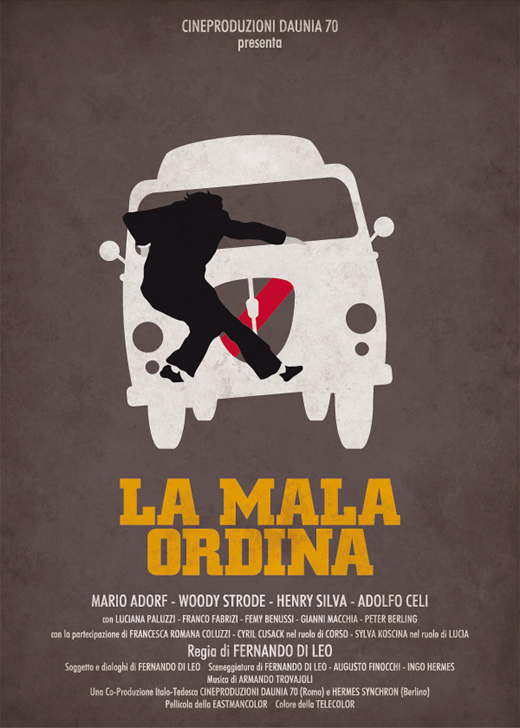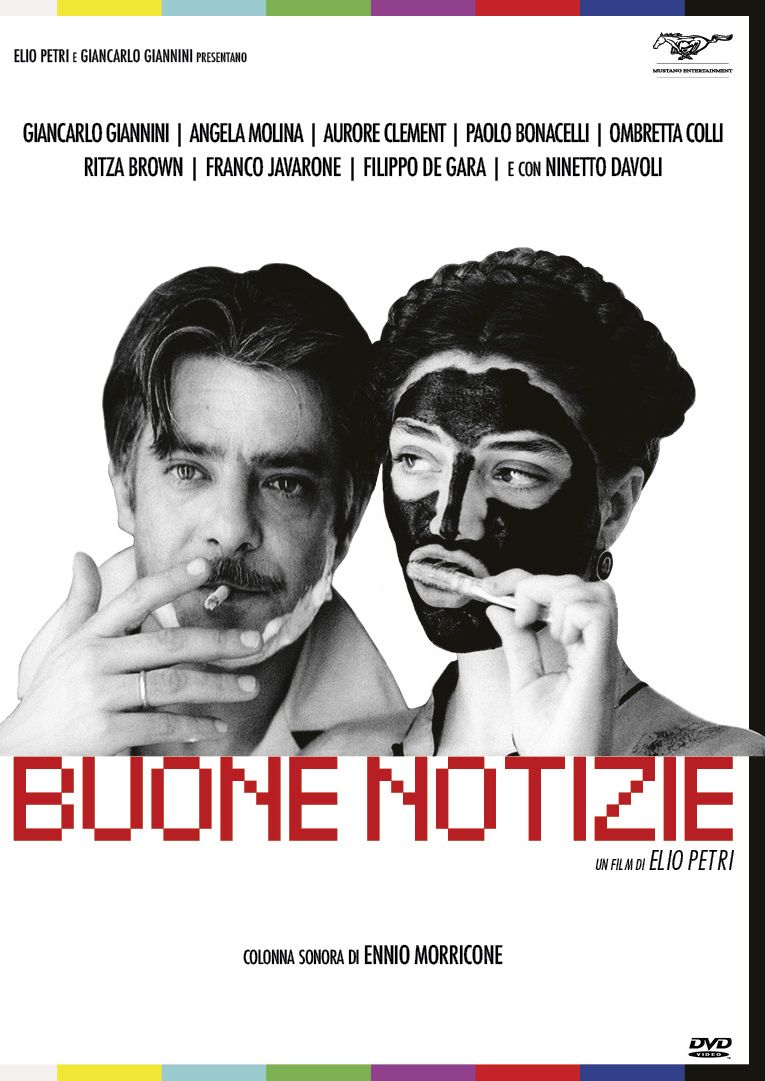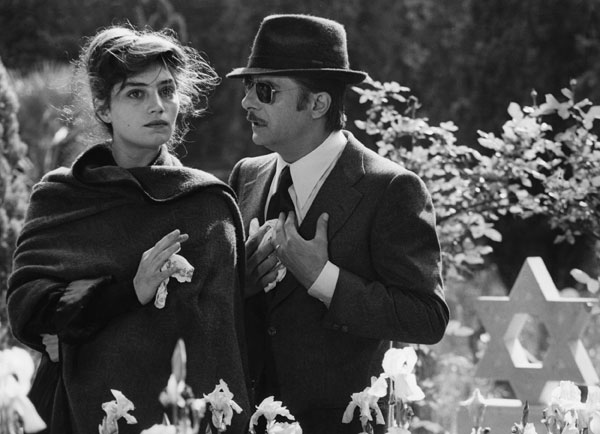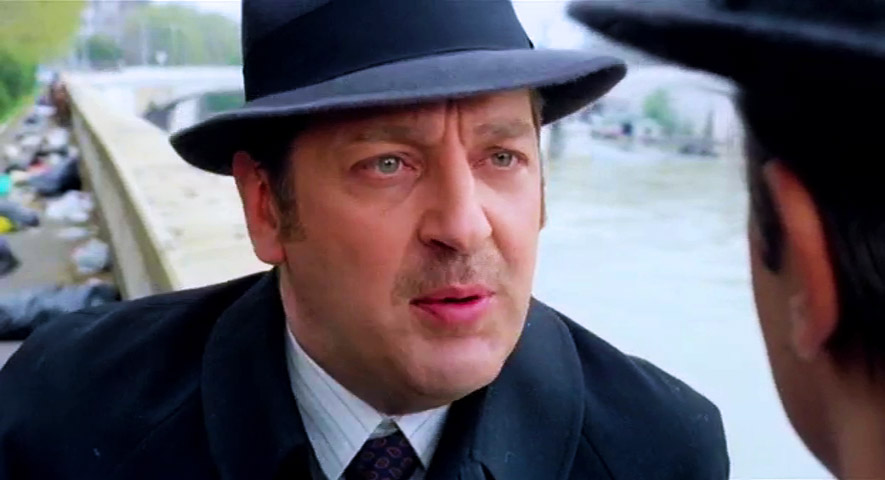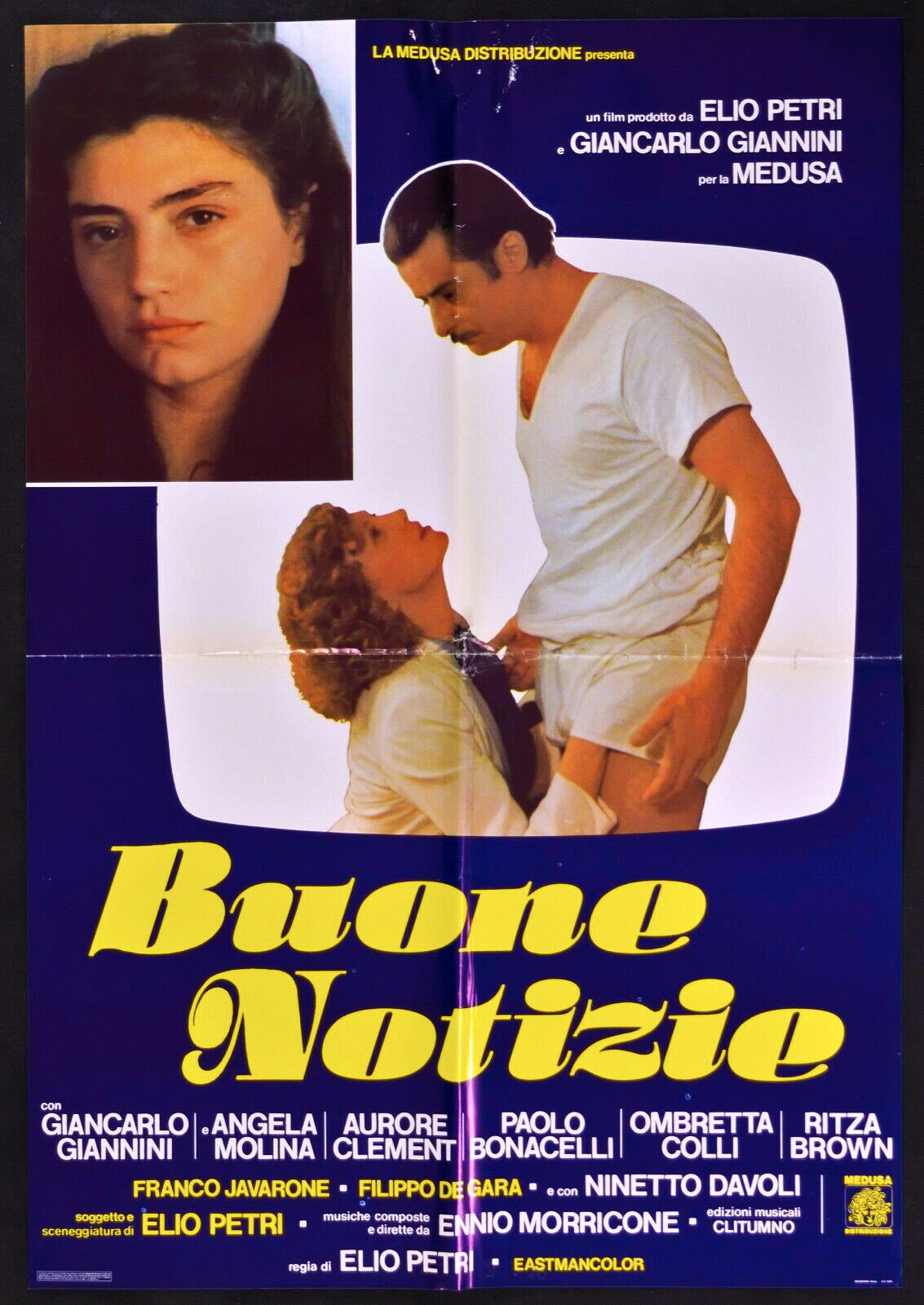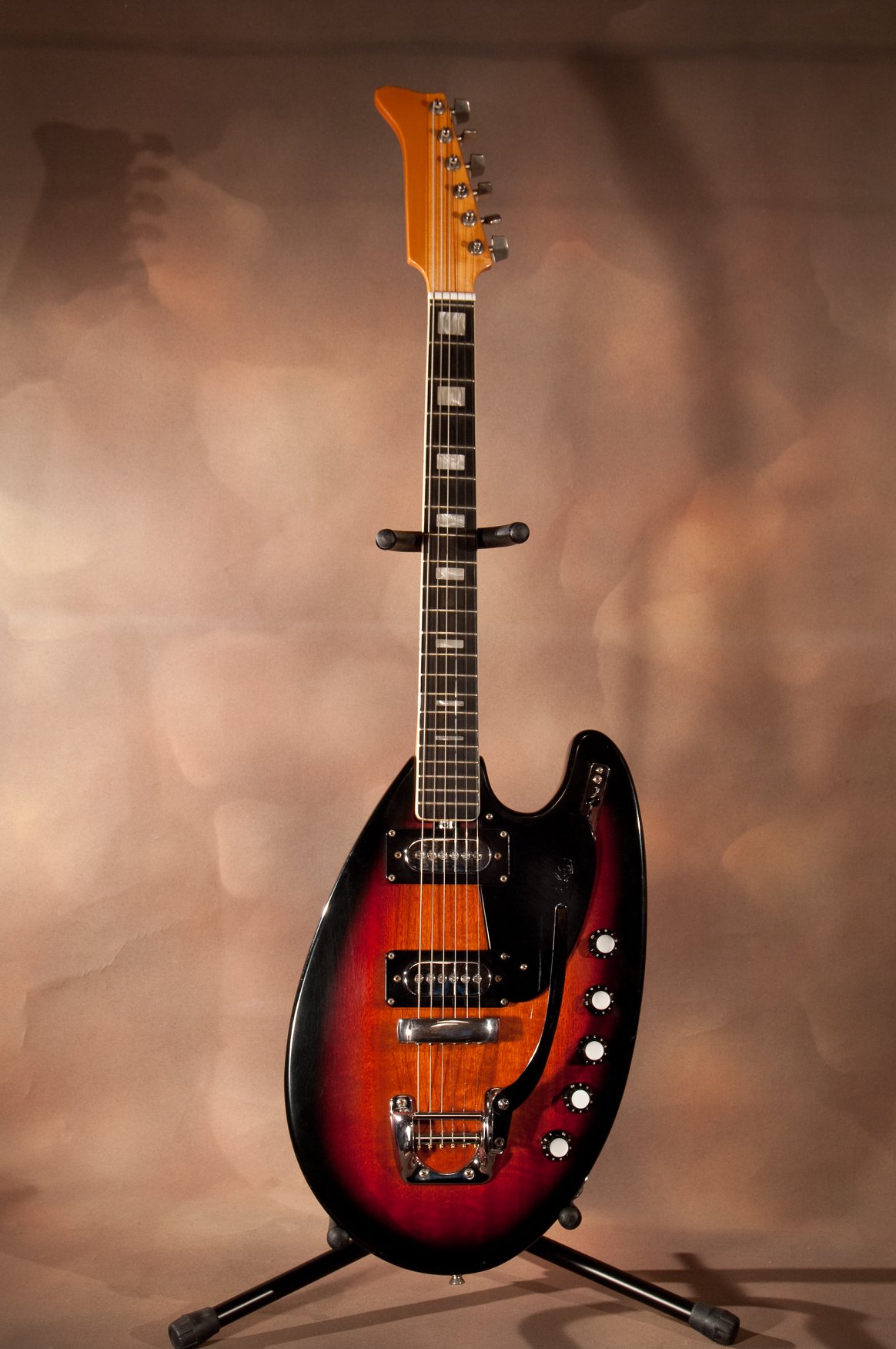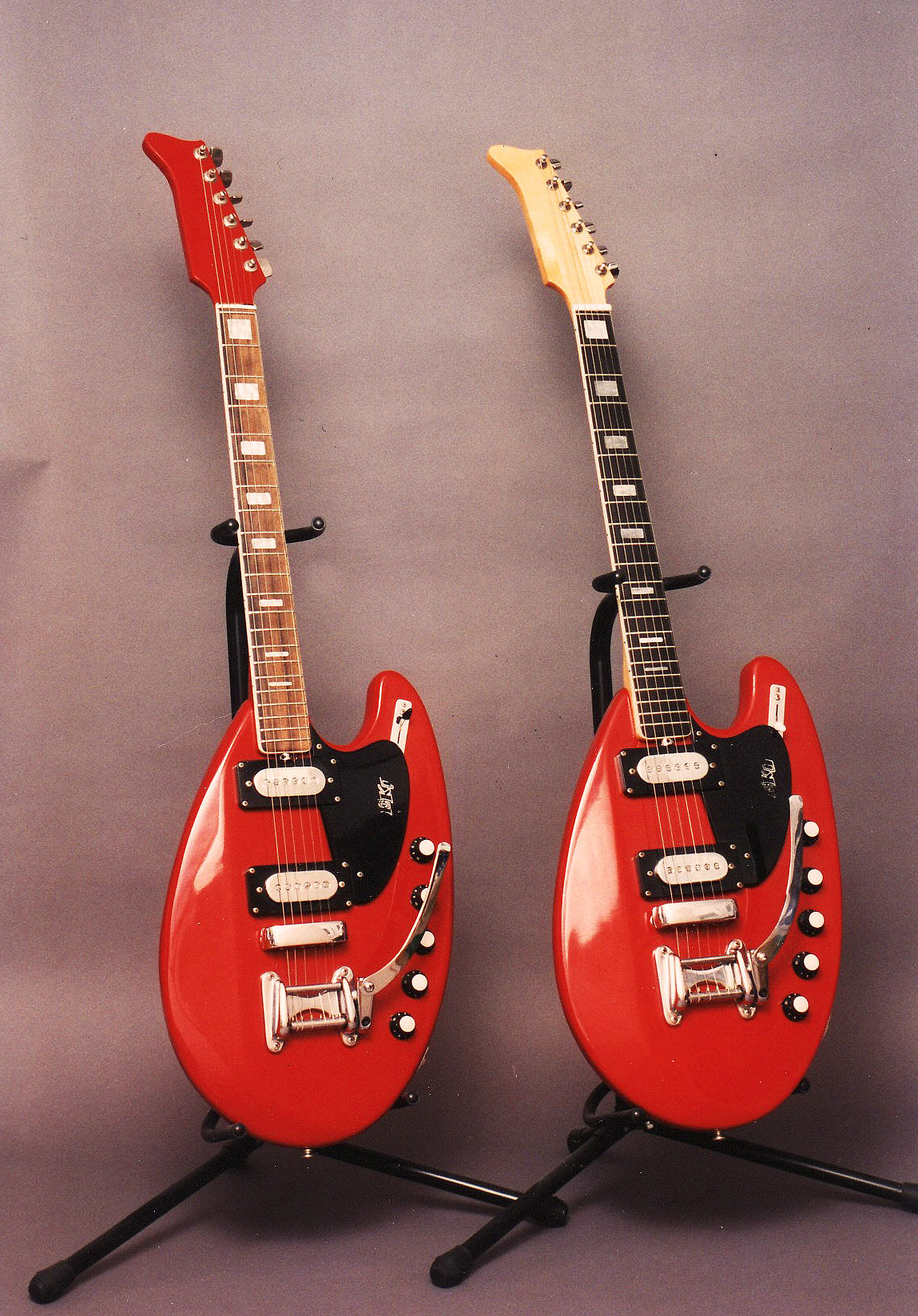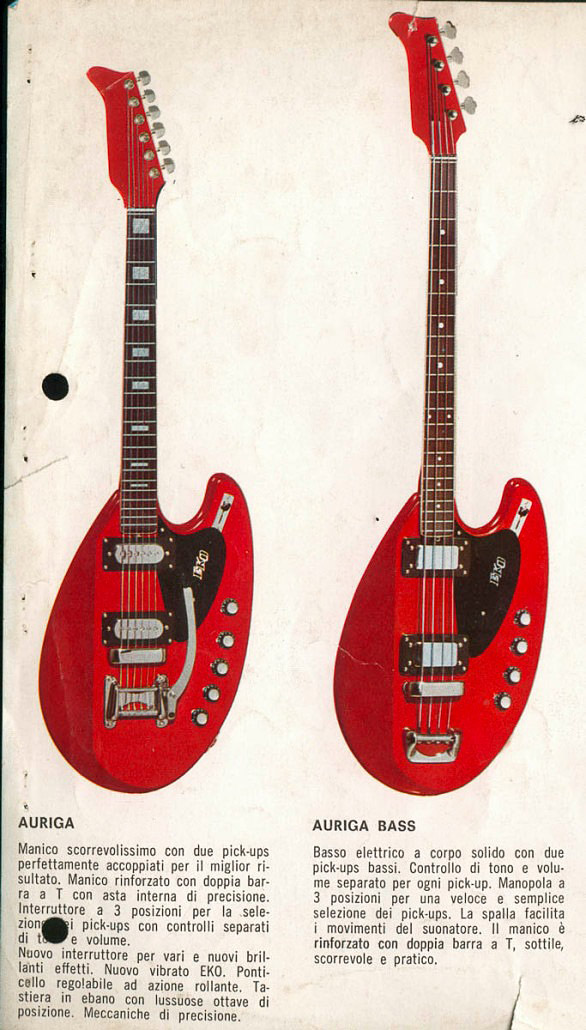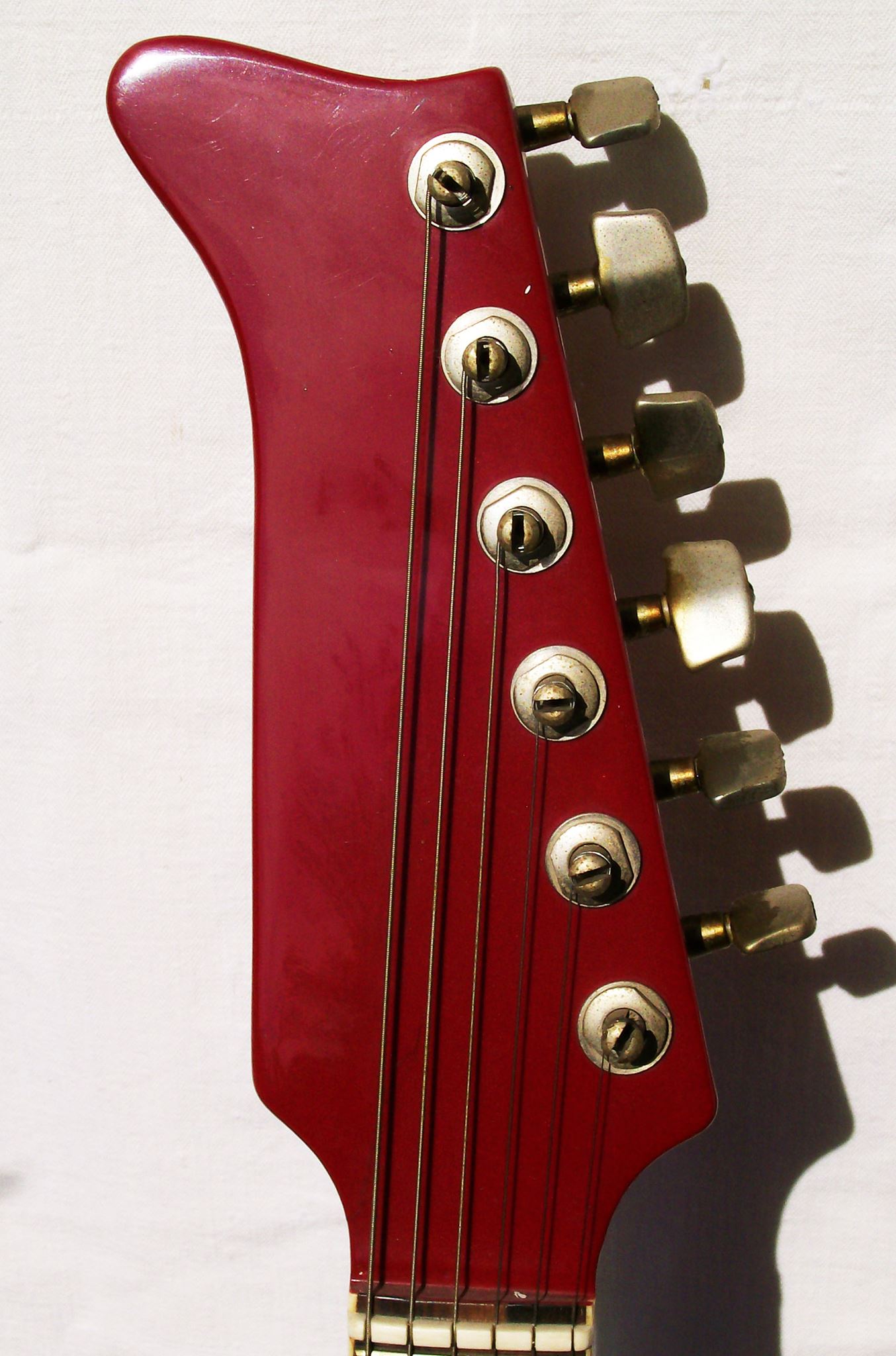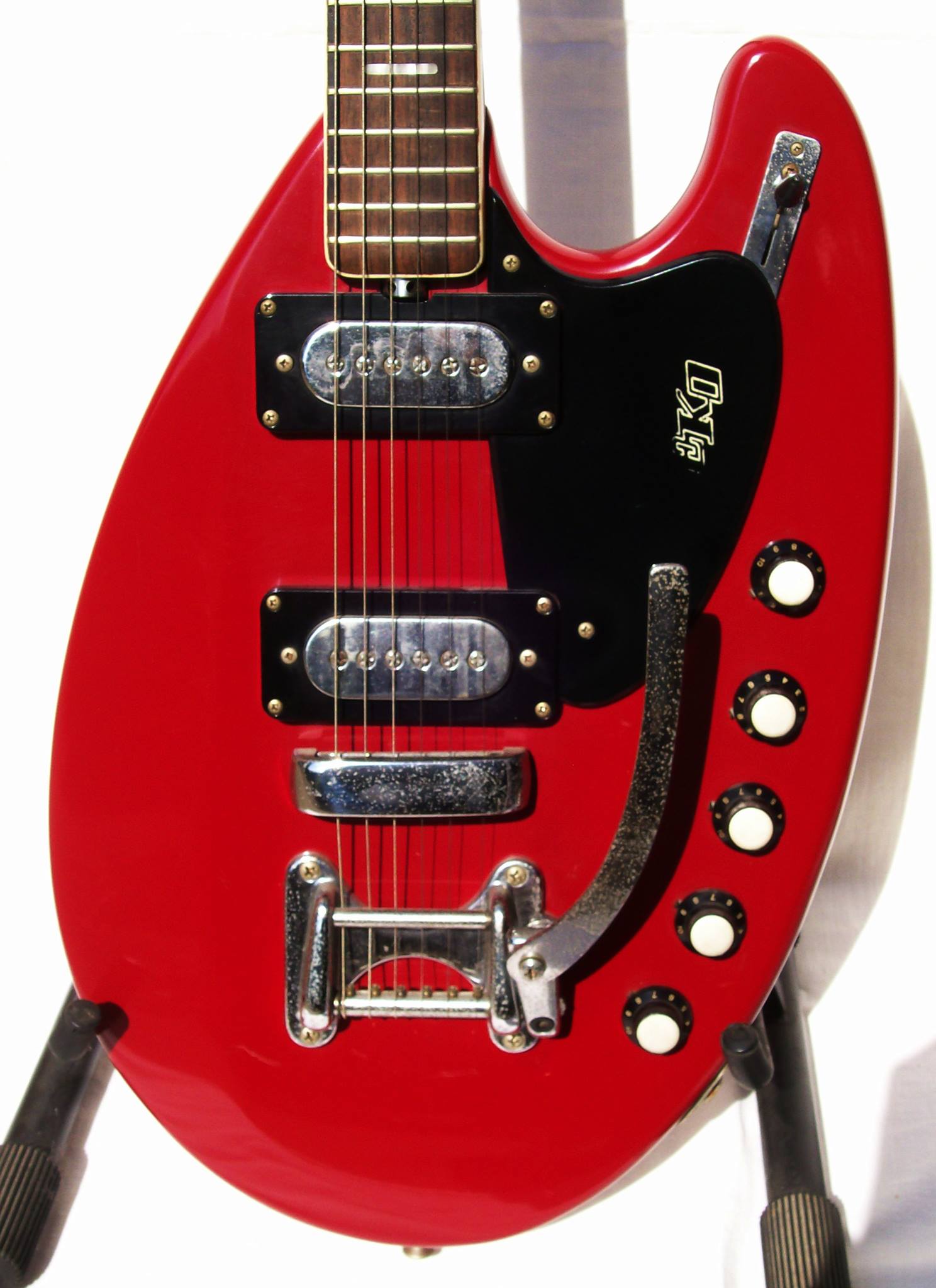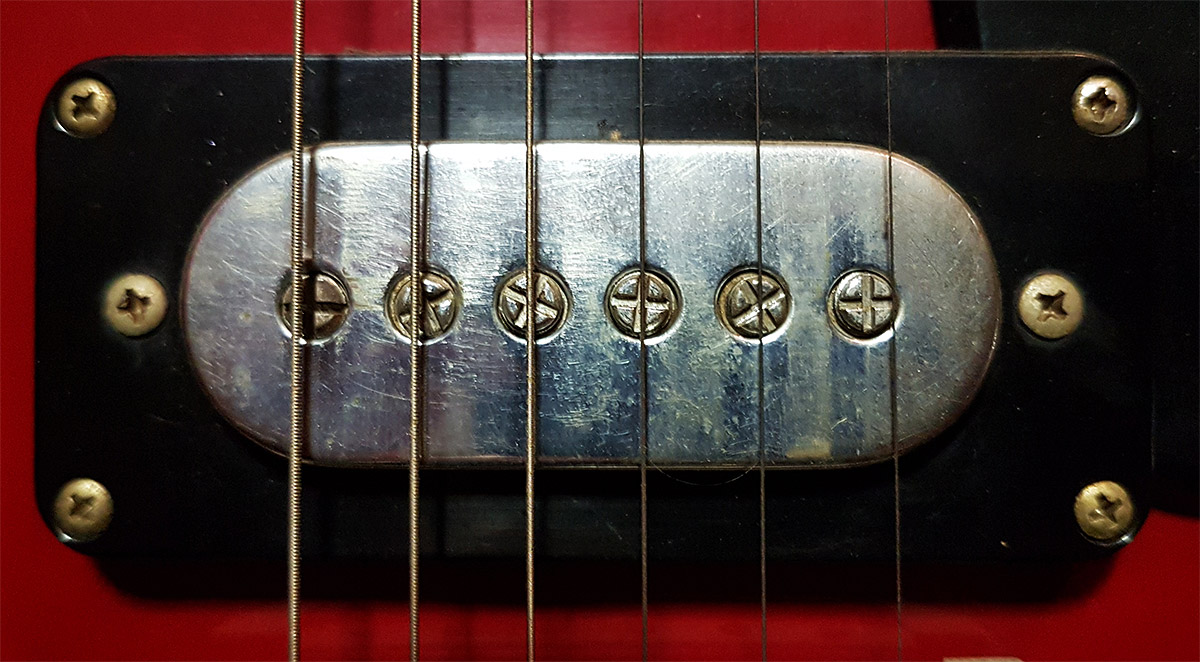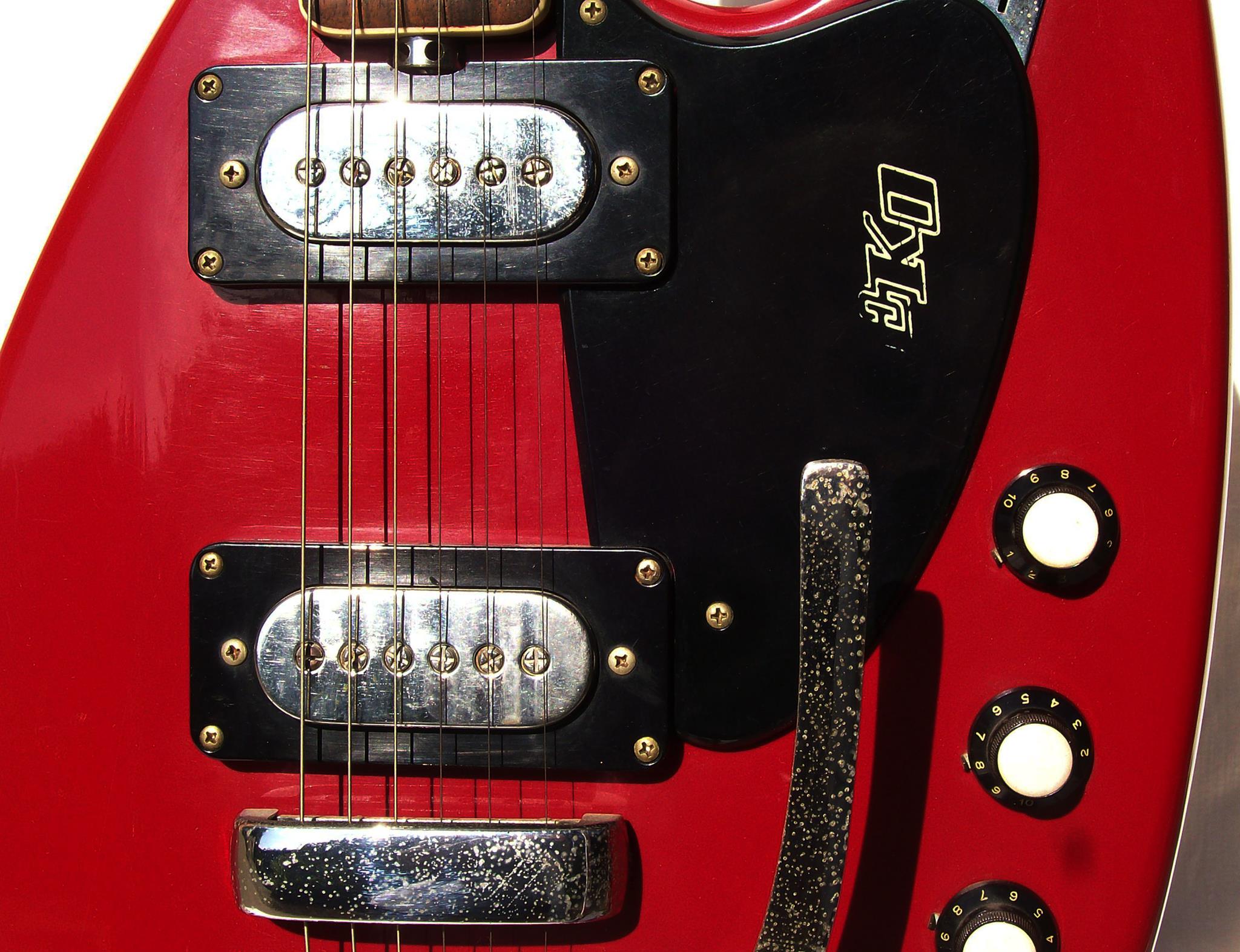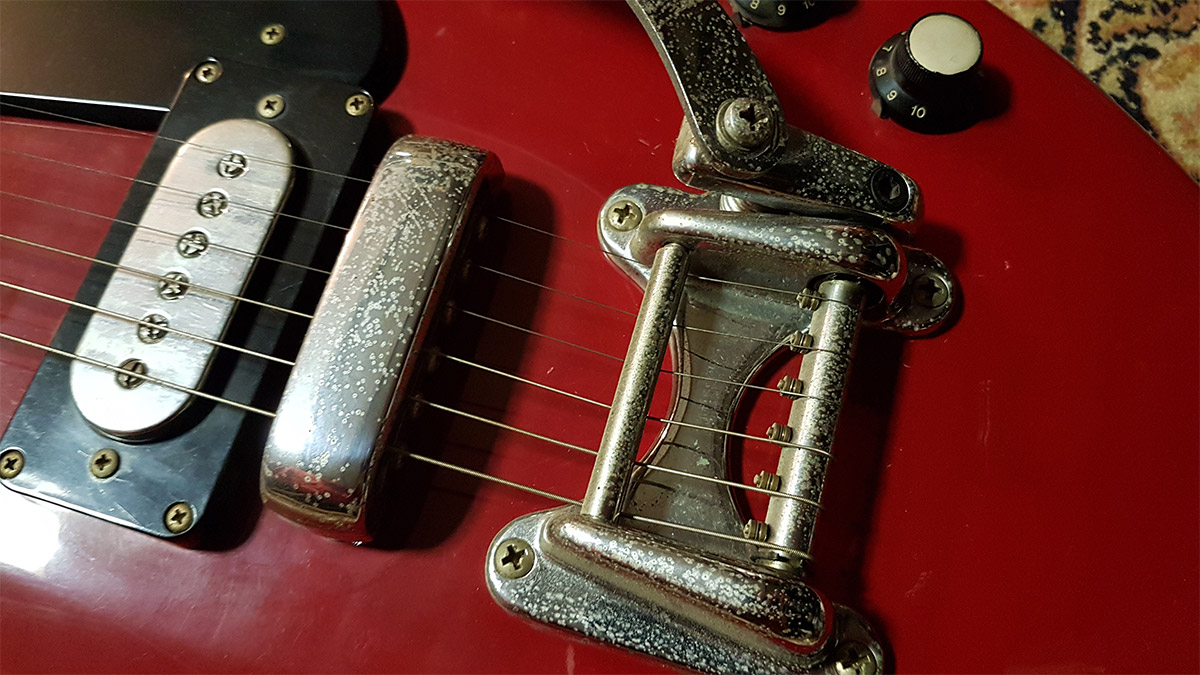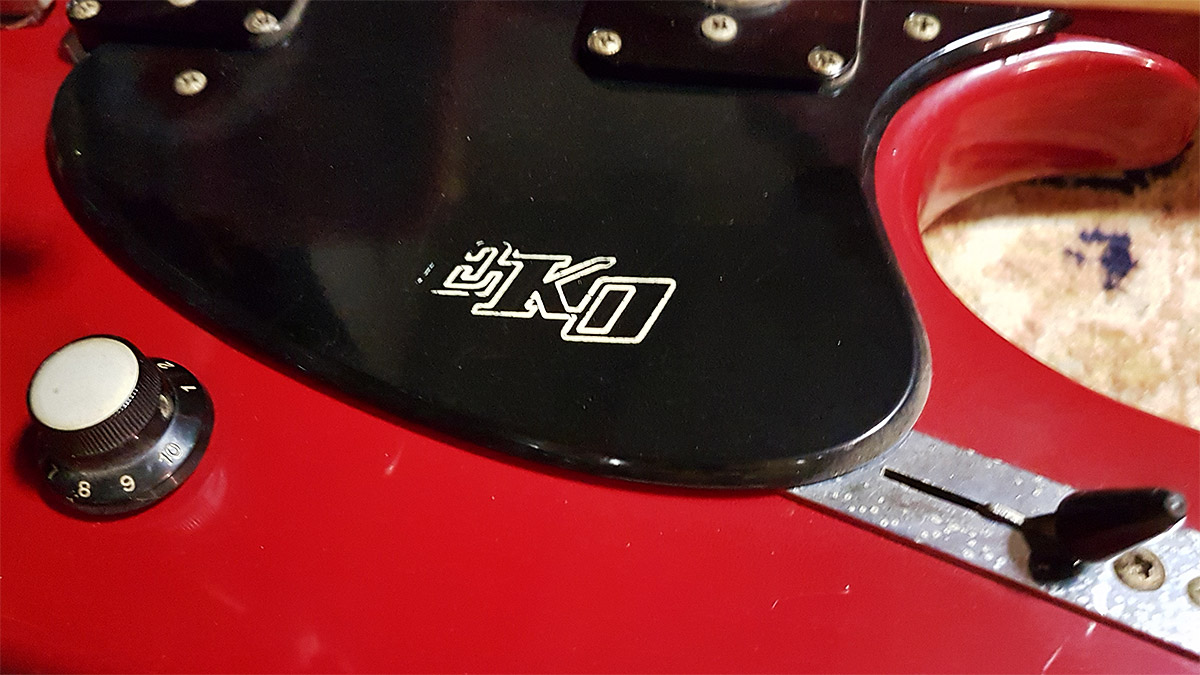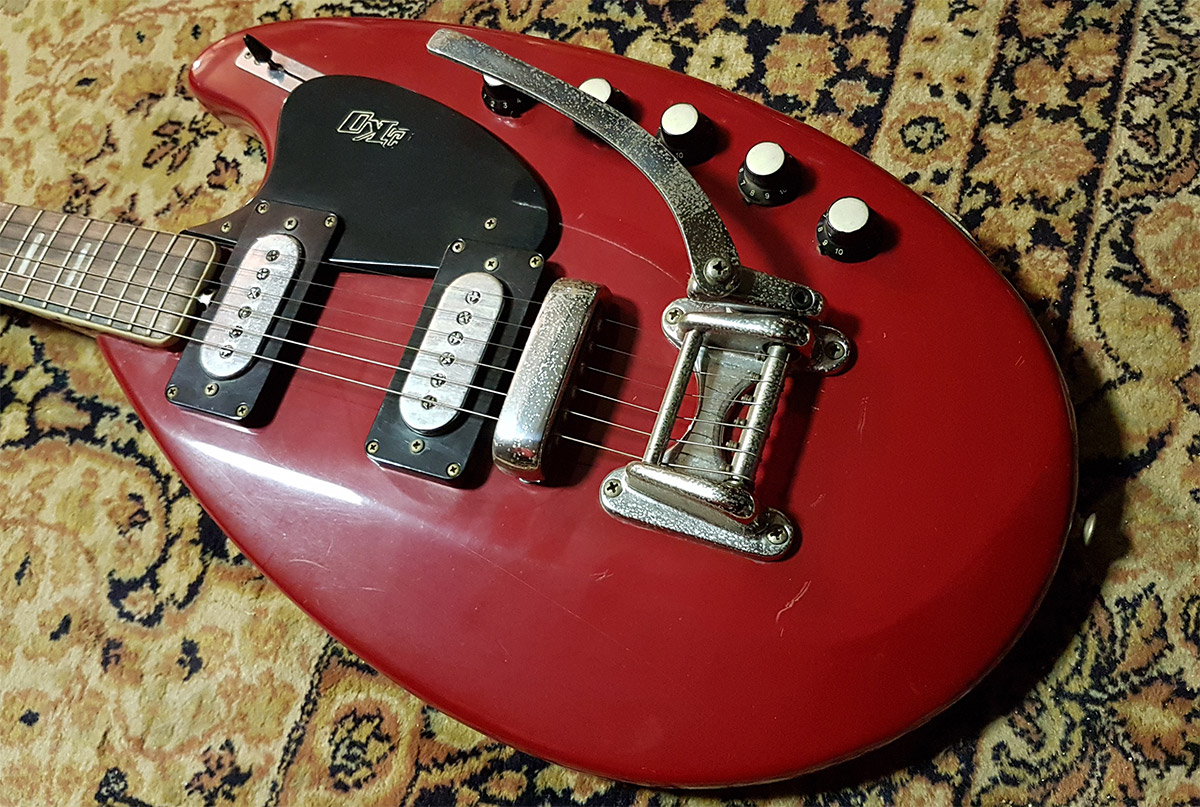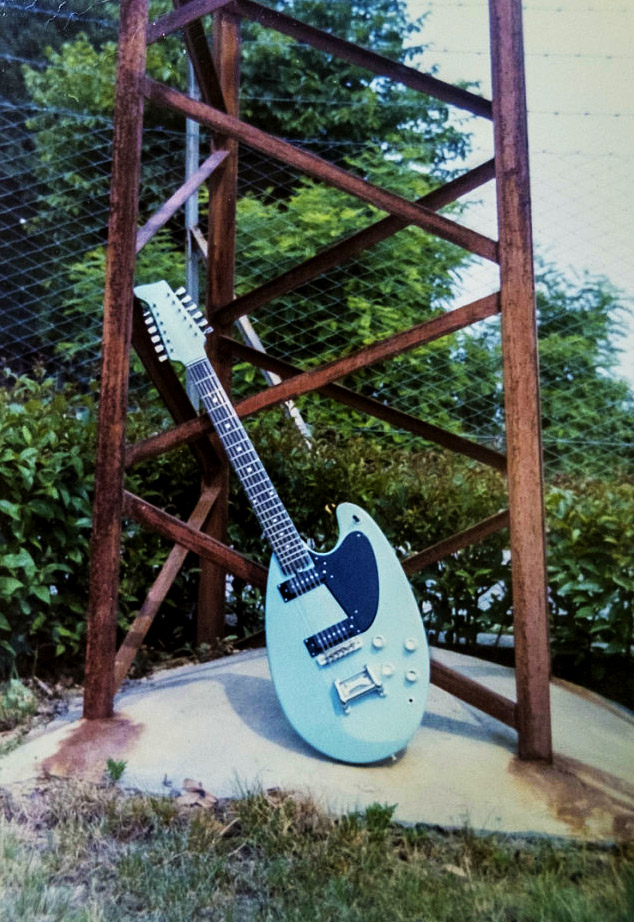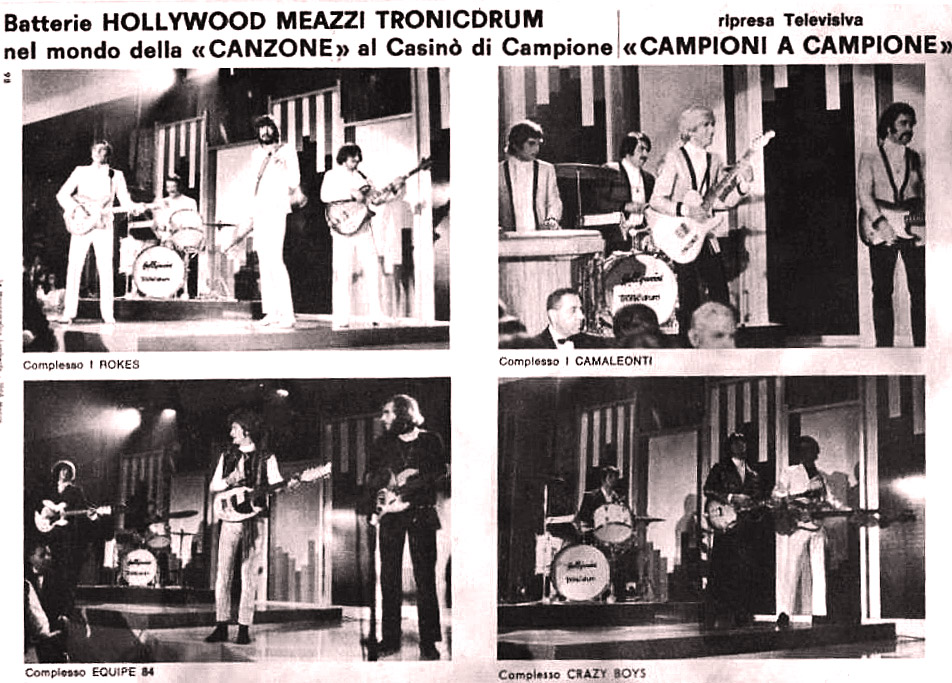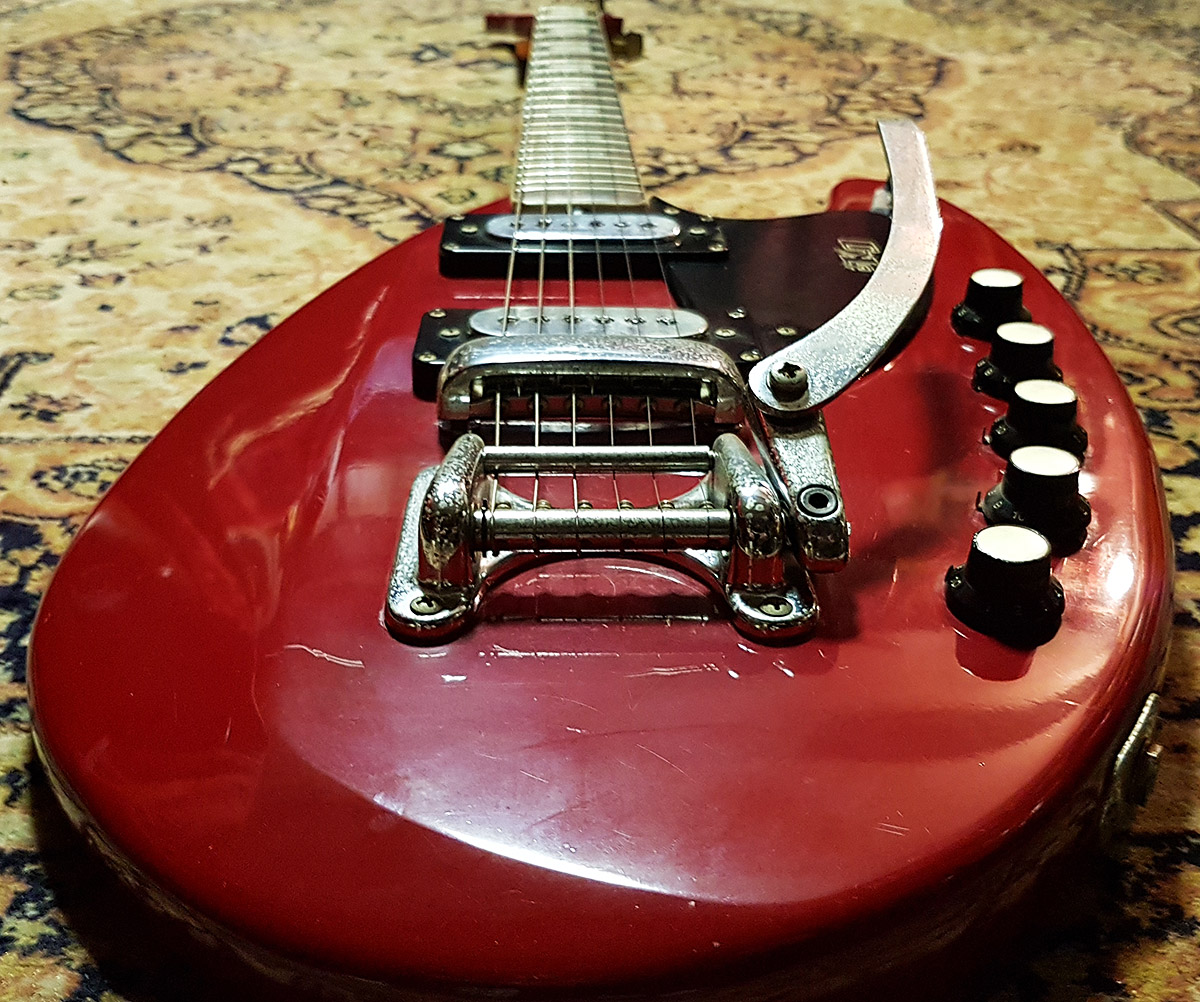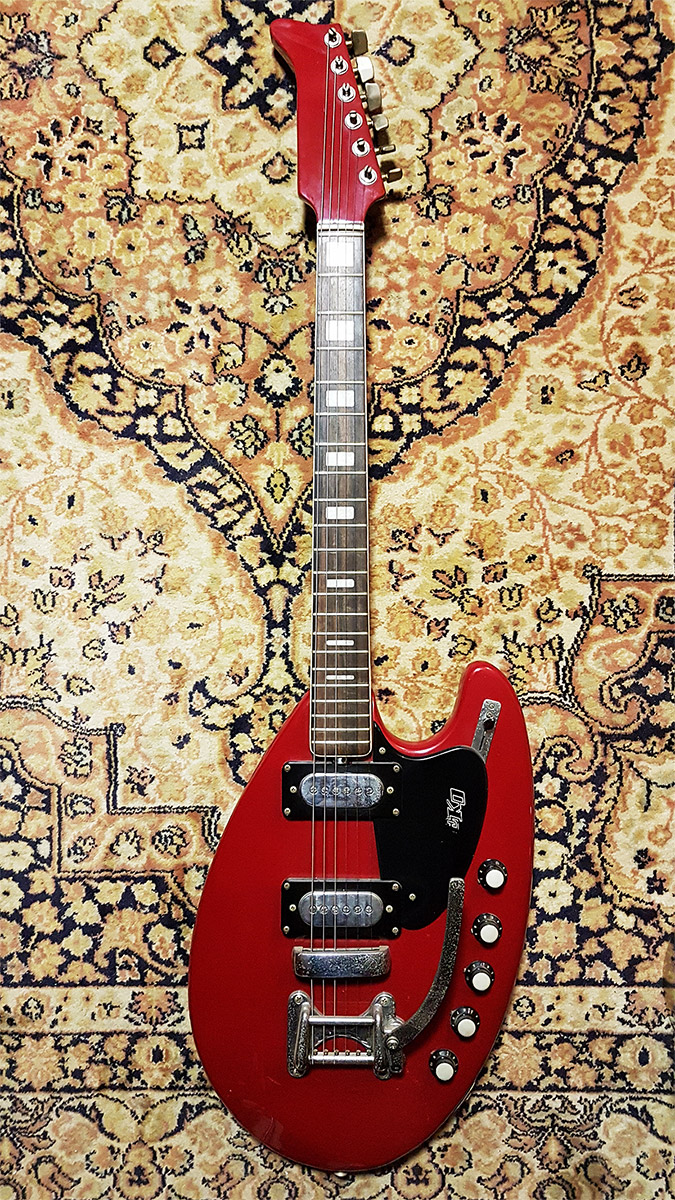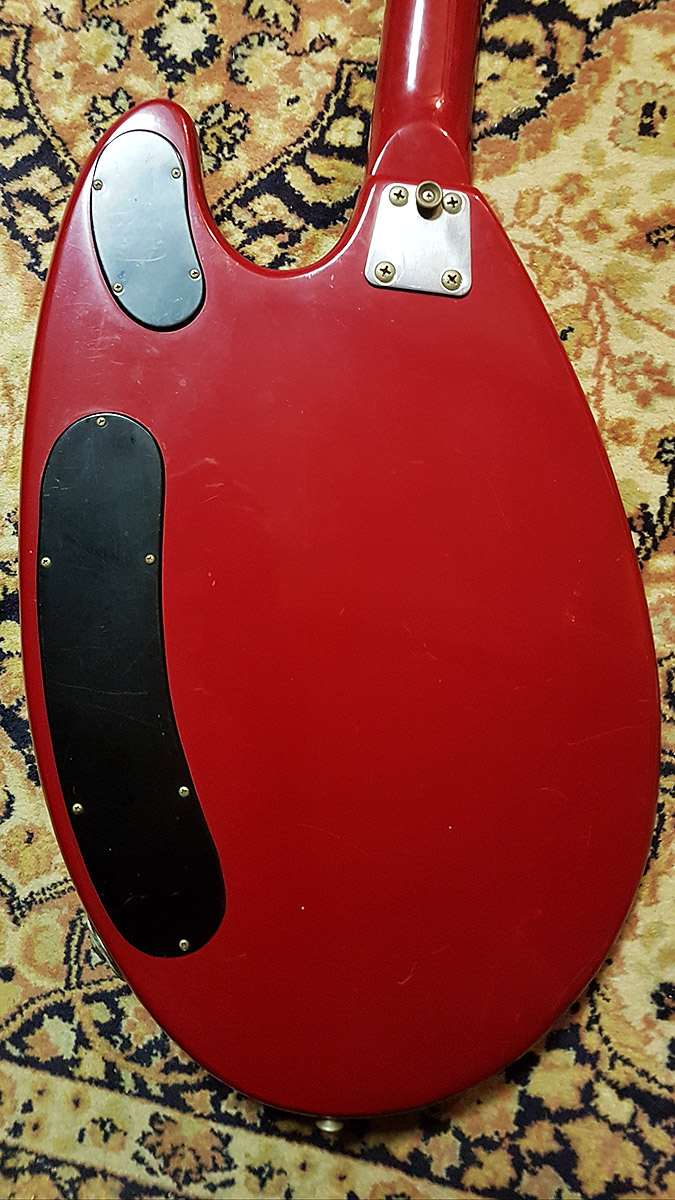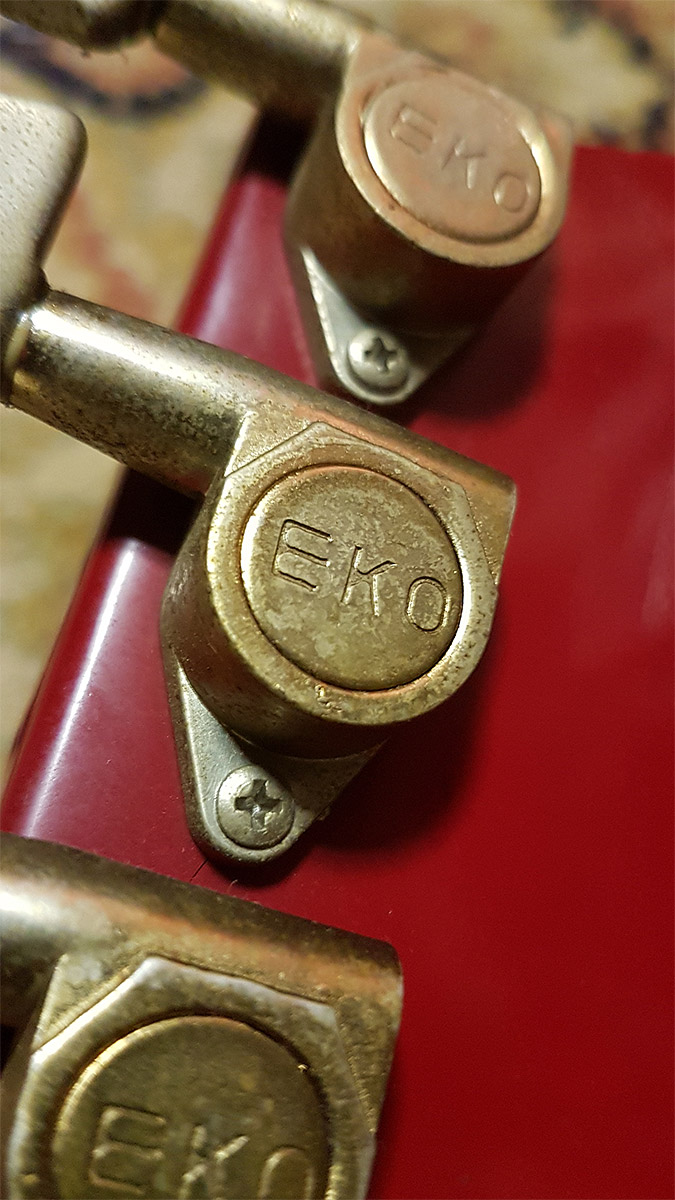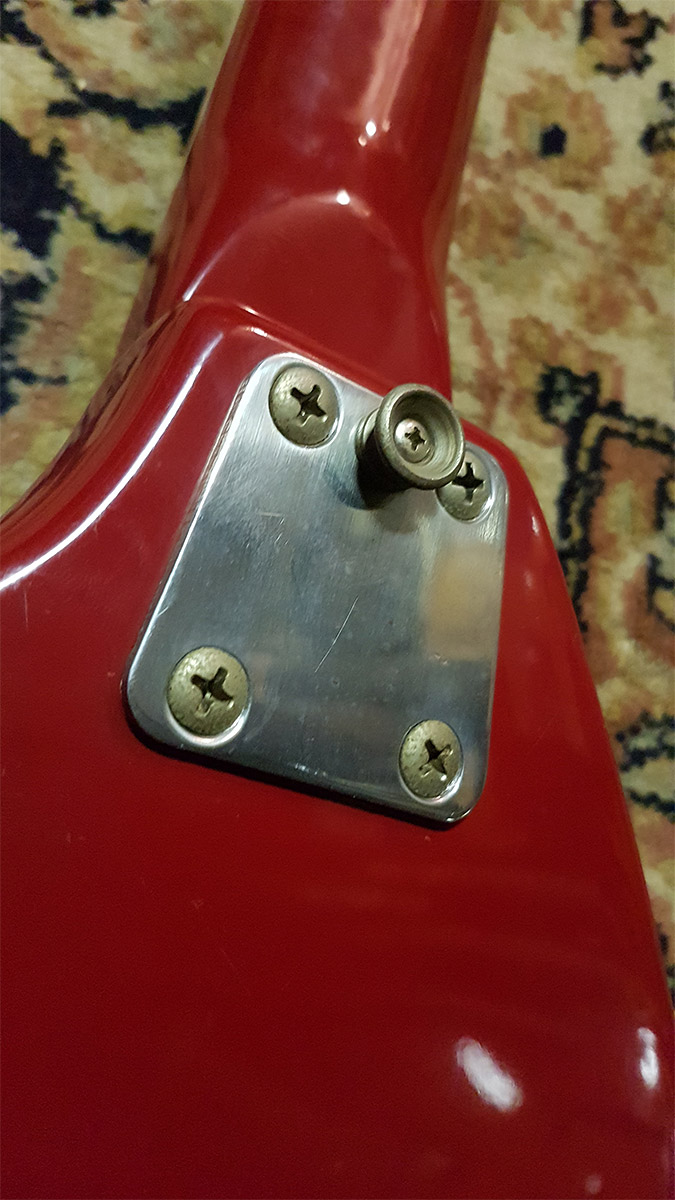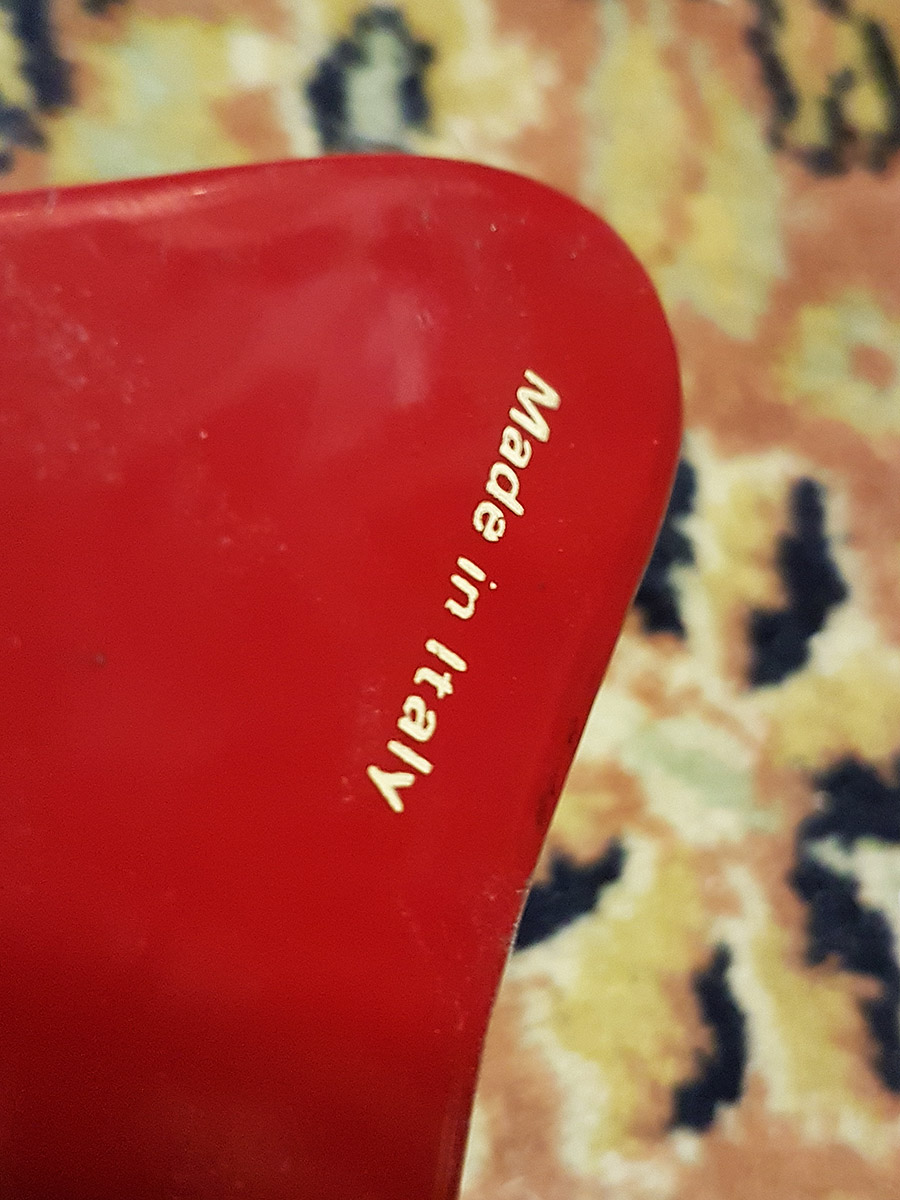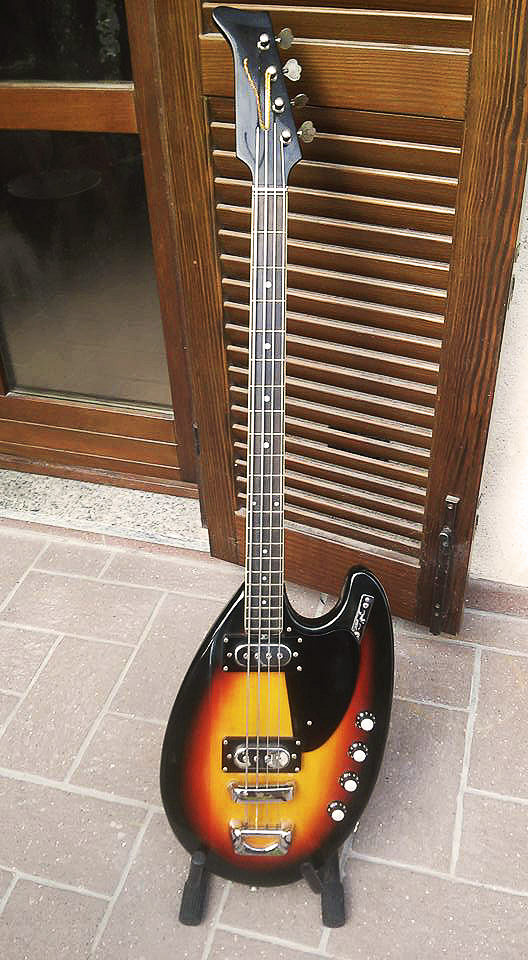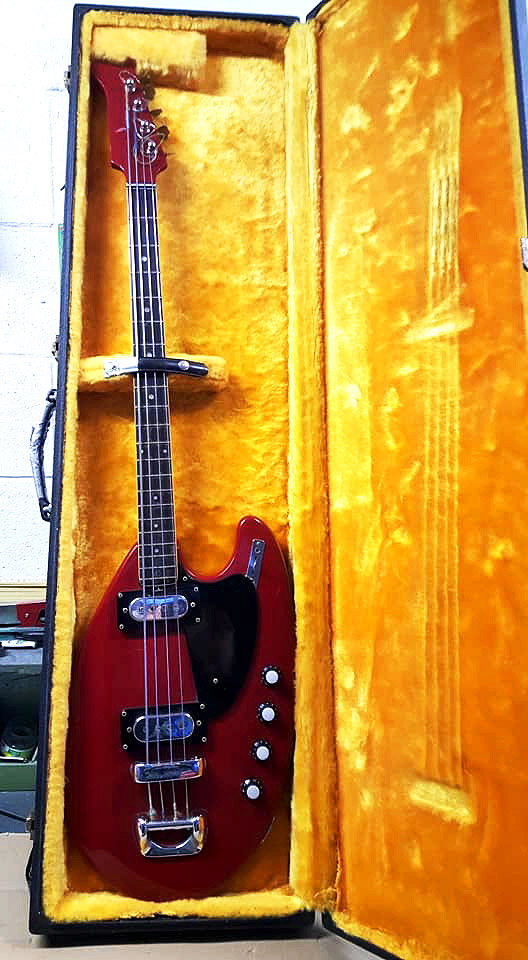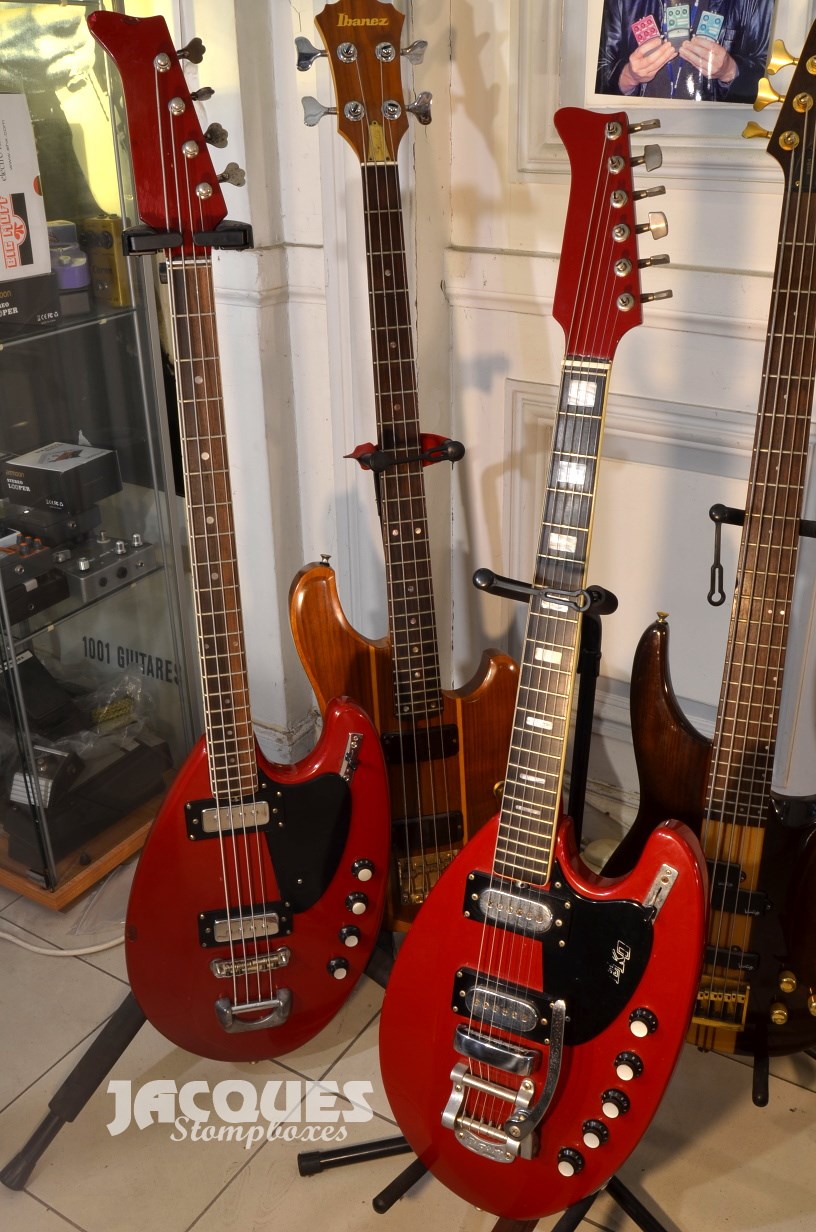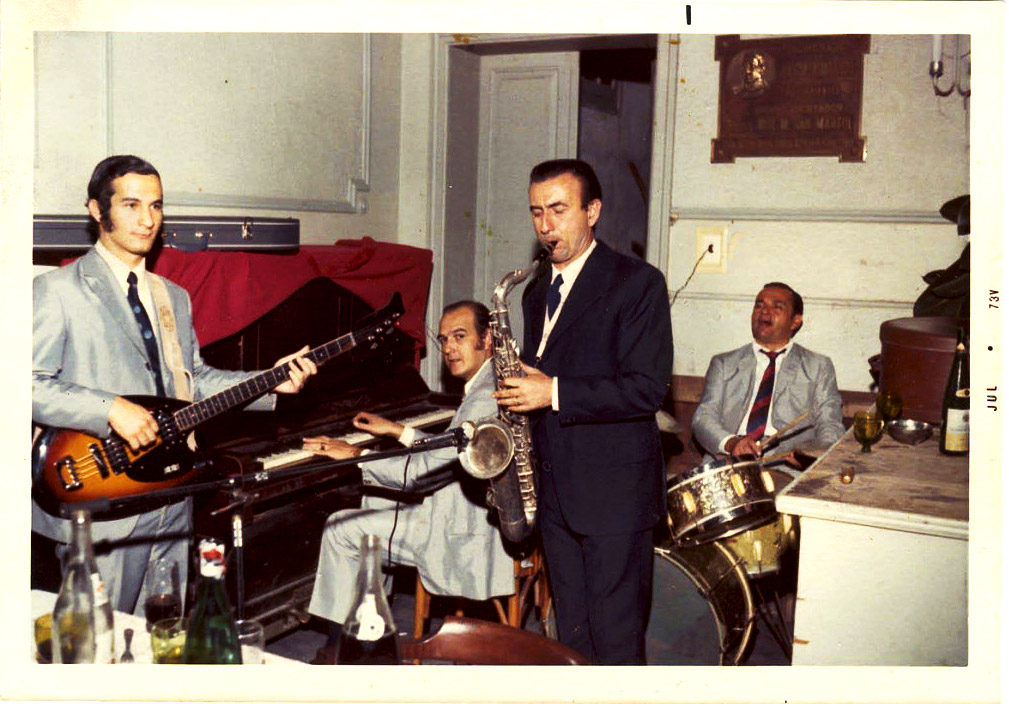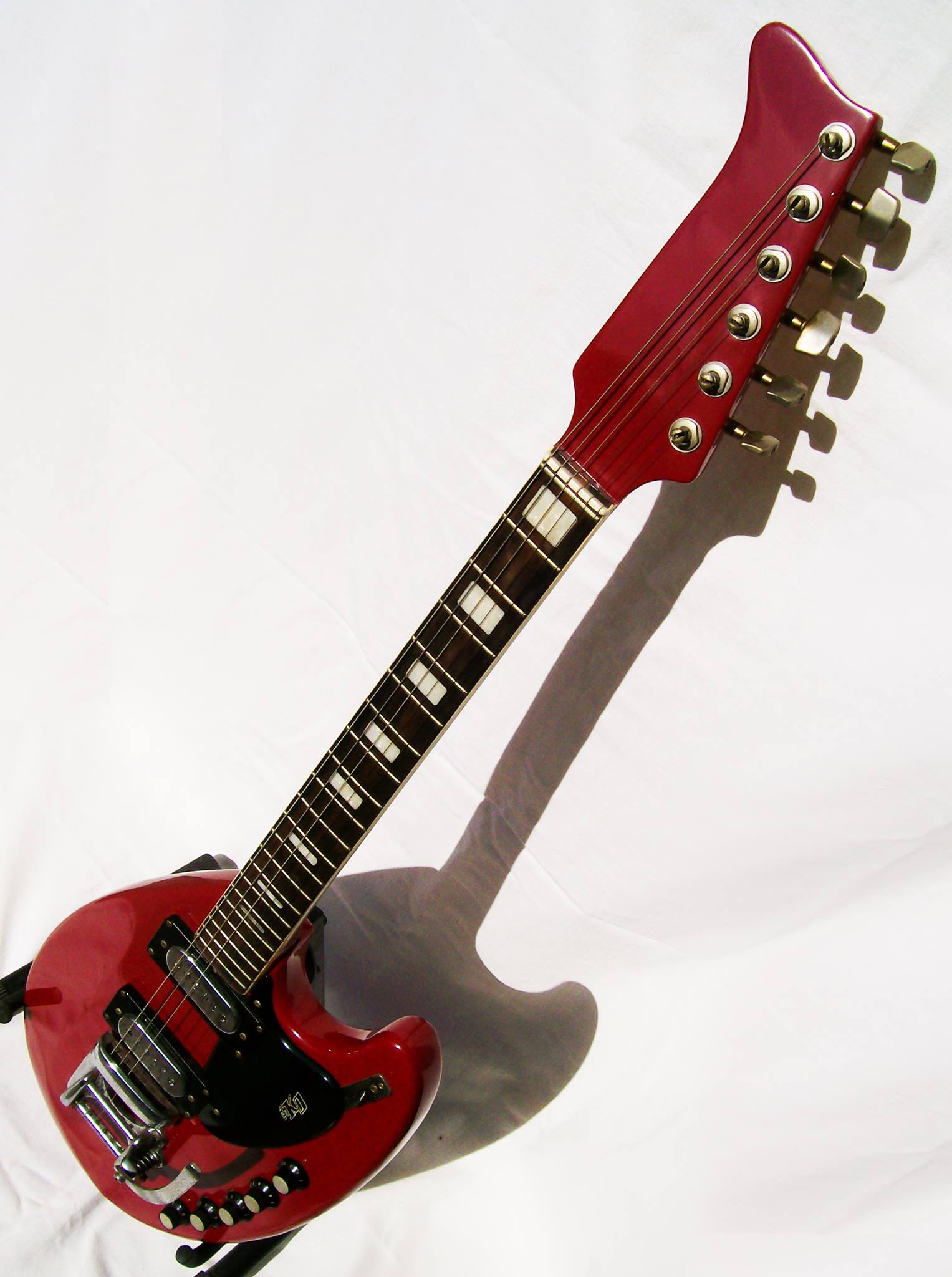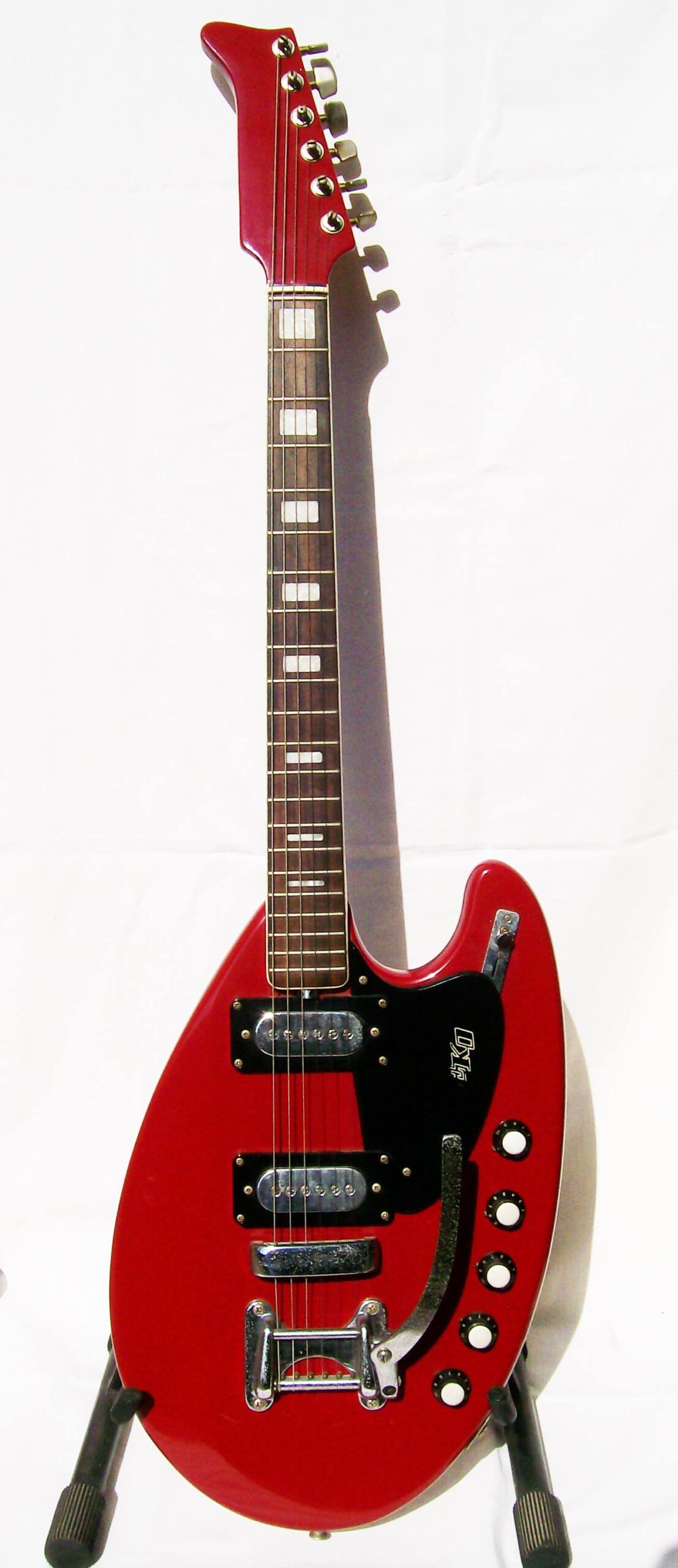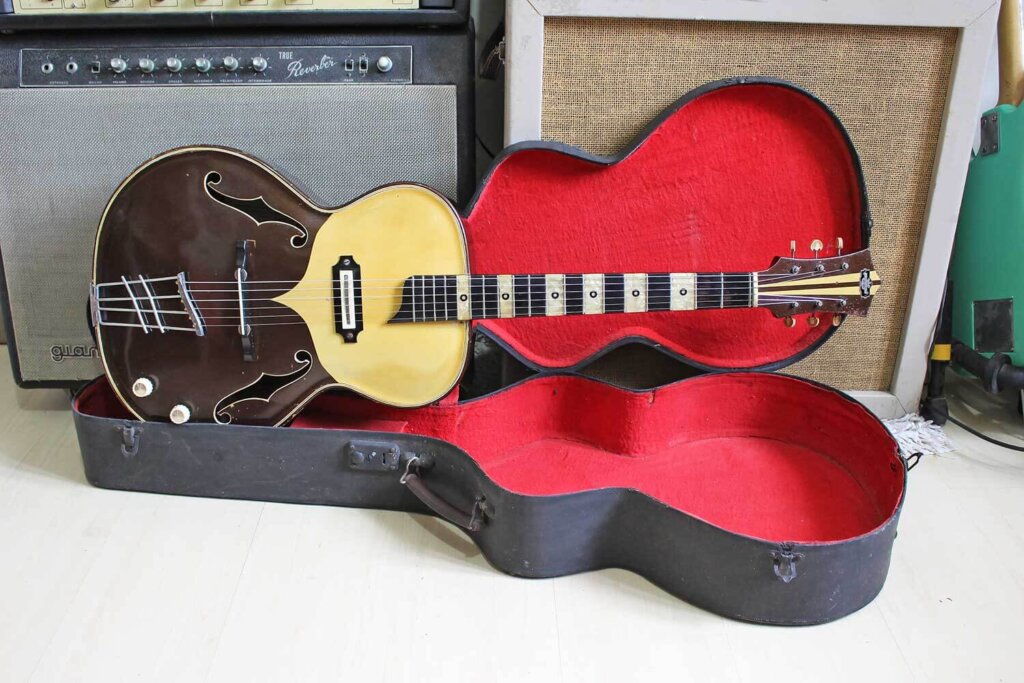
”We are delighted to inaugurate the Brazilian instrument space with this nice article on Giannini guitars, which our affiliate Fernando wrote especially for Classic2vintage.
Lorenzo
Fernando is a competent luthier and a great expert and enthusiast of the instruments of his land.
«Musical instrument manufacturer ‘Tranquillo Giannini S.A’, founded in 1900, is the largest and oldest manufacturer in Brazil and South America.
Its founder was Tranquillo Giannini, an Italian-born immigrant that 1876, who brought with him the tradition of Italian luthiery to the South American country.
In fact, it is interesting to note that most of the big Brazilian manufacturers are from Italian immigrant families: Giannini, Sonelli, Del Vecchio, Di Giorgio, Saema and many others.
Giannini has always been a quality manufacturer and has always had a huge catalog, building string instruments, percussion instruments, keys, accessories and, from the ’50s, electronics, microphones, keyboards, tube amplifiers and so on.
As a Brazilian factory, Giannini had at its fingertips a quantity and quality of woods of the highest standard, and its acoustic instruments – especially those manufactured until the mid-1960s – are internationally recognized, especially the brand’s original ‘Craviola’ design, which was used by artists like Elvis Presley, Jimmy Page, Robert Plant and so many others.
It is important to note that, in terms of South America (maybe even in terms of Europe – ndr: in Europa there was EKO), there is nothing even close to Giannini’s production scale at the time in any country in the region.
Giannini had a huge factory and produced, at the end of the 60s, thousands of guitars a year, even exporting to the United States, as well as dozens of acoustic, electric and electronic instruments.
Brazil was probably the only country in the southern hemisphere on the planet with a strong, competitive and professional musical instruments industry.
The other countries in the region had an extremely artisanal and limited production of guitars, in an amount that, by far, would not reach what Giannini produced.
This article is a very specific clipping and talks about the main models of basses and electric guitars manufactured by the brand in its golden age, that is, from the late 50s to the late 70s. It would be impossible to talk about all models.
Let’s start with the ’50s and the first models of electric guitar – with archtop construction – made by the brand:
– Models 600 and 601 – 1958/1959: Those archtop guitars were built inspired by the Gibsons from the 50s, probably the ES series.
It’s very cool to see that Giannini used, from the very start in the 50s, high-quality hand-wounded alnico single pickups with a hexagonal format. They used those fantastic pickups (that sound pretty much like 50s fender strat pickups) until the late 60s.
Those guitars were made with flamed maple bodies, red cedar necks and Brazilian rosewood fingerboards. The 600 model had 1 pickup and the 601 had 2 pickups. Very, very beautiful guitars and with a fantastic quality of woods and construction.
Fernando and his Giannini 600
– Models 701 ‘Strat’ (also named as Ritmo I) and ‘LP’ – 1961/62 – In the early sixties, starting in 1961, Giannini started to build their first solid-body guitars, all made in red-cedar (body and neck) and rosewood boards. The electronics are still the same used on the 600/601 ones and could be handled by taking off the back piece of the body.
– Giannini Ritmo II – 1963 – Released in 1963, those were the first Giannini solid guitars that used – just like Fender guitars spreaded all over the world – all the electronics attached on the pickguard, pretty much like a Strat. Those guitars are fantastic and sound great. I’d say that, to me, they sound just like Fender Duo-Sonics.
– Giannini Supersonic – 1965 – The Supersonic was released in 1965 and is the most famous – and best selling – Brazilian solid guitar of all times. It’s a guitar 100% inspired by the Fender Models Jaguar and Stratocaster, creating a mixed design between them both.
Those guitars are absolutely amazing, extremely well built, with high-quality alnico 5 pickups – all hand-wounded – top quality tremolos (with amazing steel big blocks) and using one-piece Cedar Bodies, Peroba necks and Brazilian rosewood fingerboards.
The supersonics were the first guitars in Brazil built with bolt-on necks, exactly like Fender guitars. Until that time, all Giannini guitars were set and glued necks. Supersonics were sold by Giannini, with no interruption, from 1965 to 1993 and changed very much through the years.
… but how does it sound?
Click the button and listen to the sound of Fernando’s 1967 Supersonic.
– Giannini Apollo – 1967 – The Giannini Apollo Guitars were semi-hollow (with a center block of cedar) and had a very unique visual and constructions, mixing Fender and Gibson influences.
In 1967 Giannini started to built high-quality Jazzmaster soap bar alnico single pickups, to use in two projects, Apollo and Gemini, and the Apollo guitars were the first ones to be released, in 1967.
Although they were inspired with a very Gibson visual, those guitars have a Jaguar/Jazzmaster tremolo, soap bar pickups and bolt-on necks, all took from Fender projects.
It’s a wonderful guitar, extremely well built, and perfect for clean and crunchy tones.»


